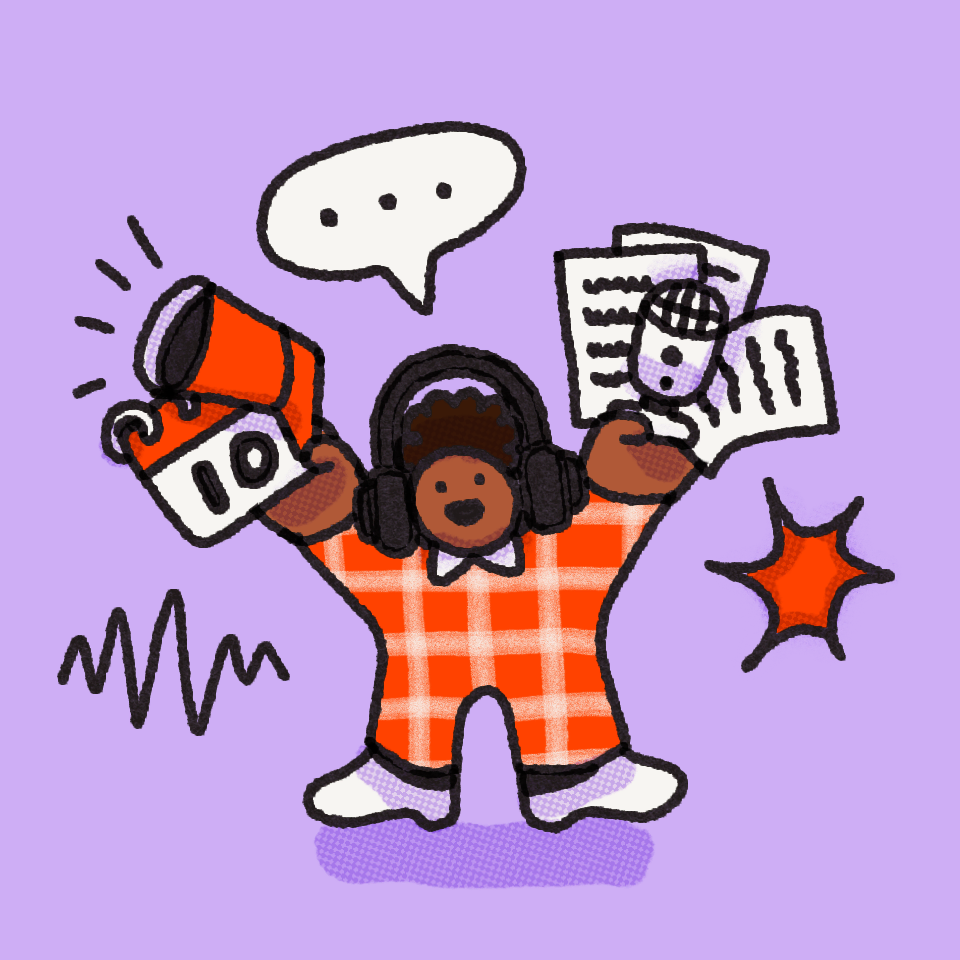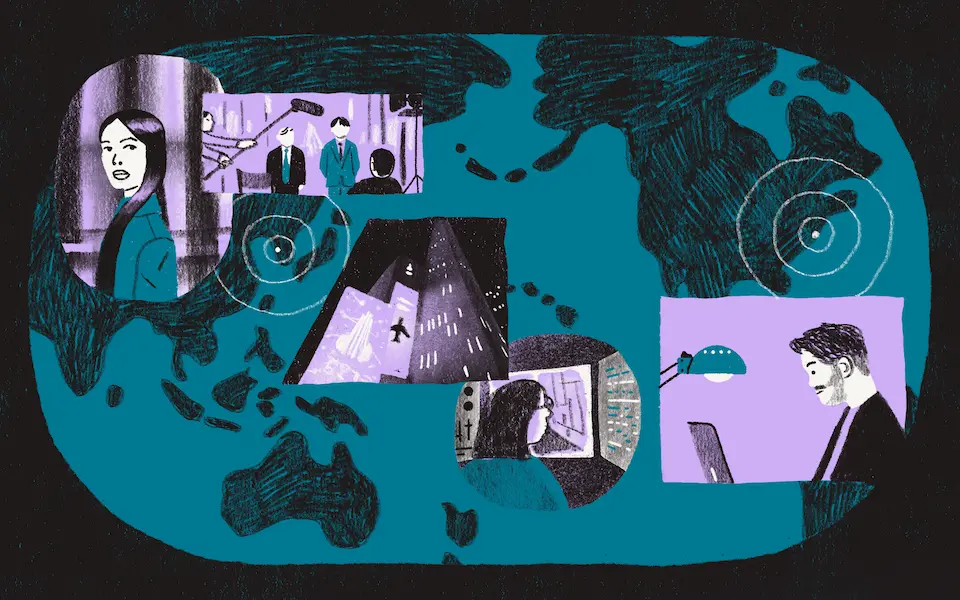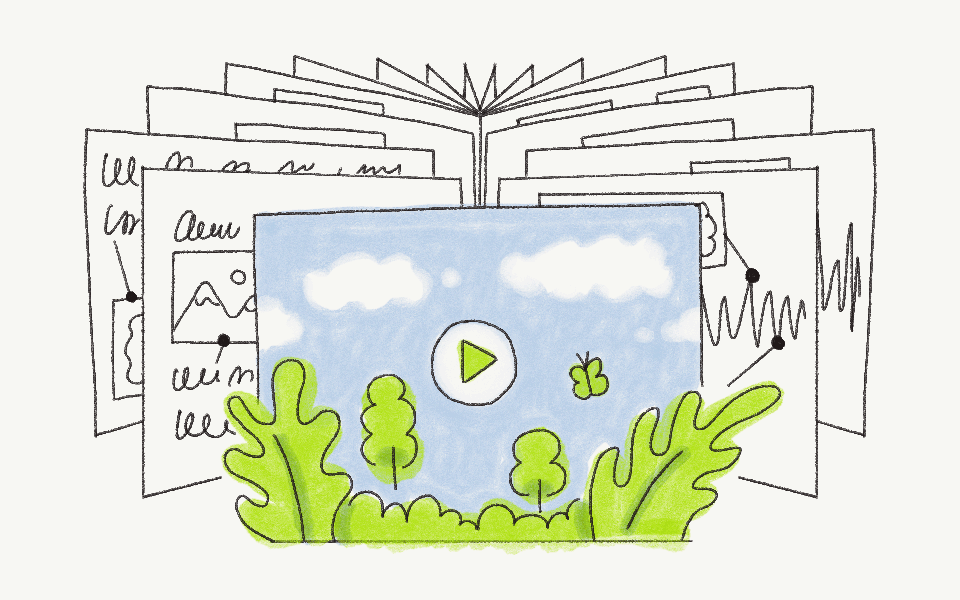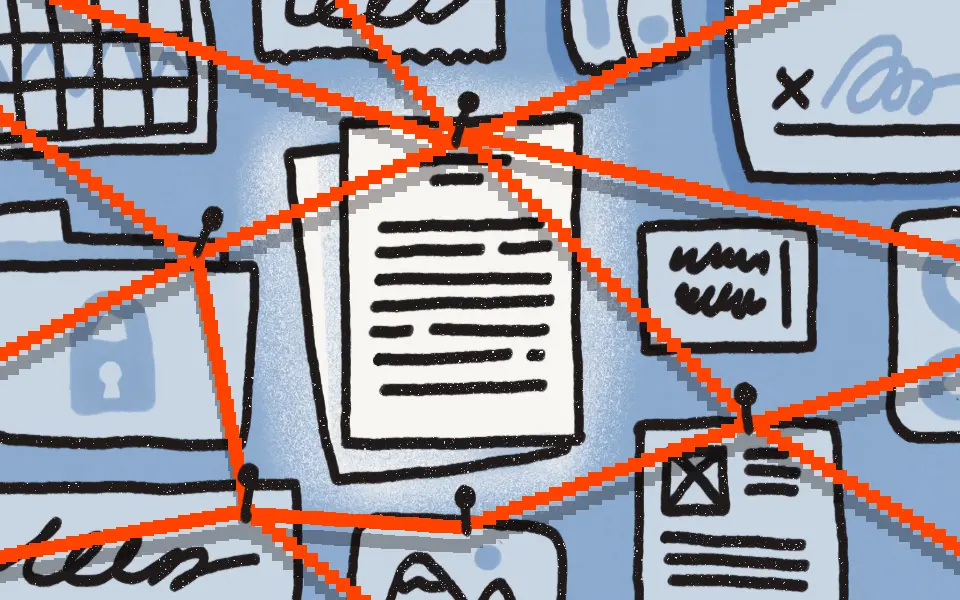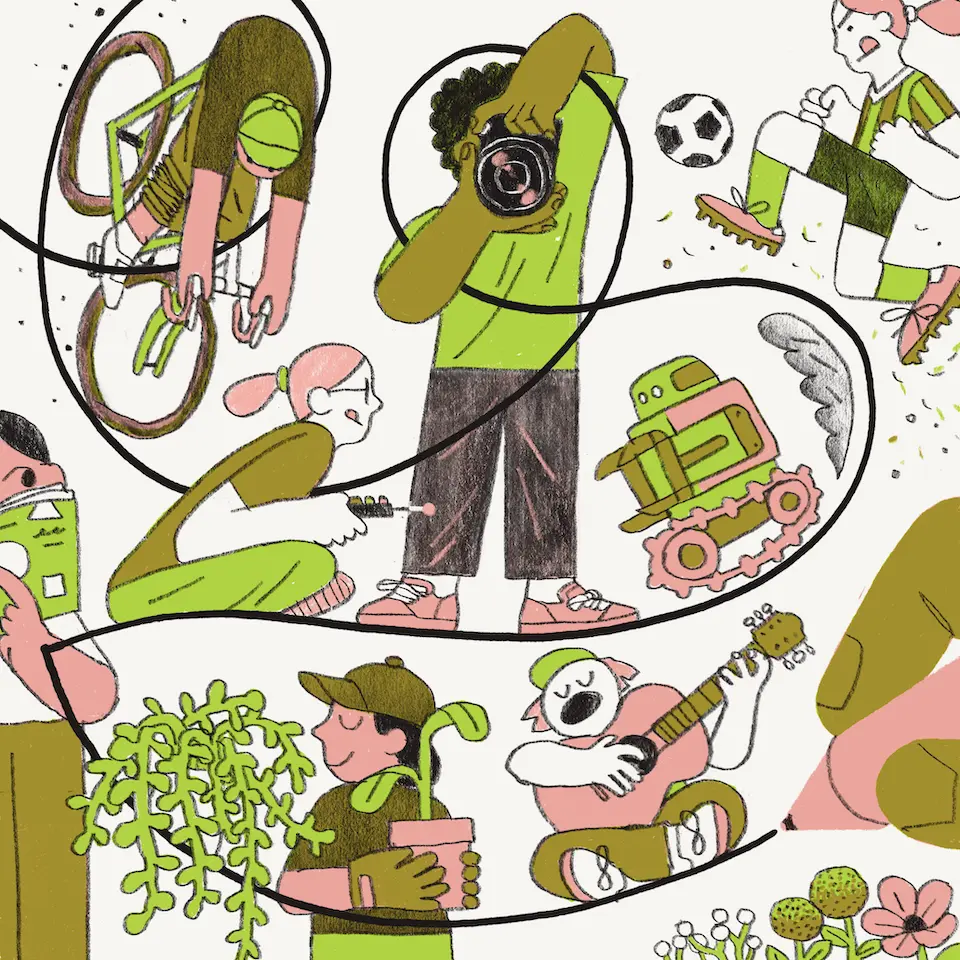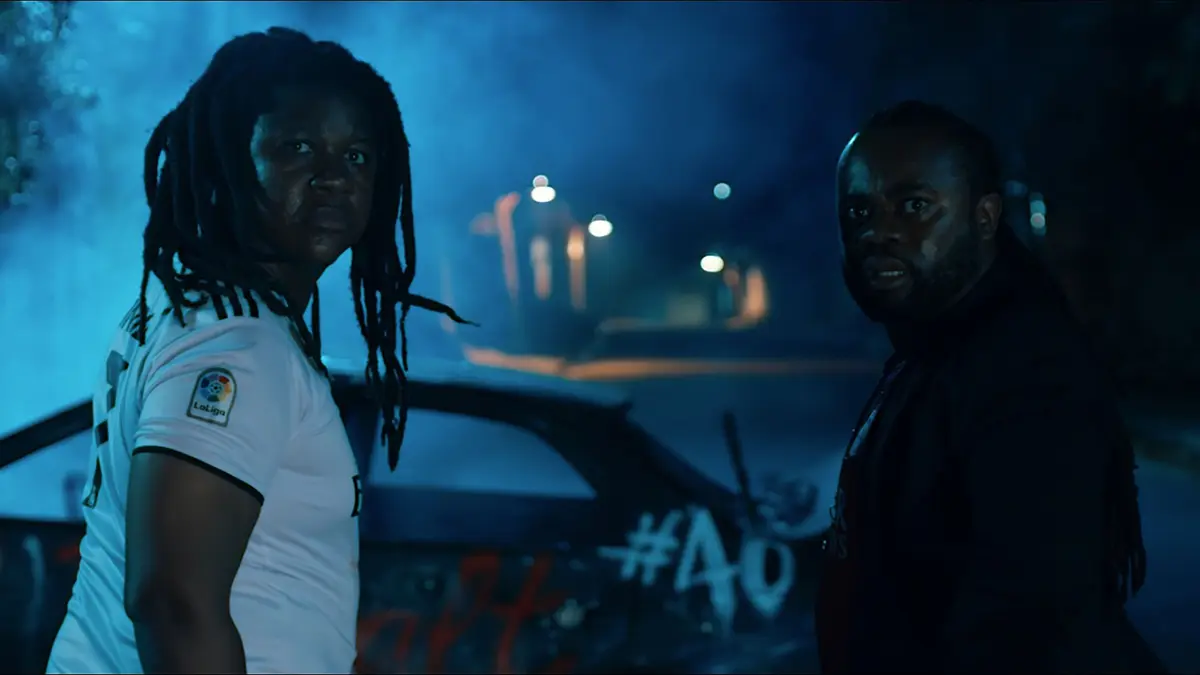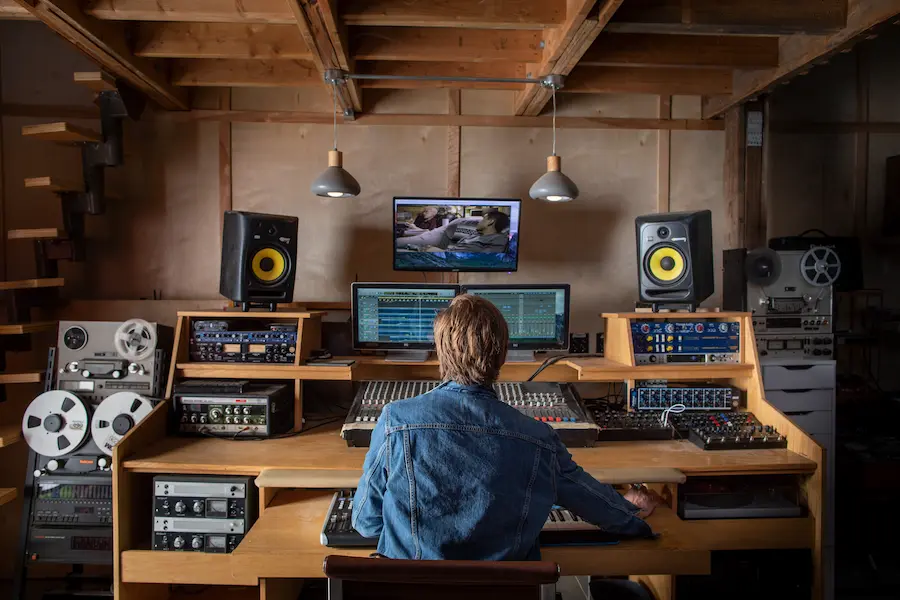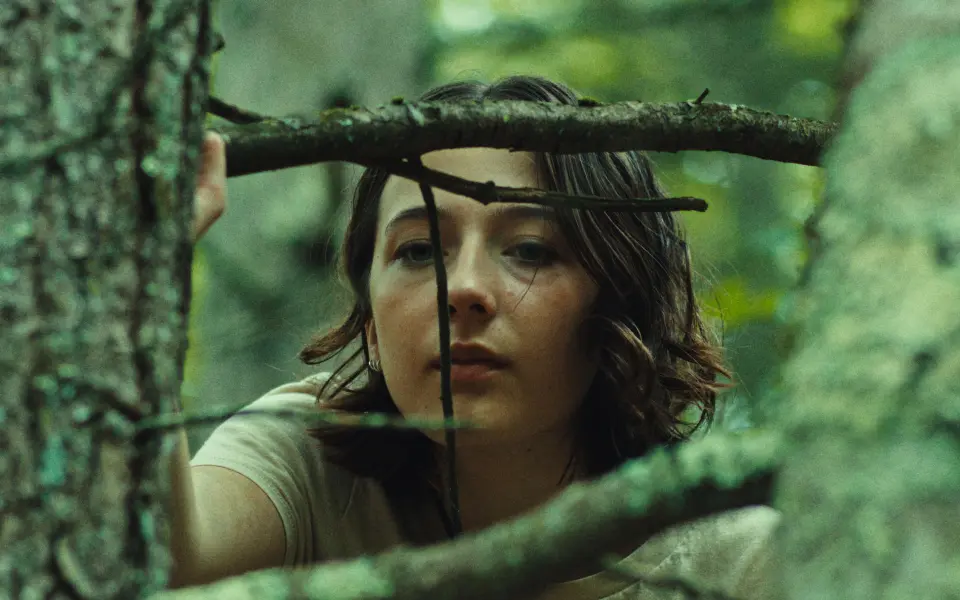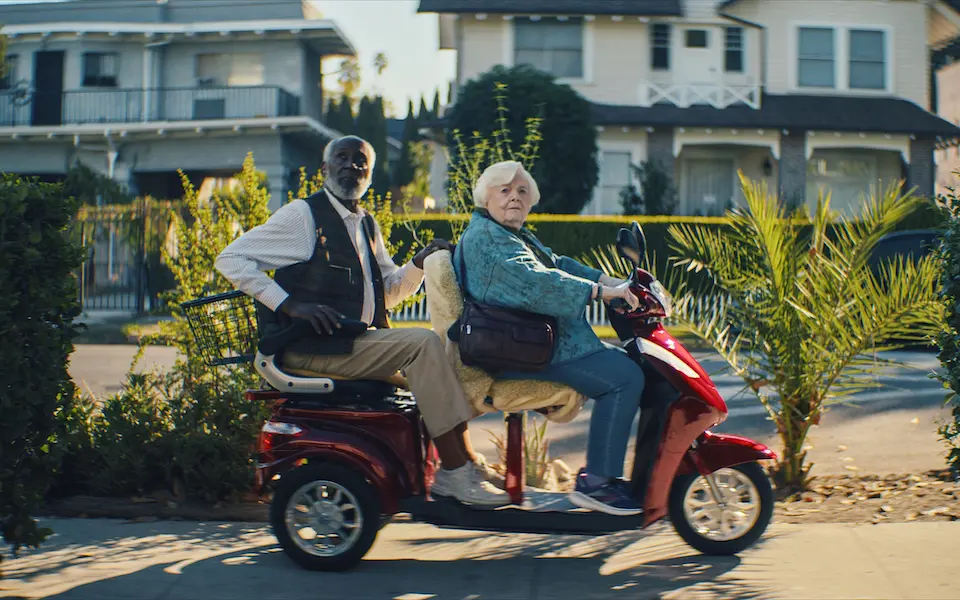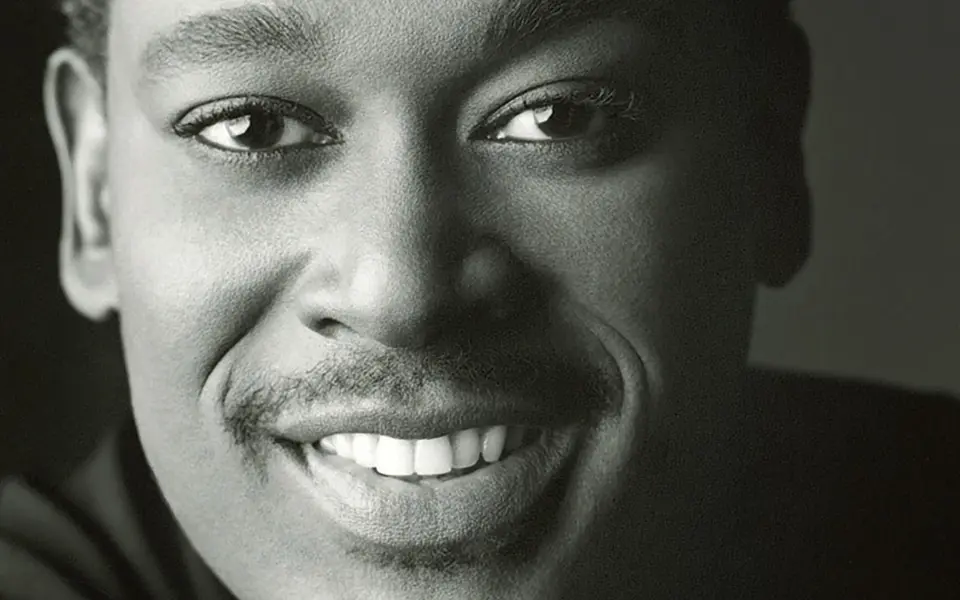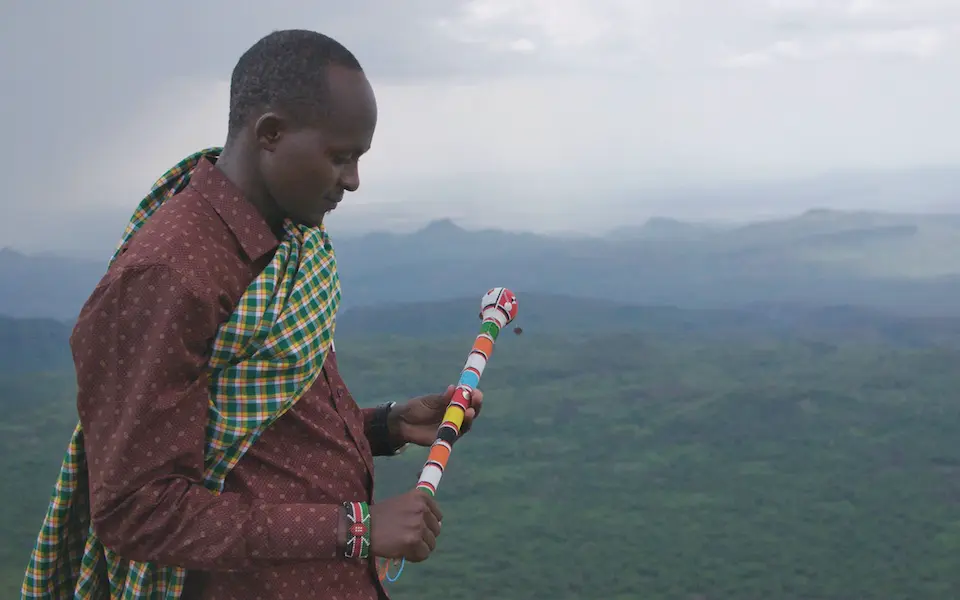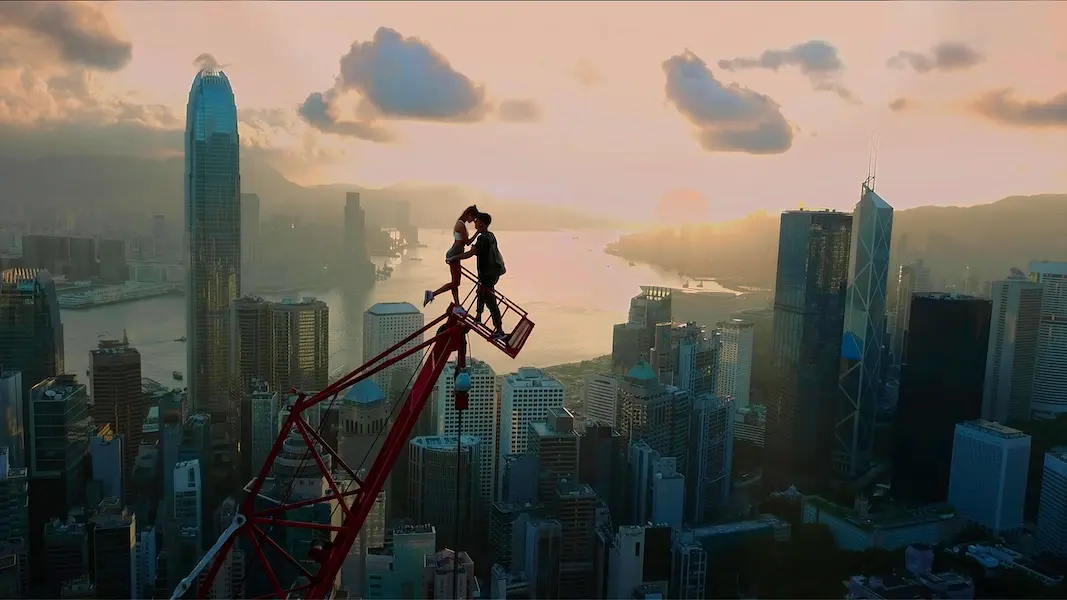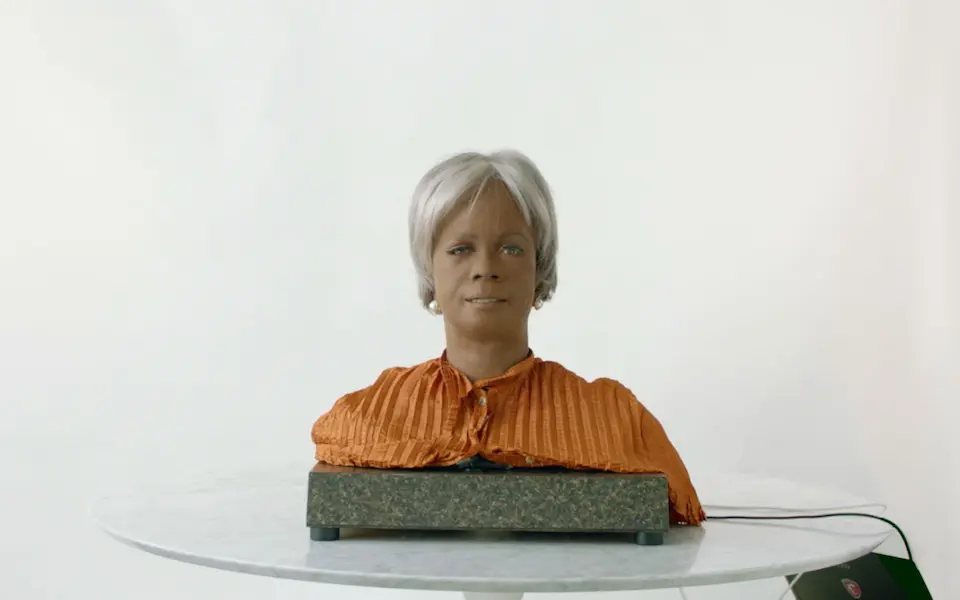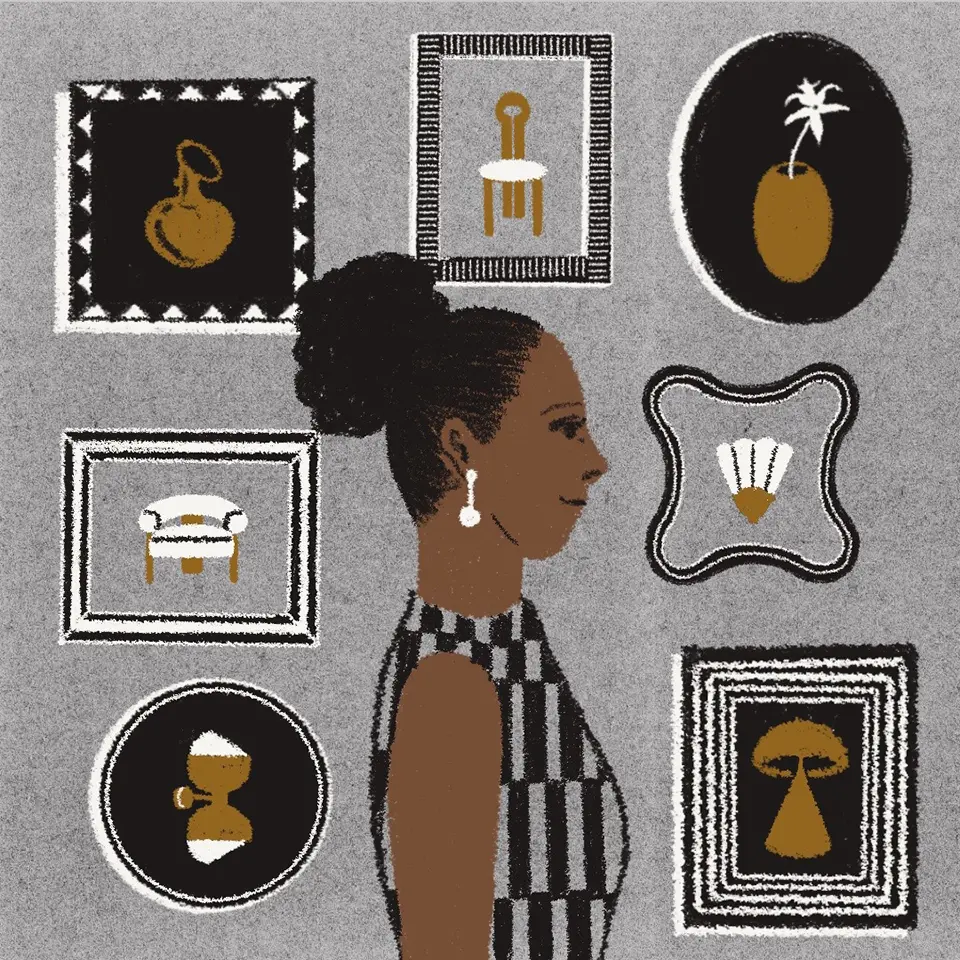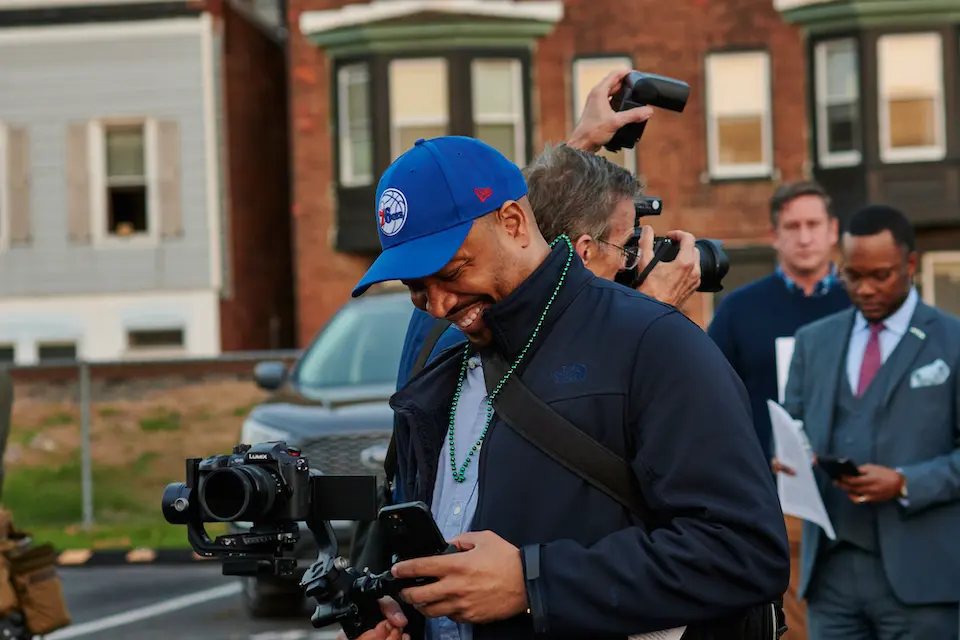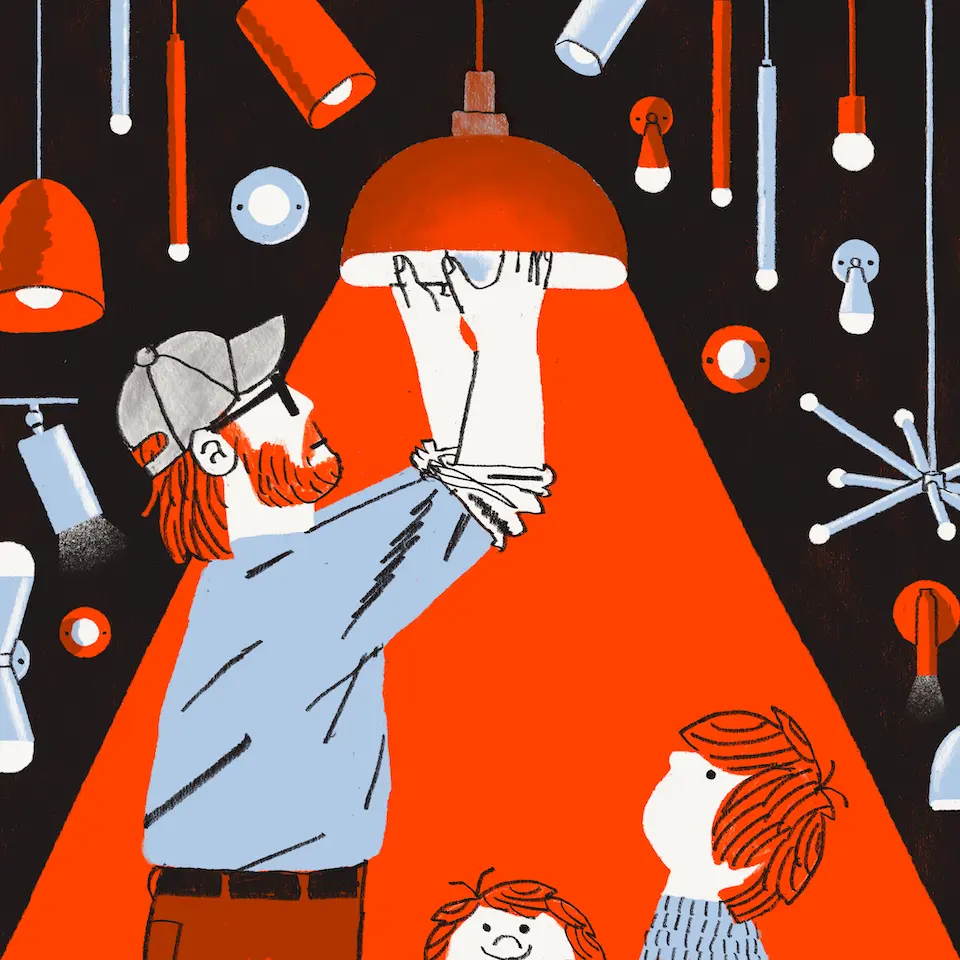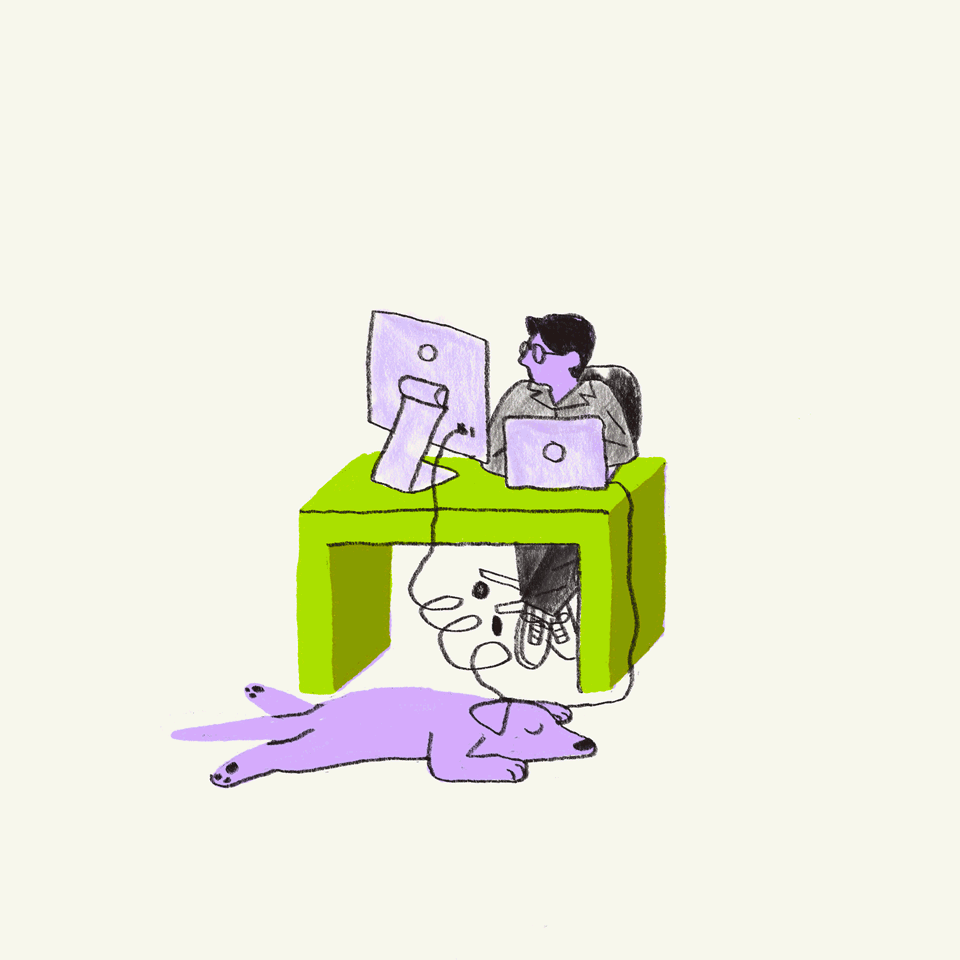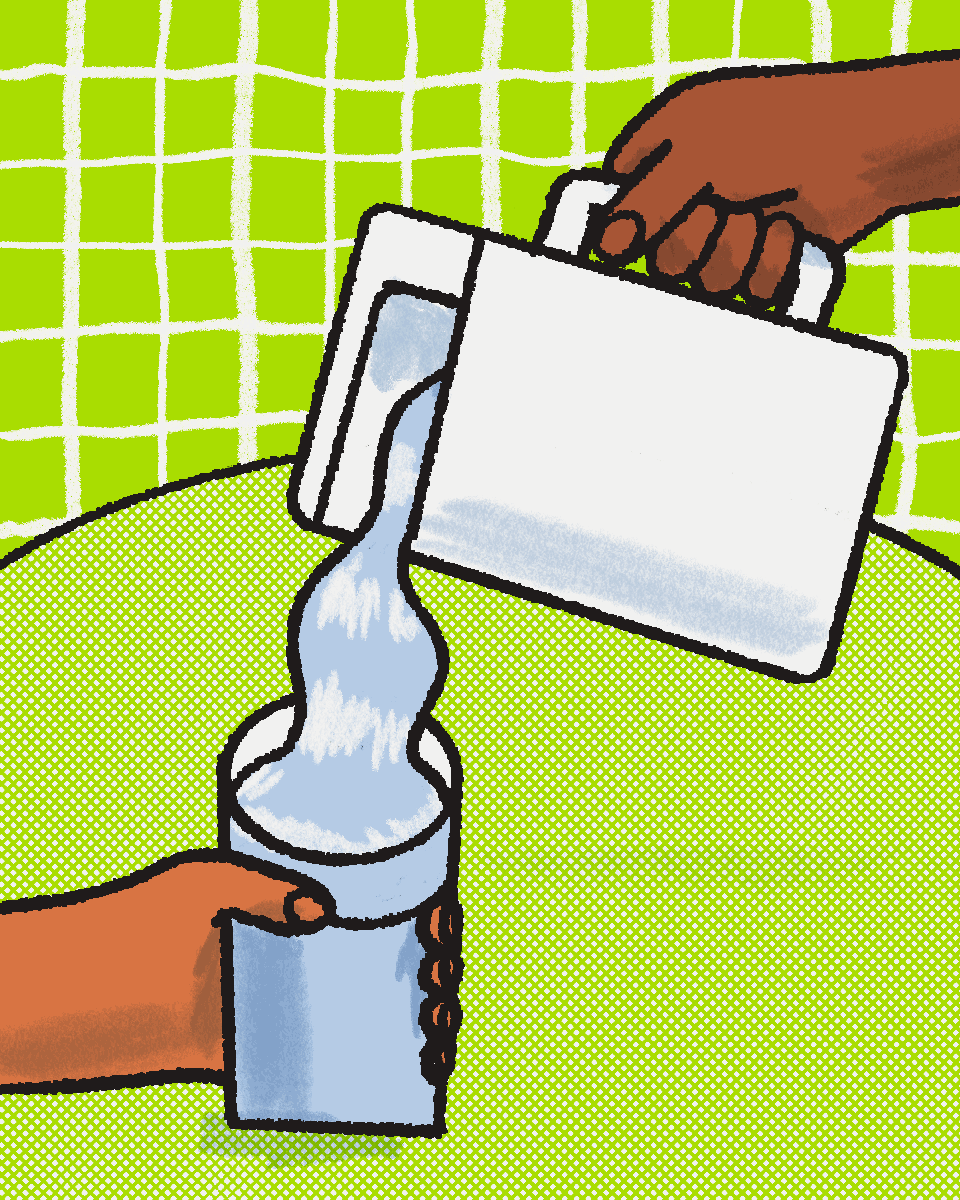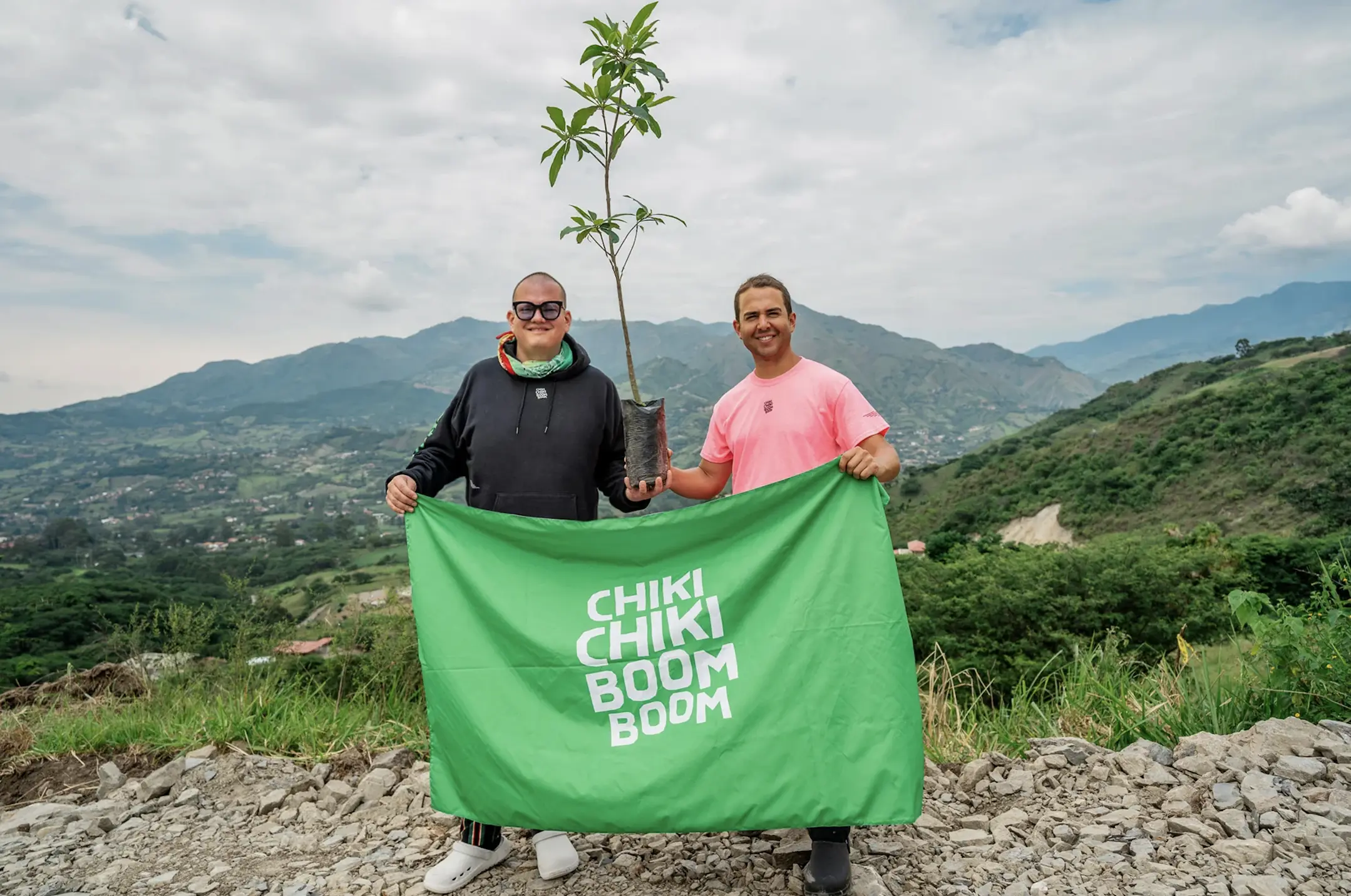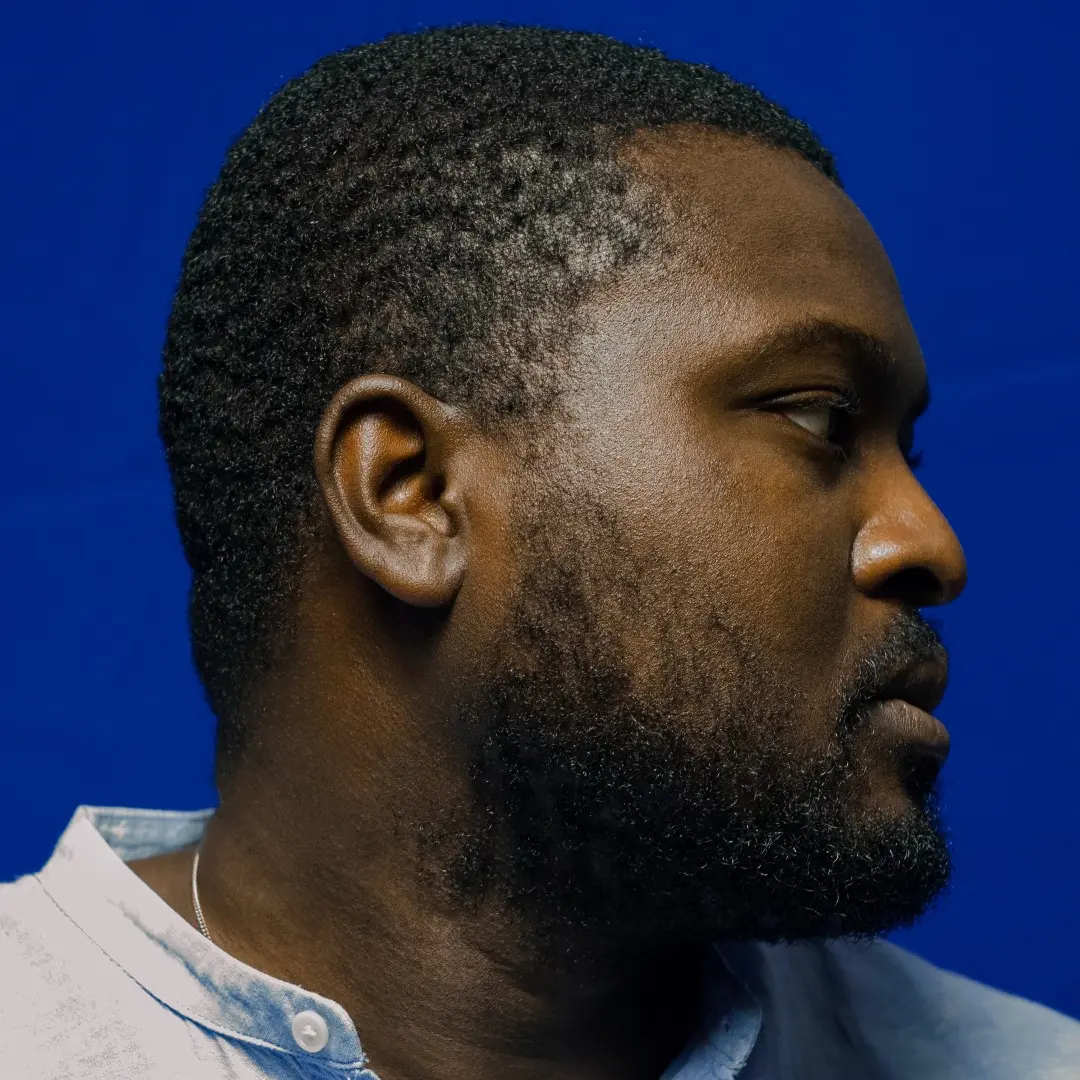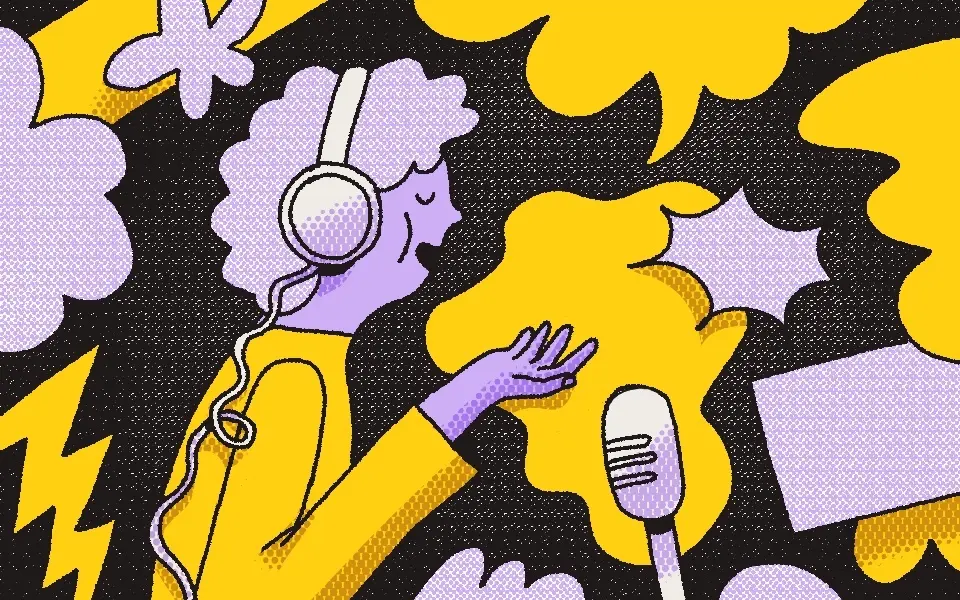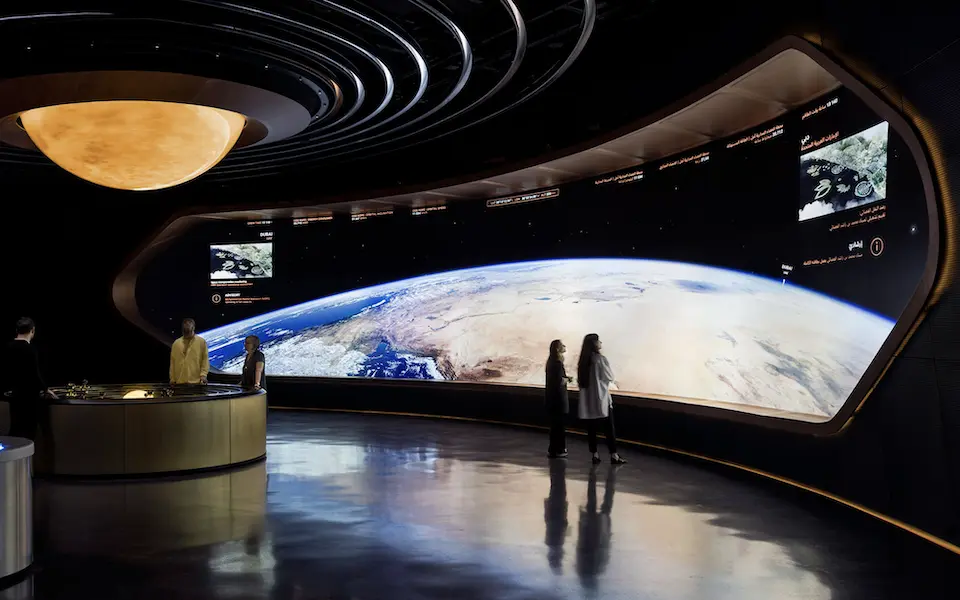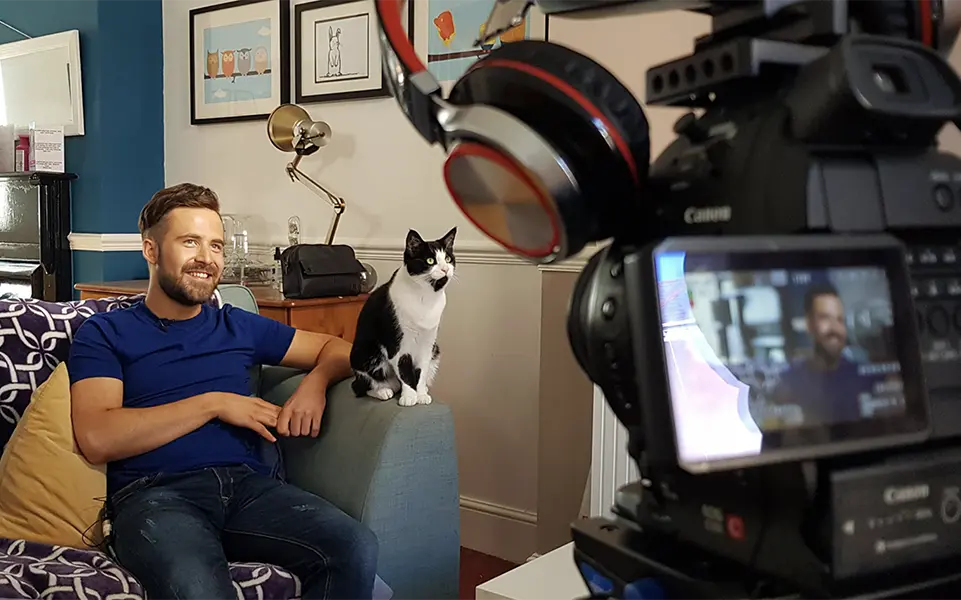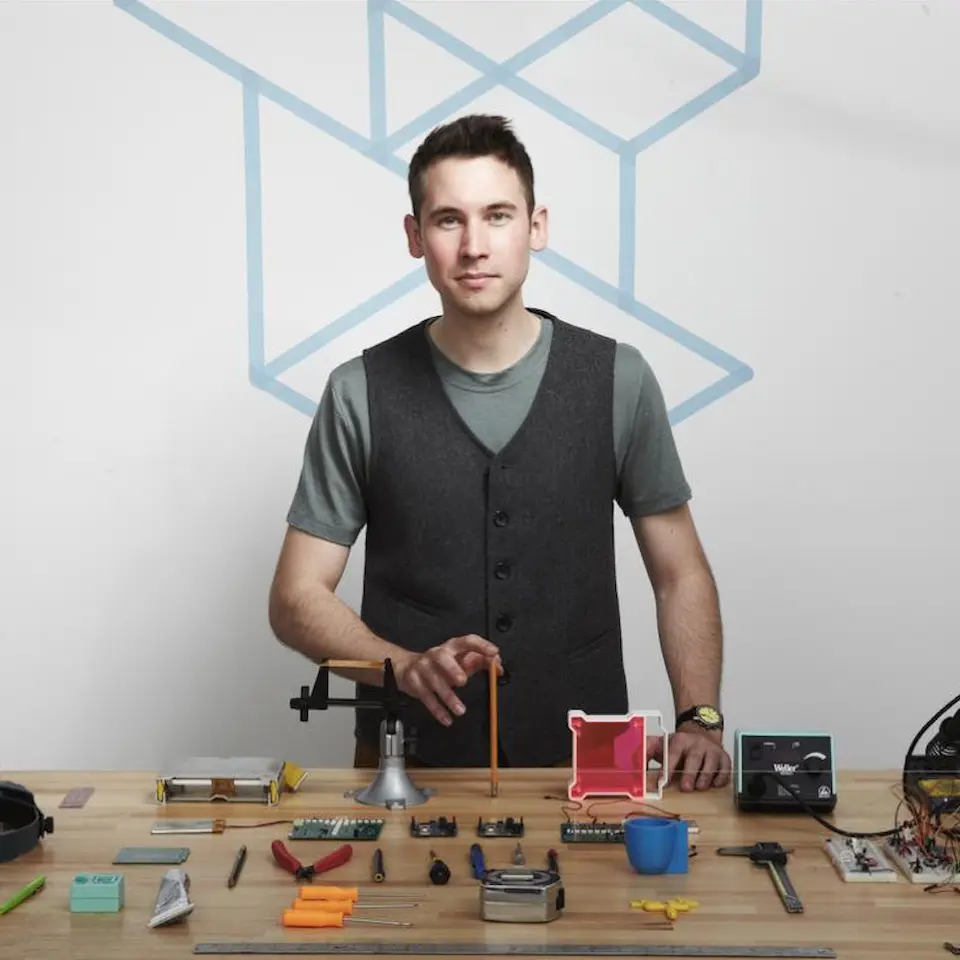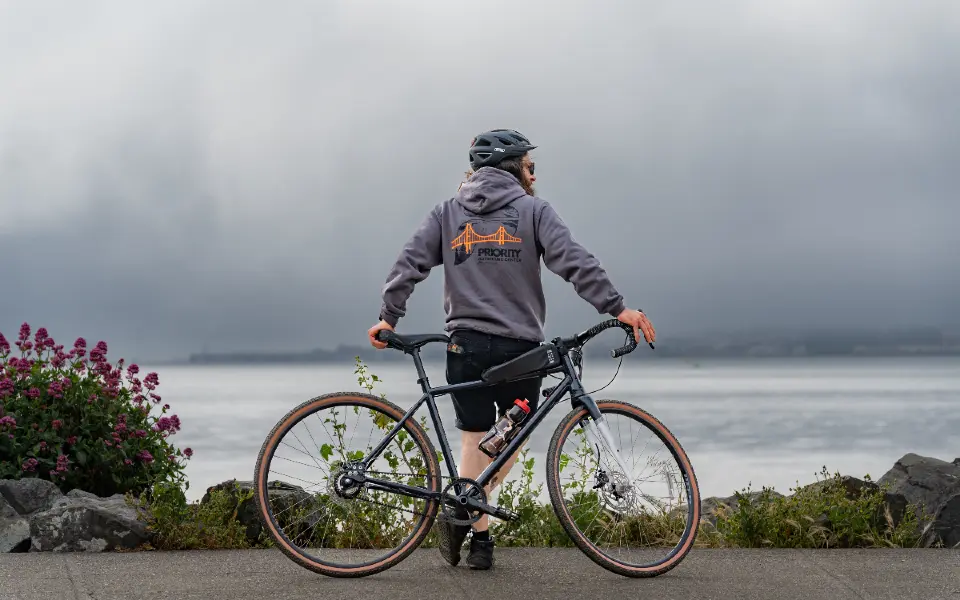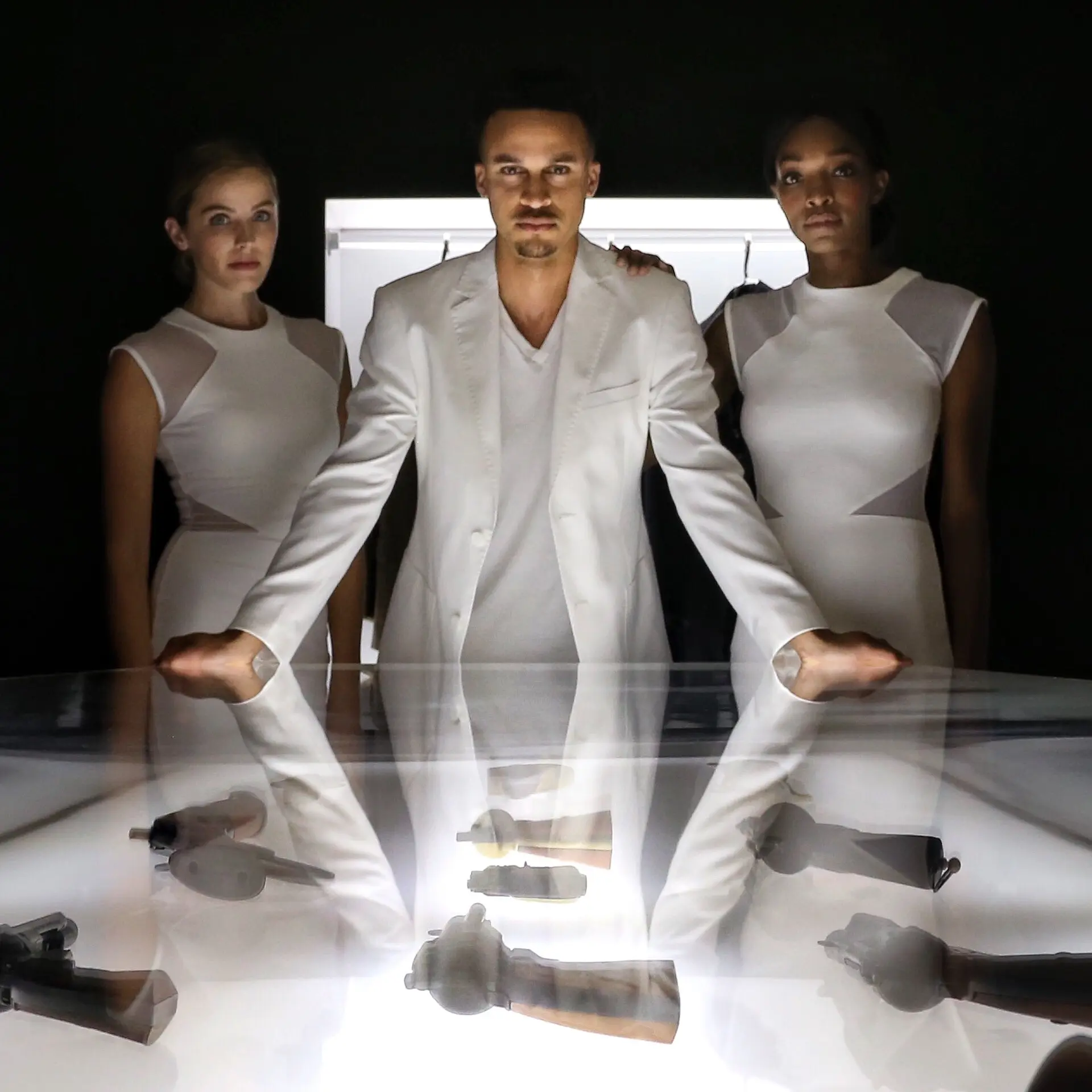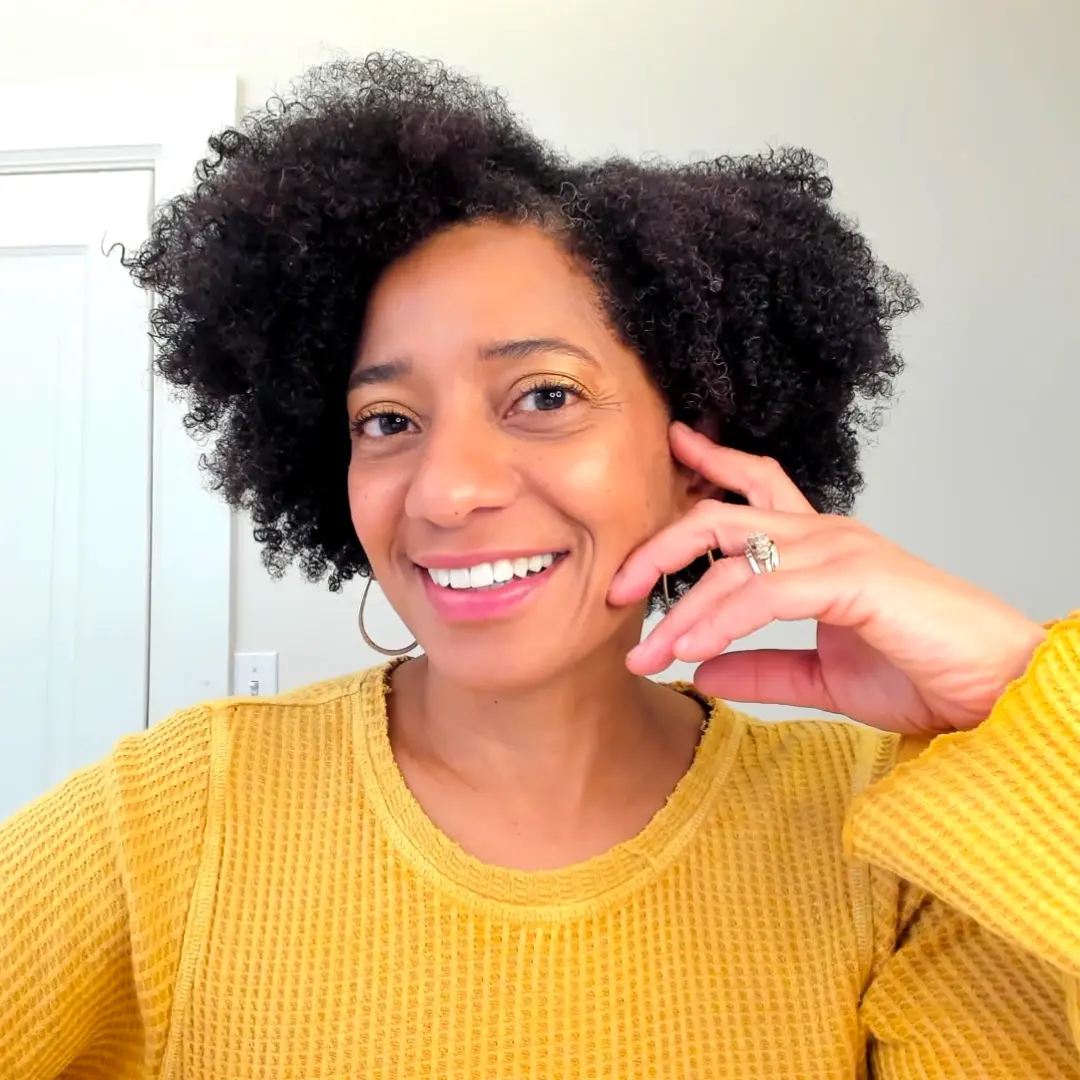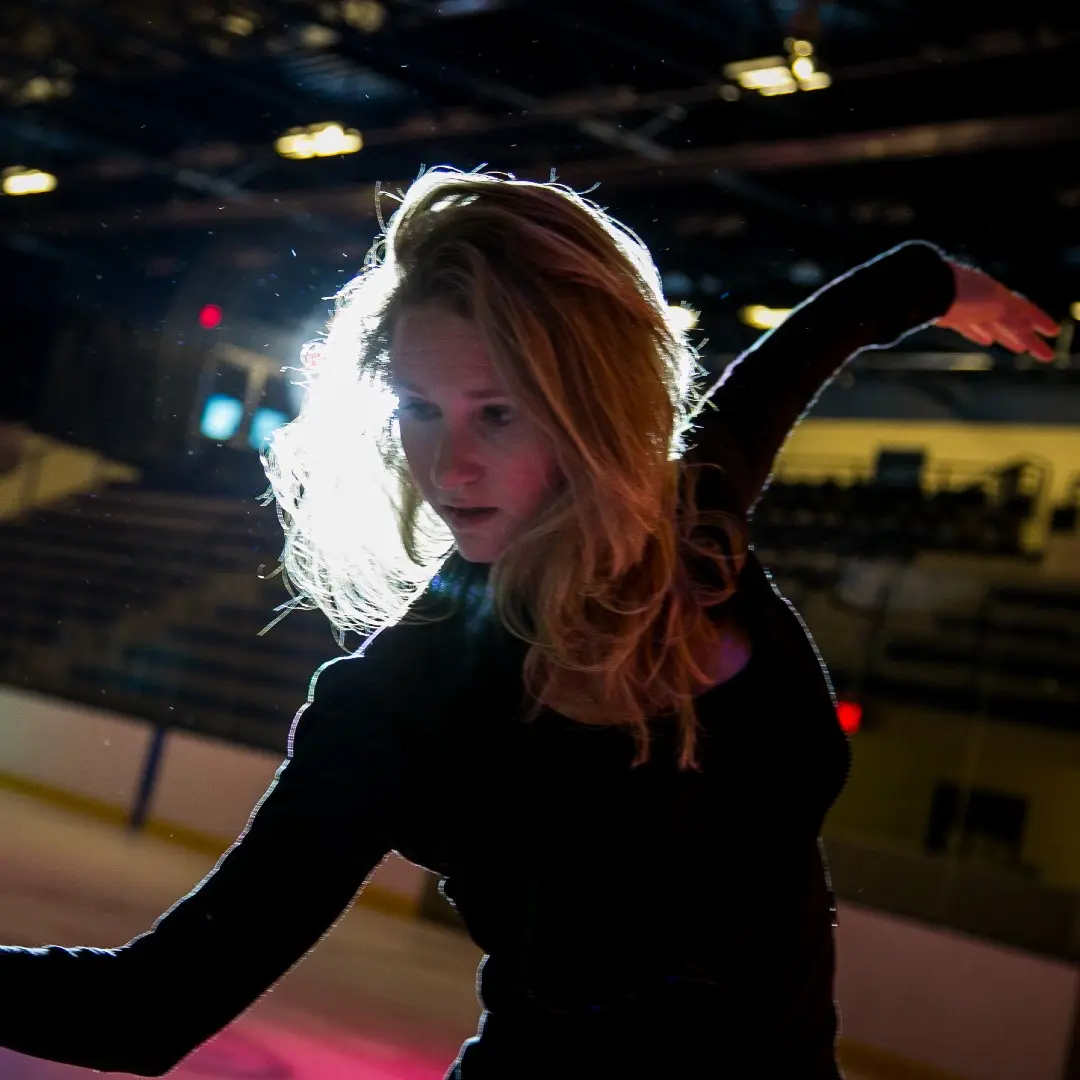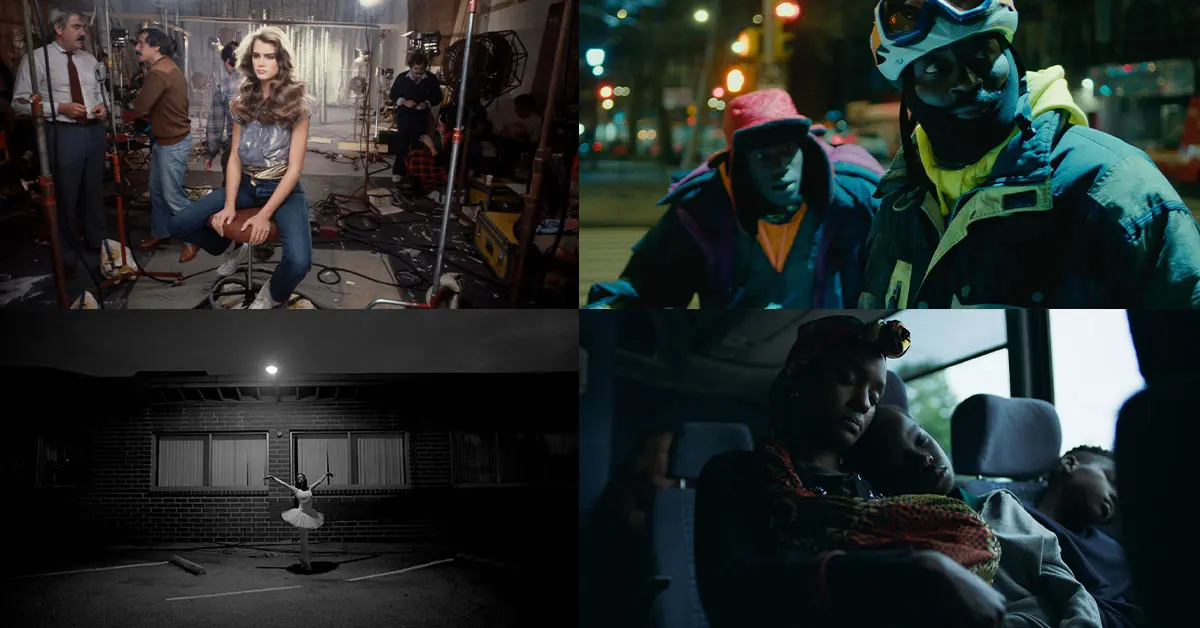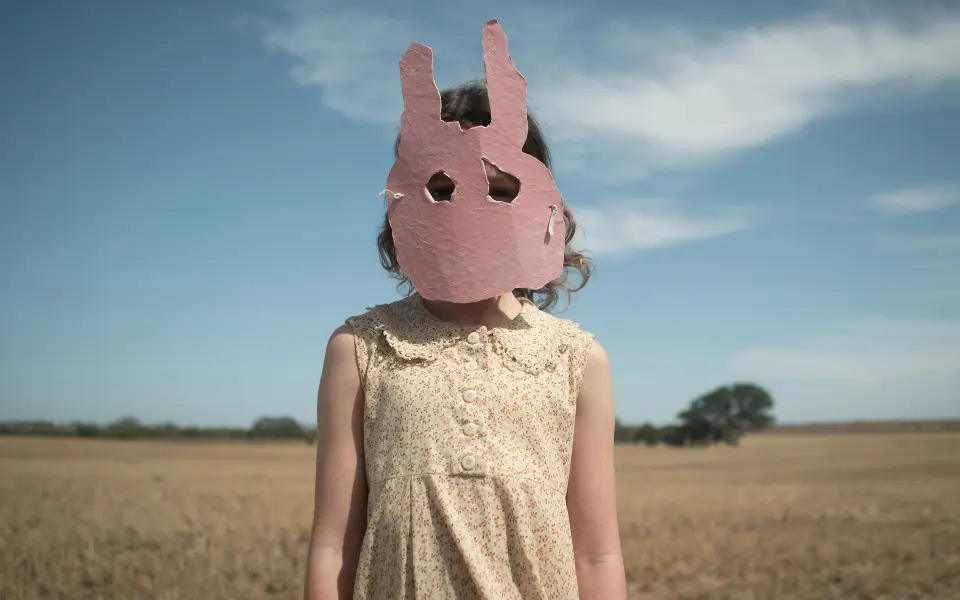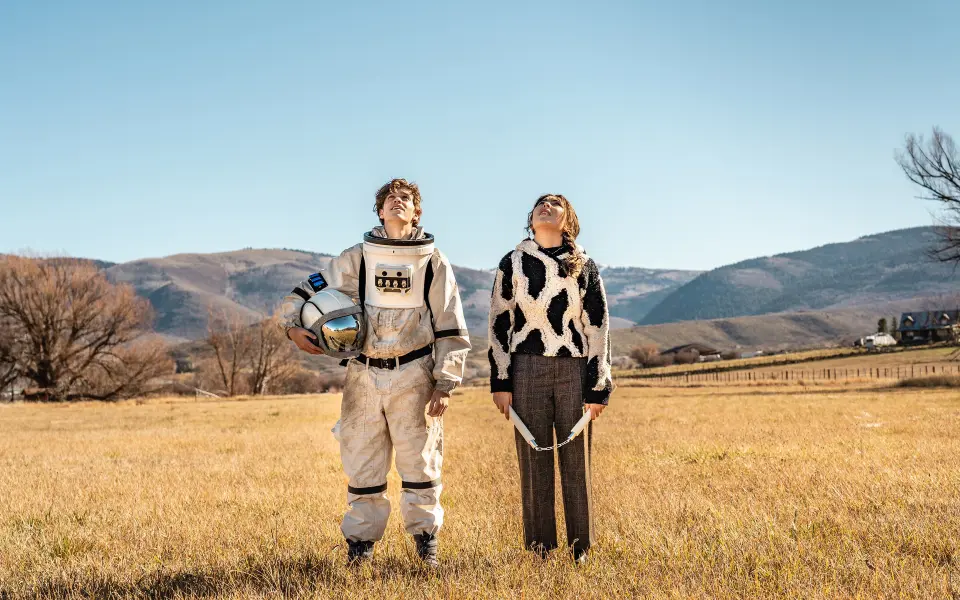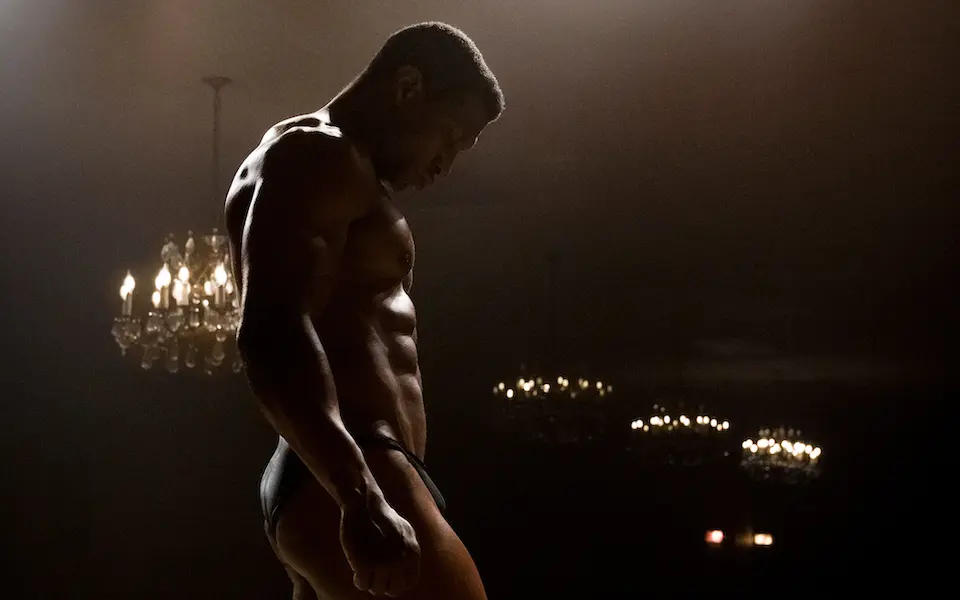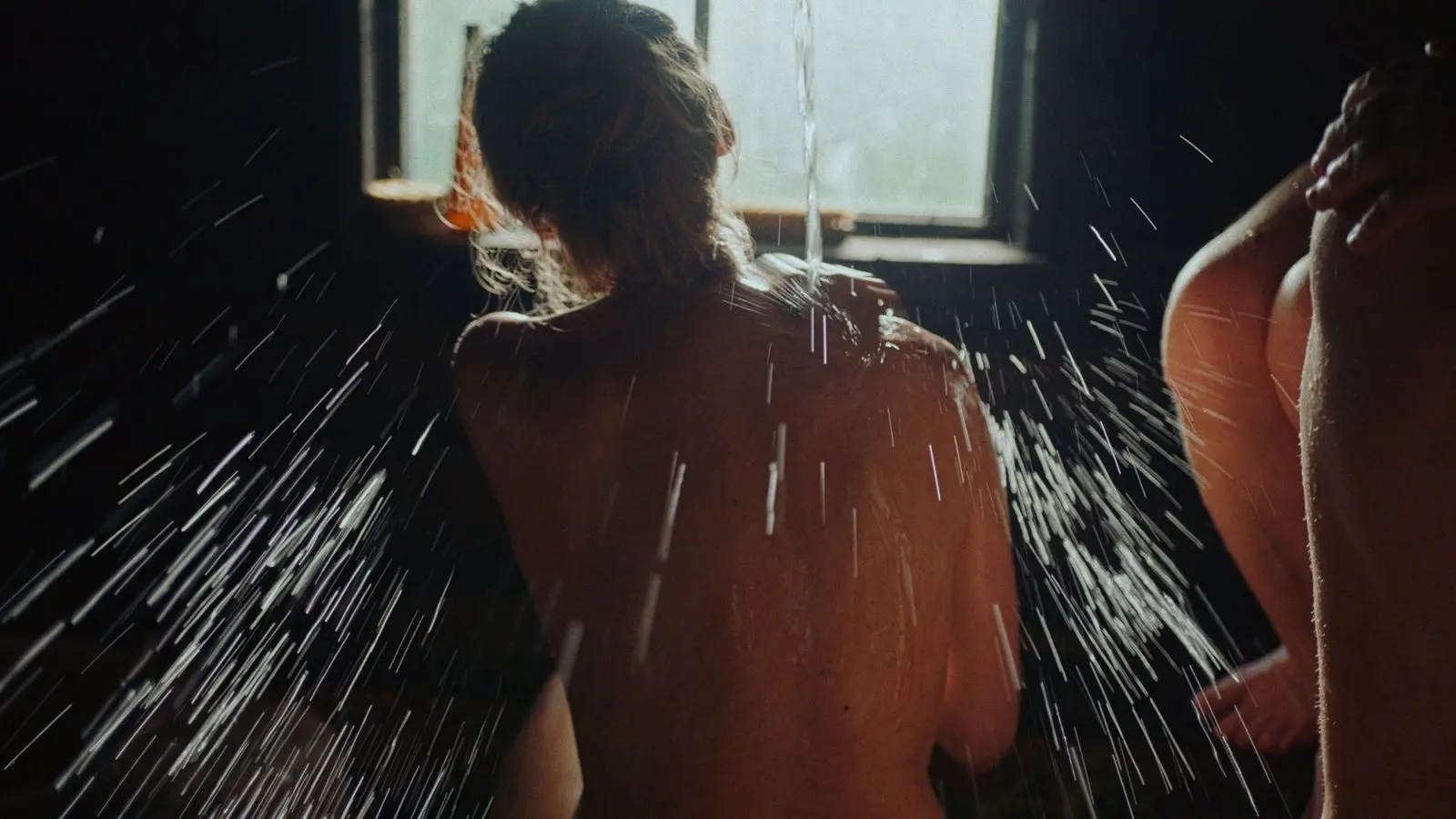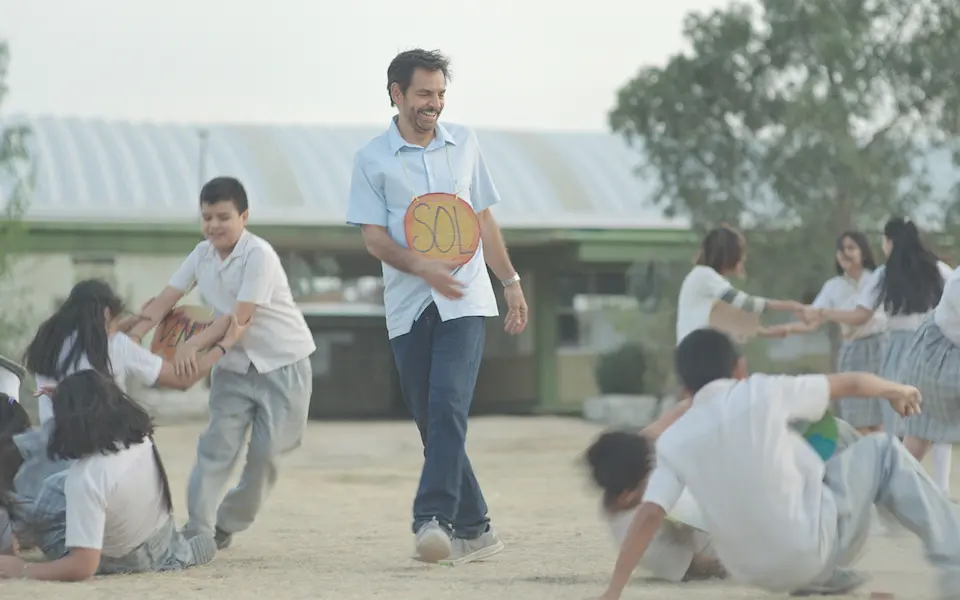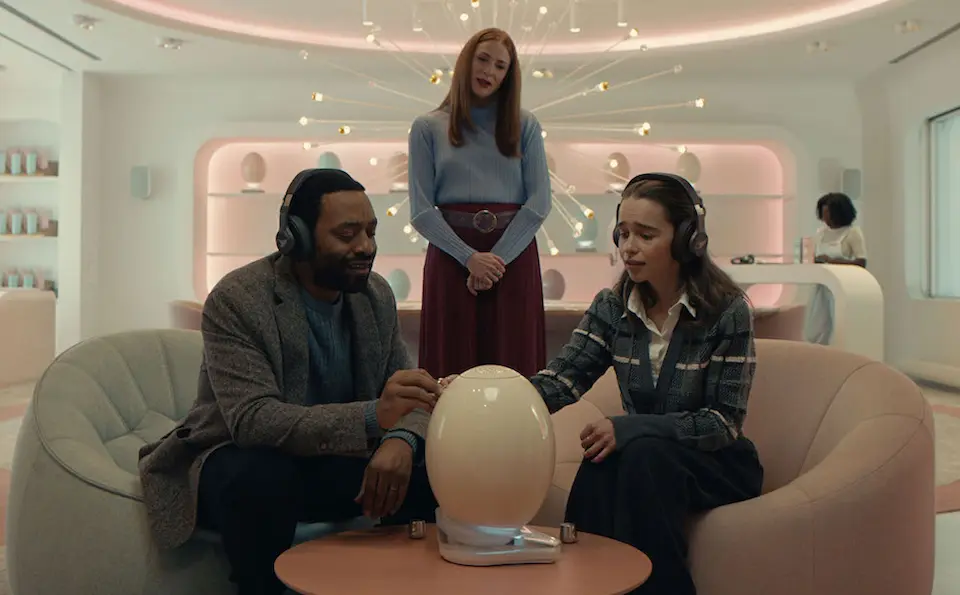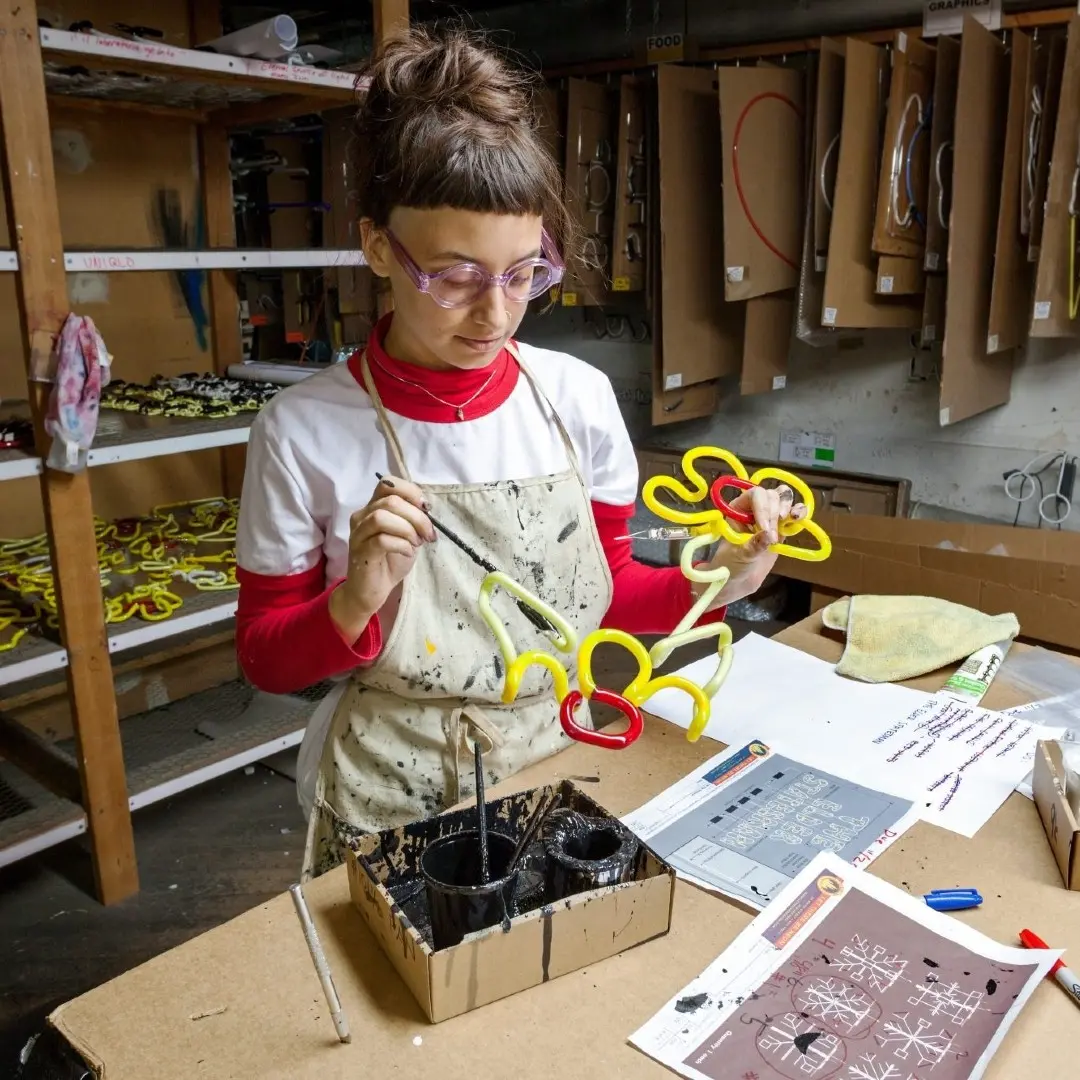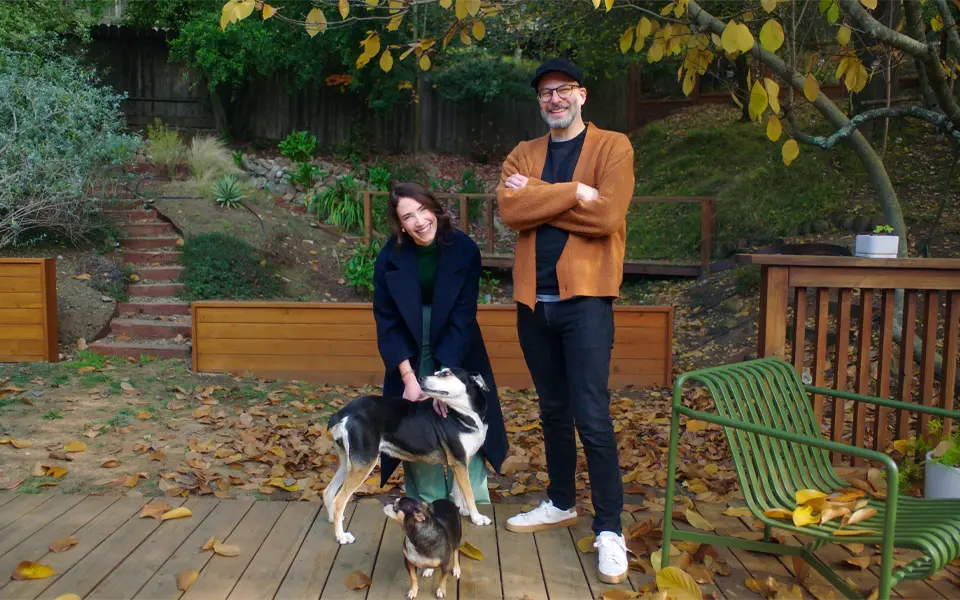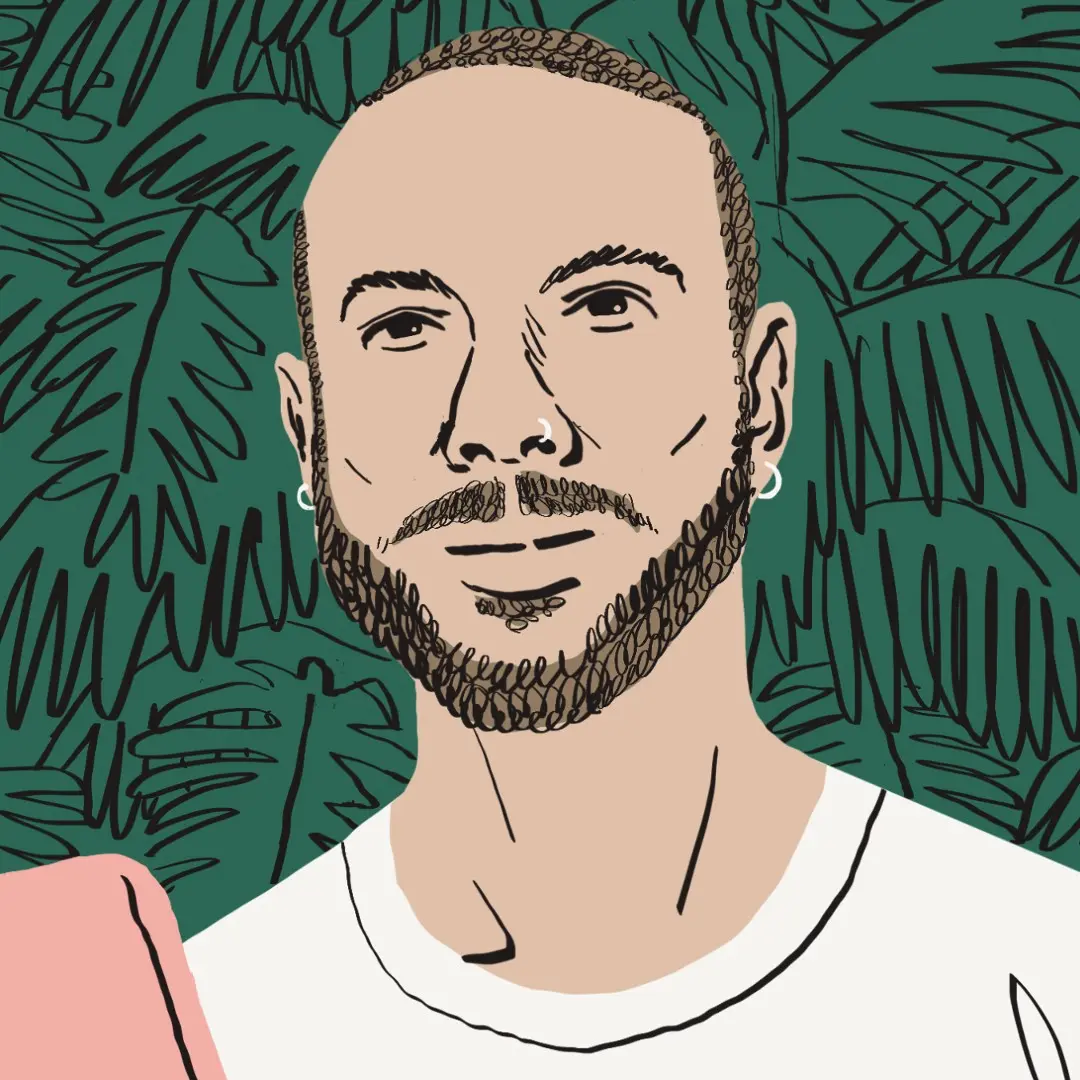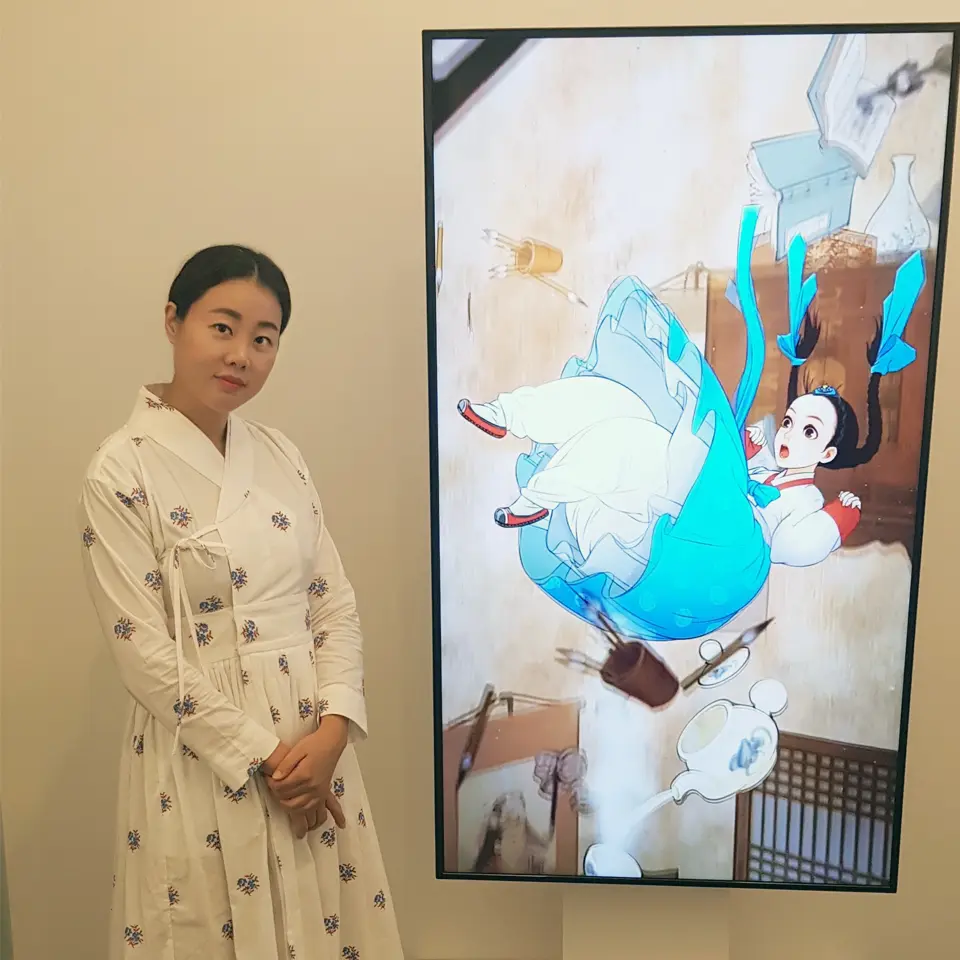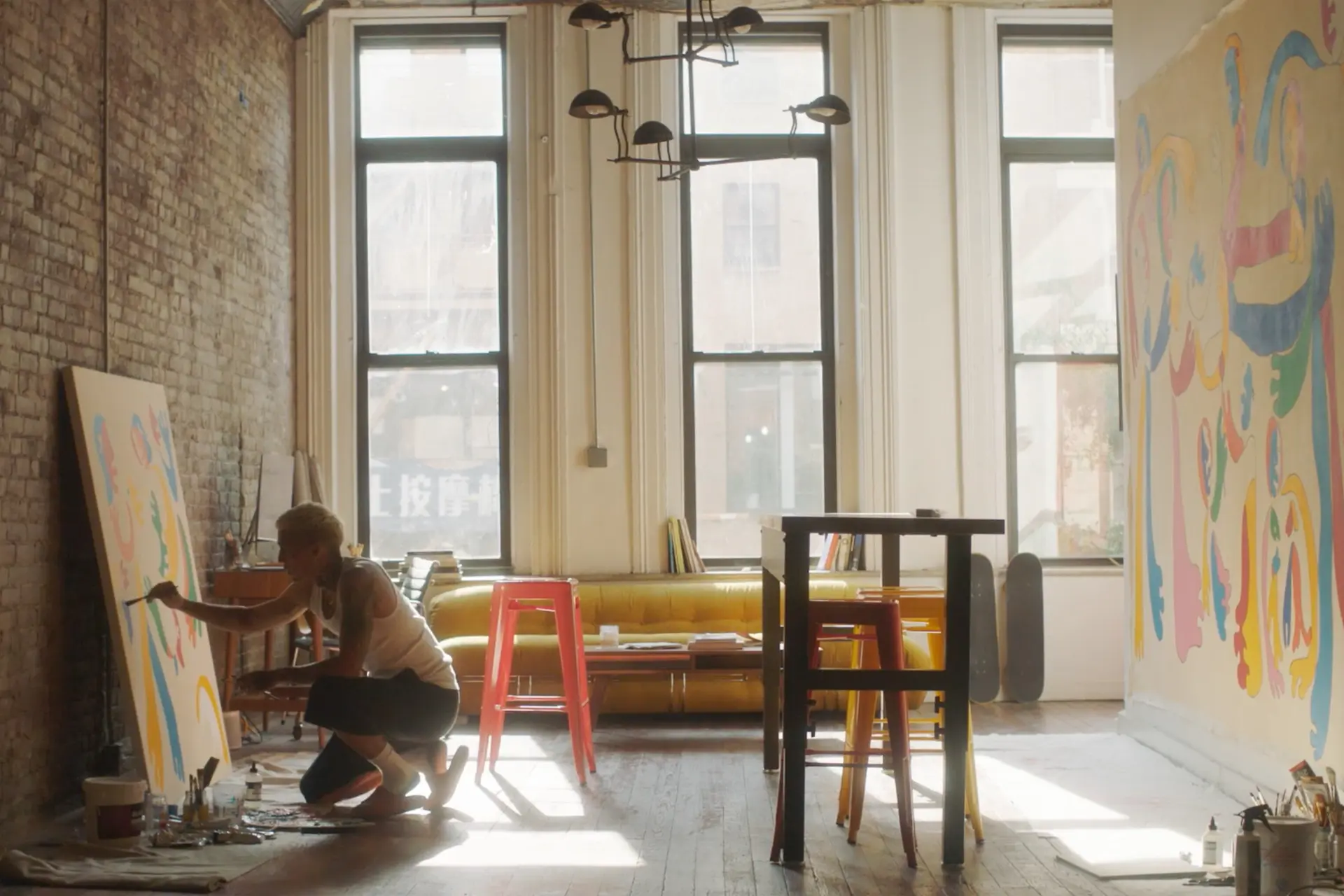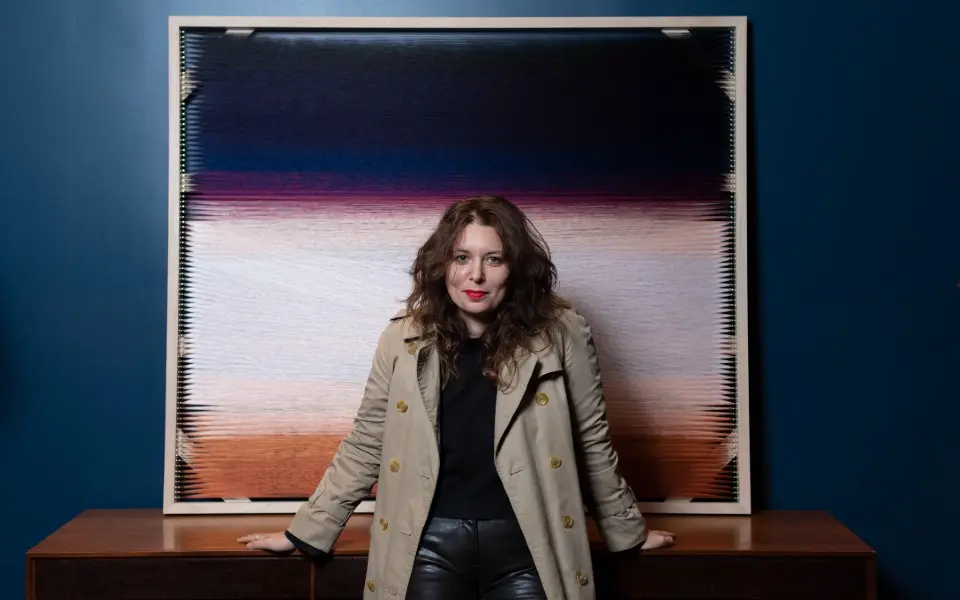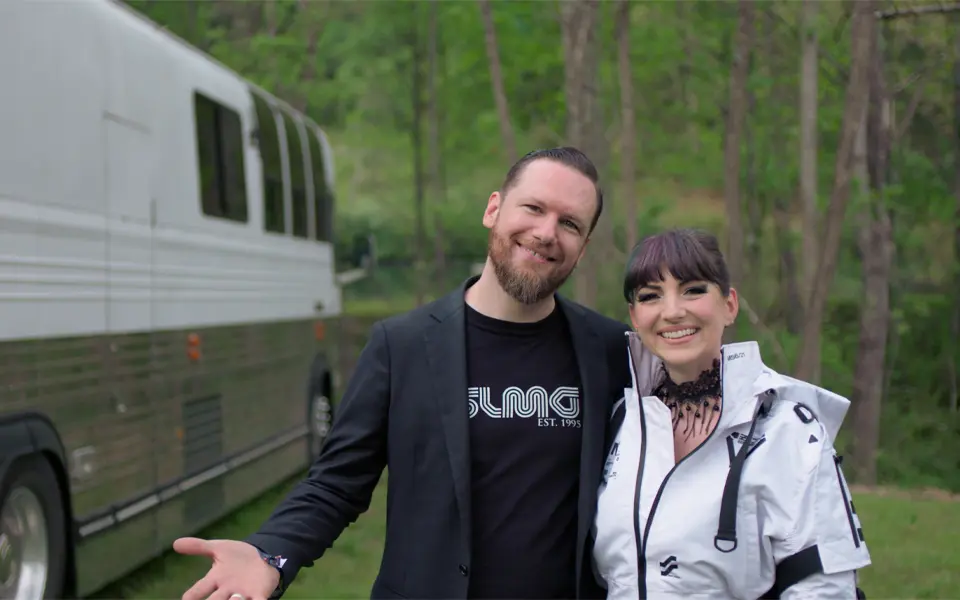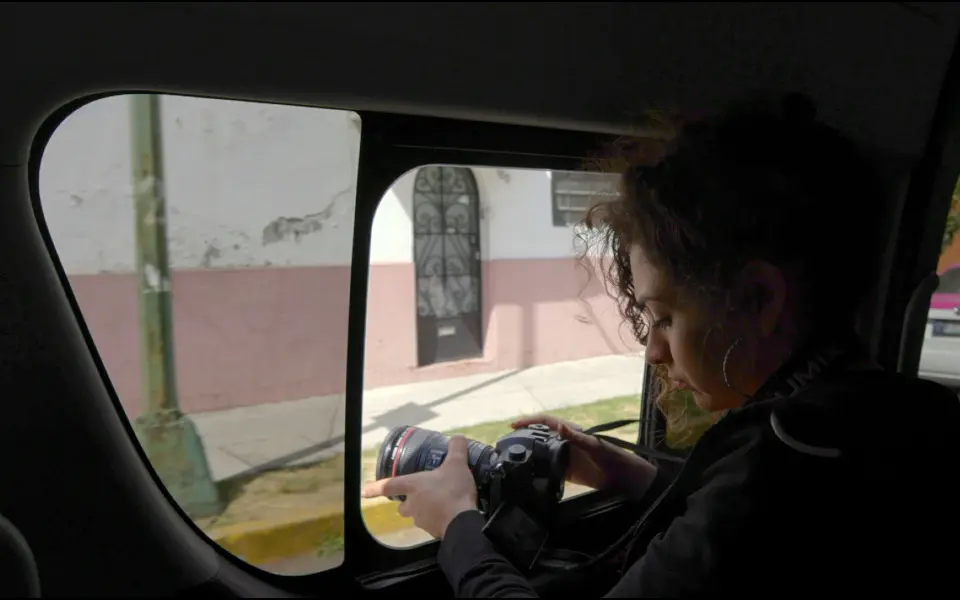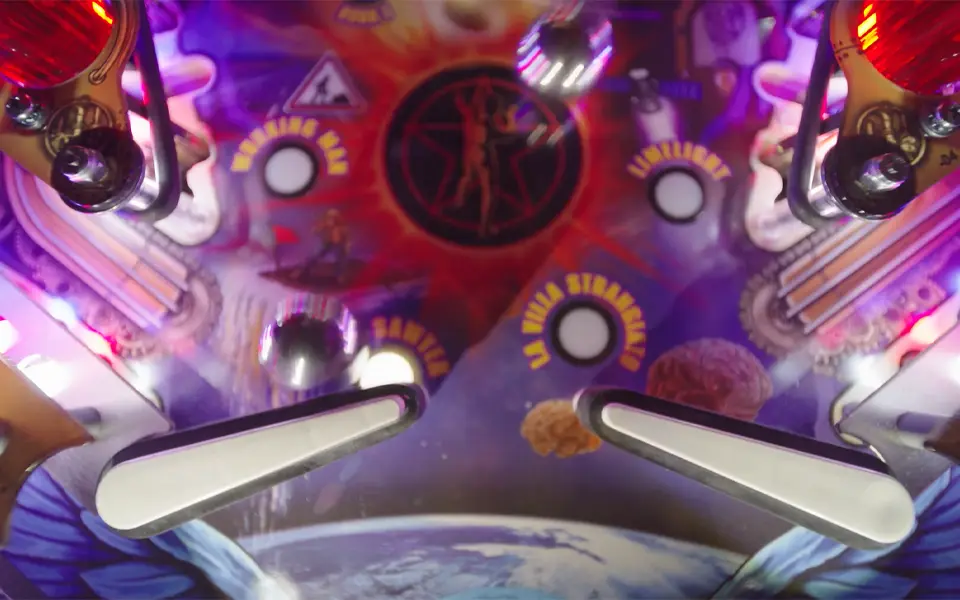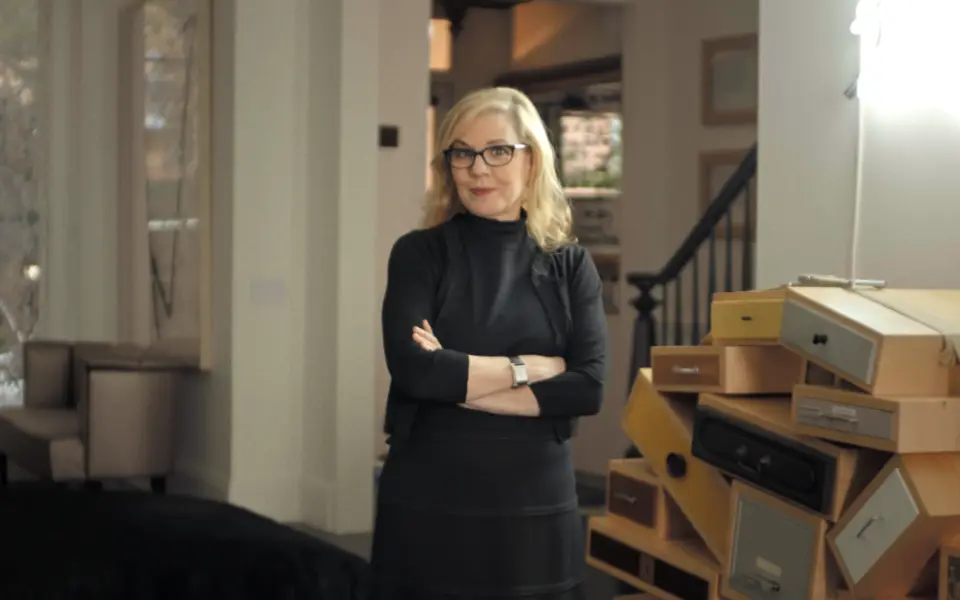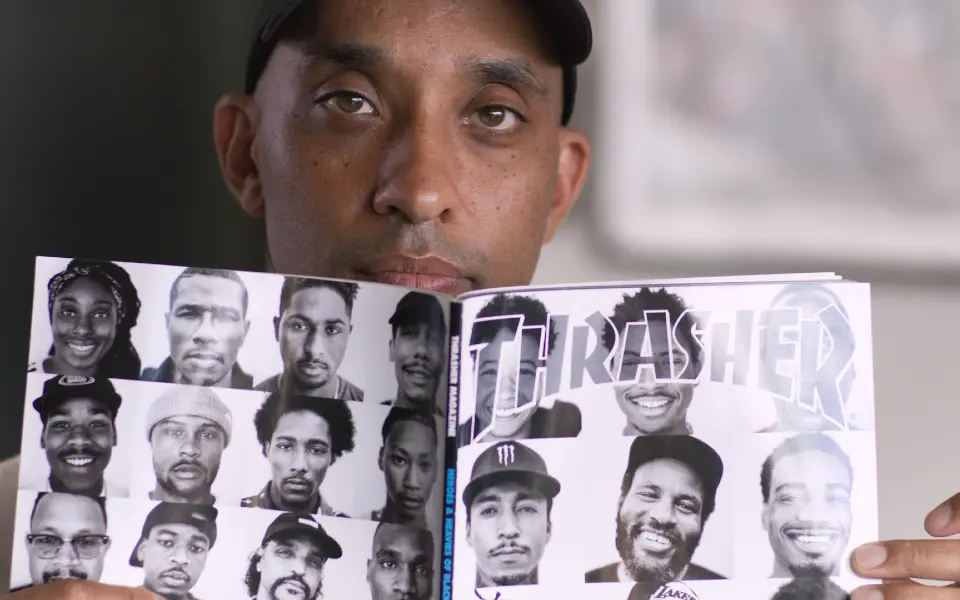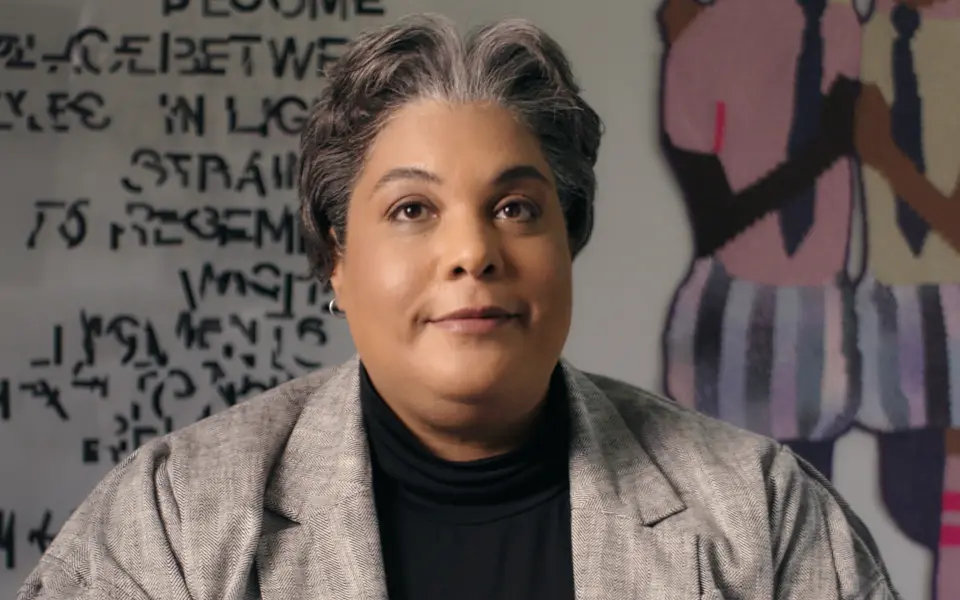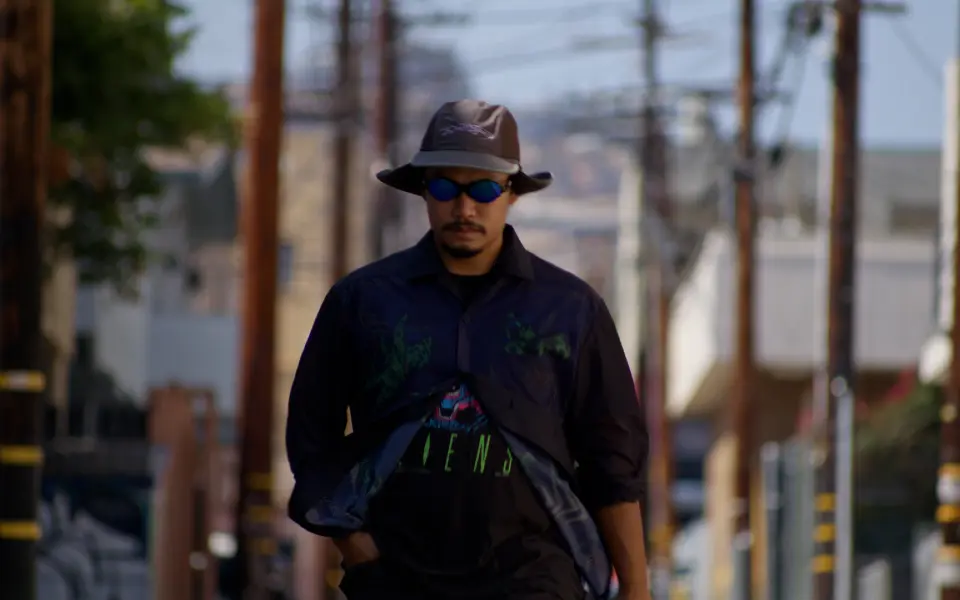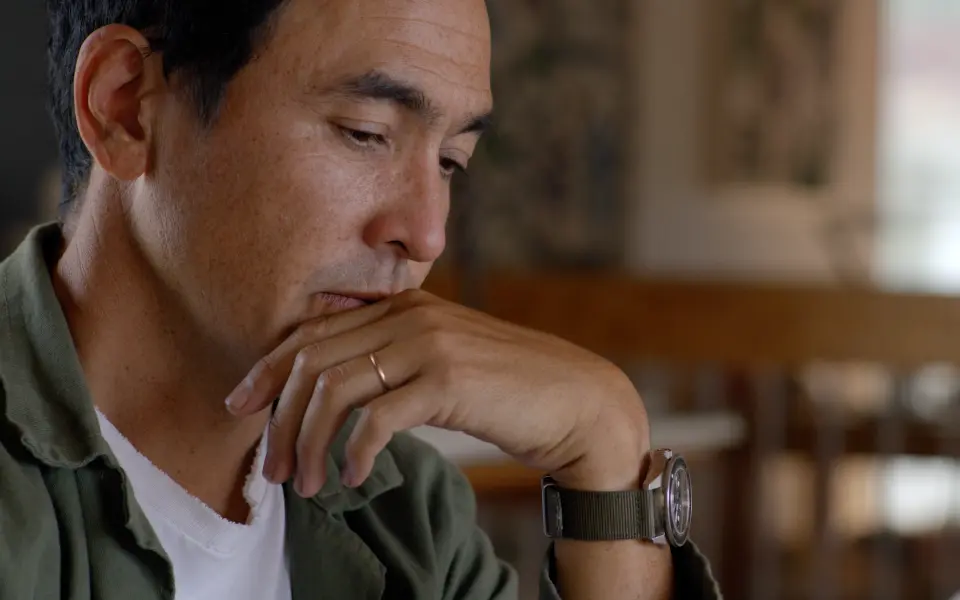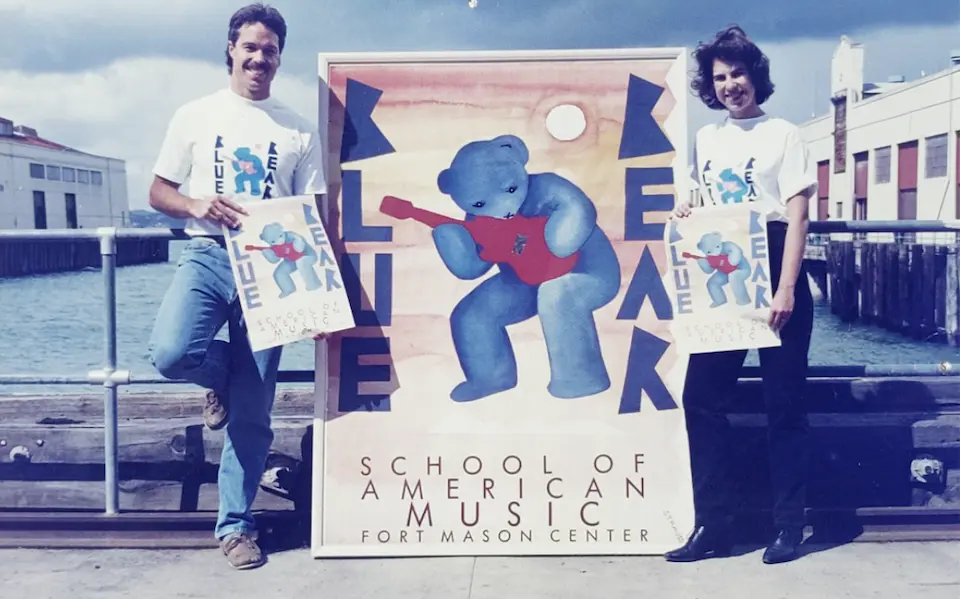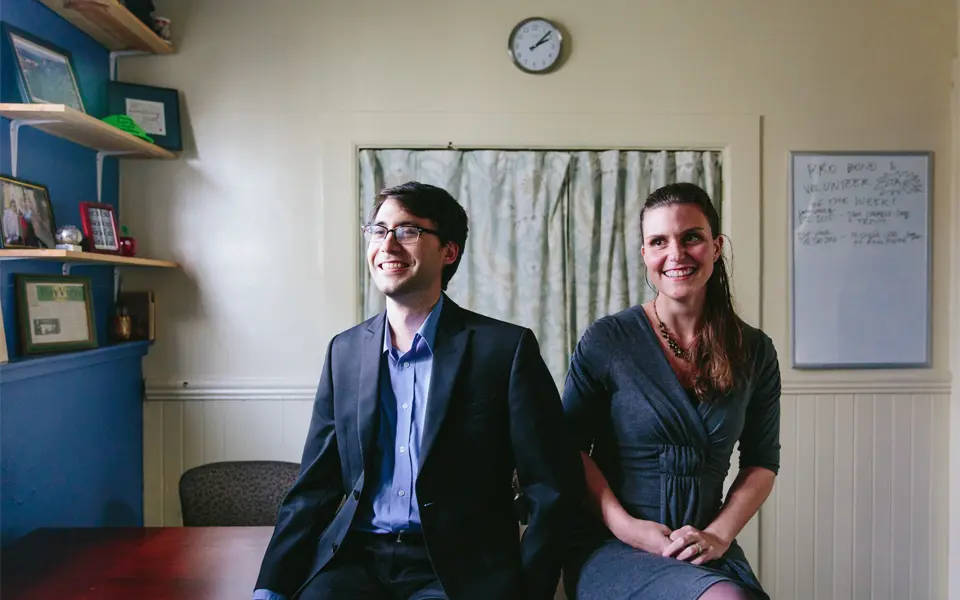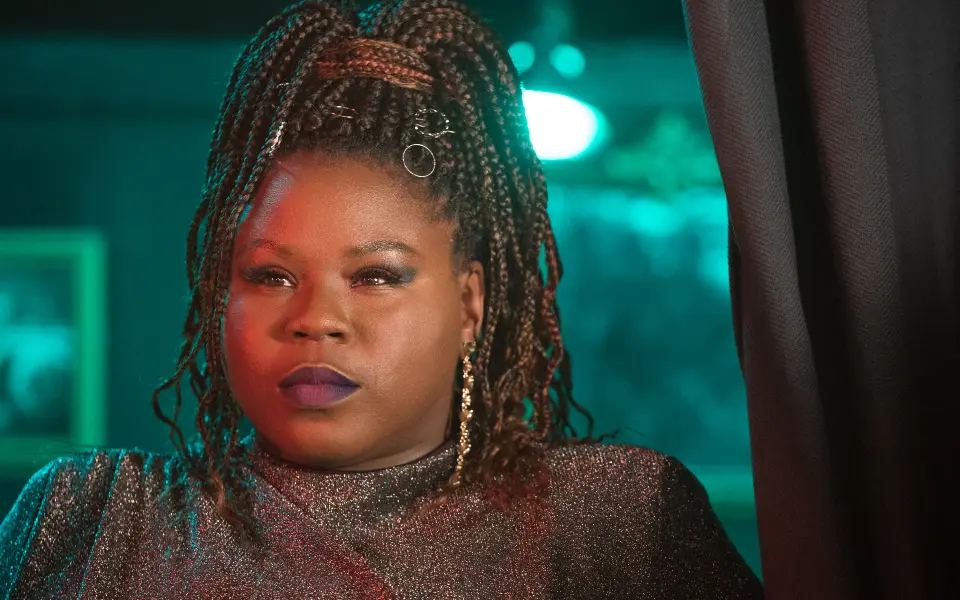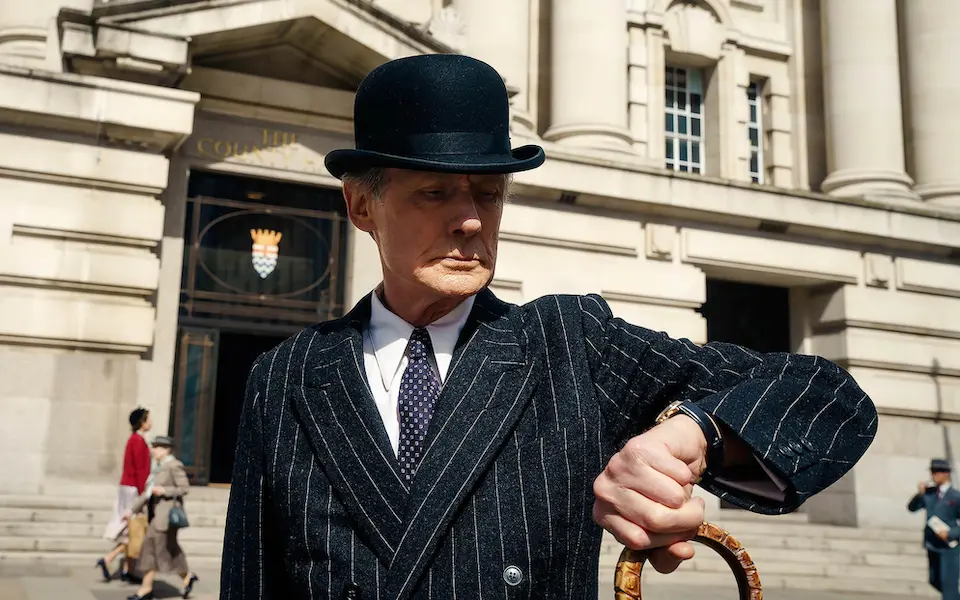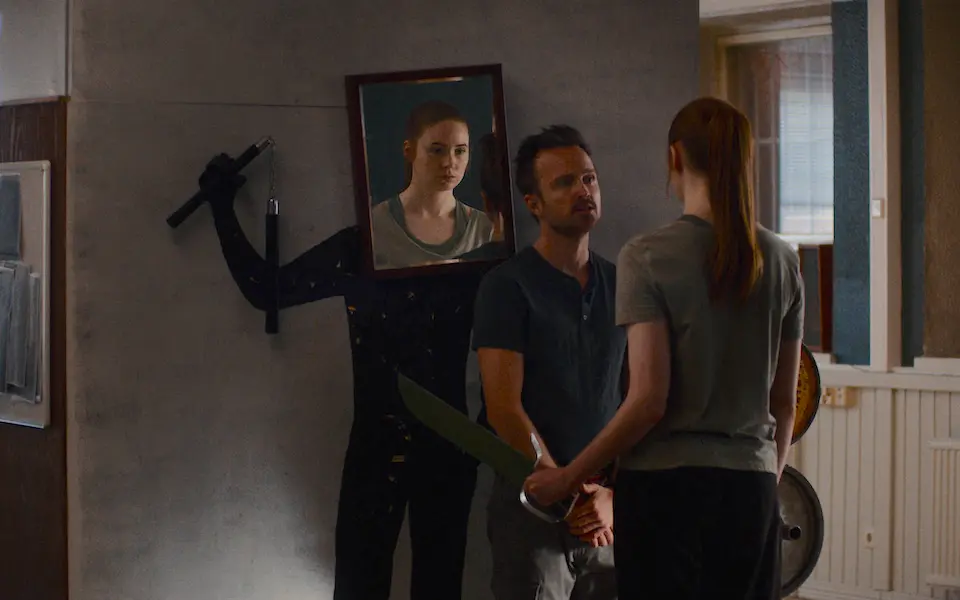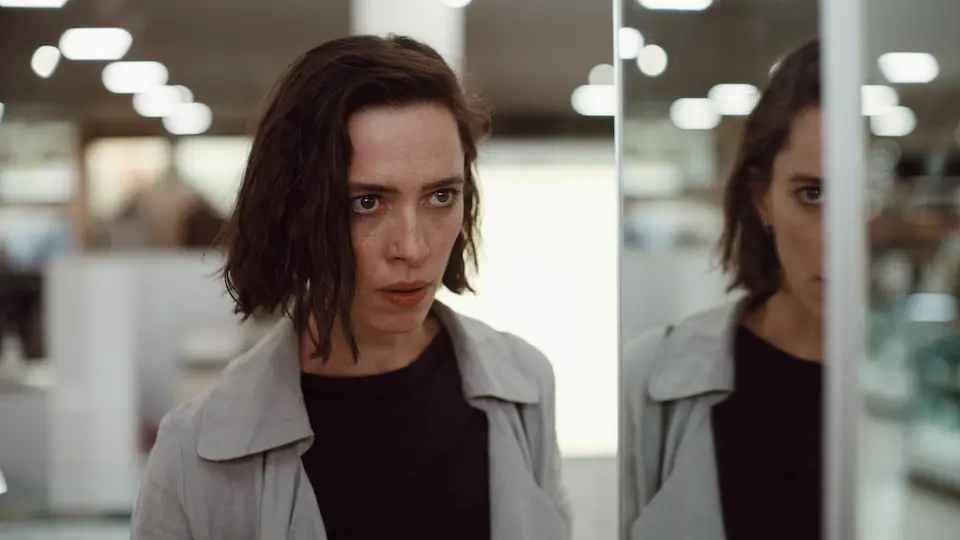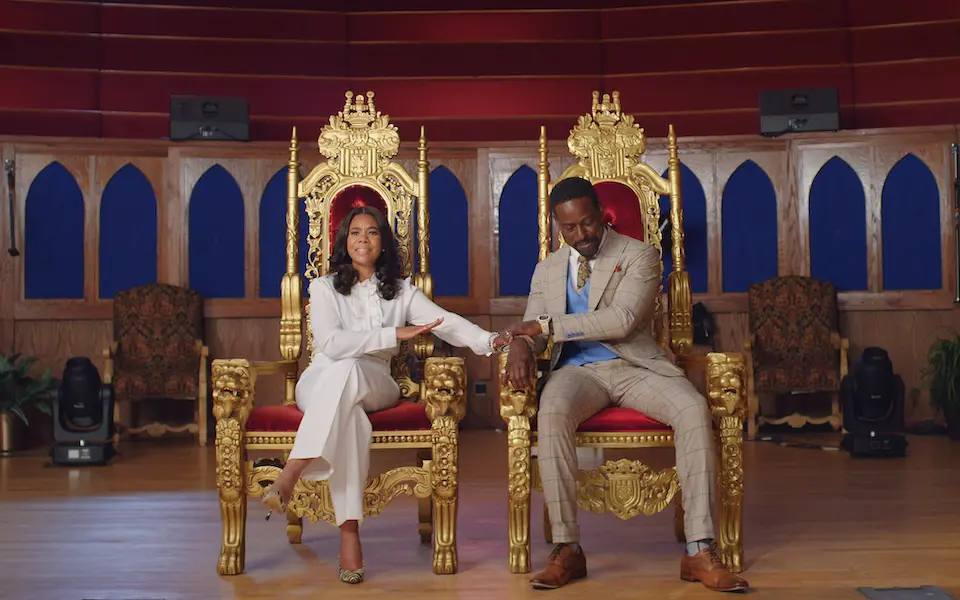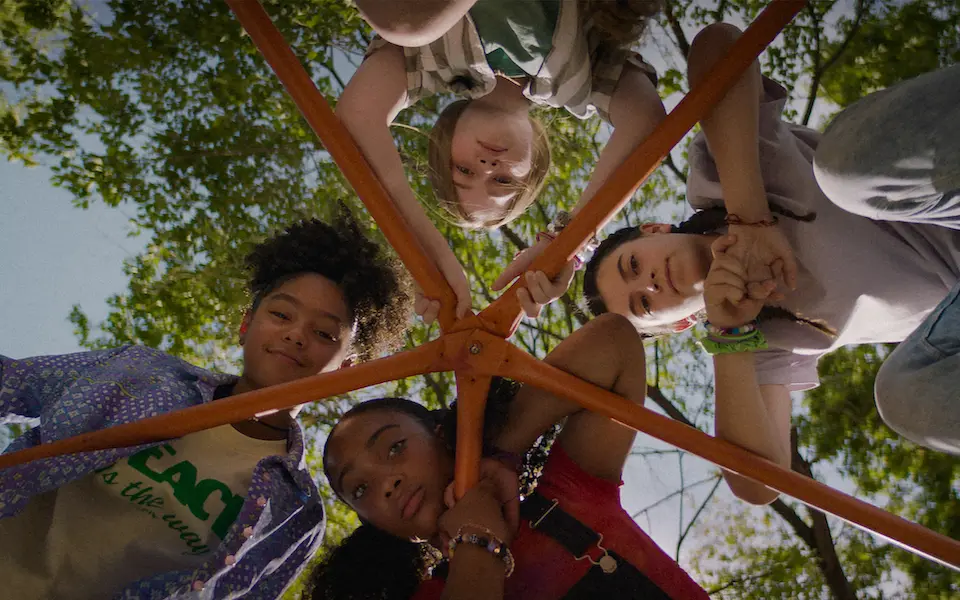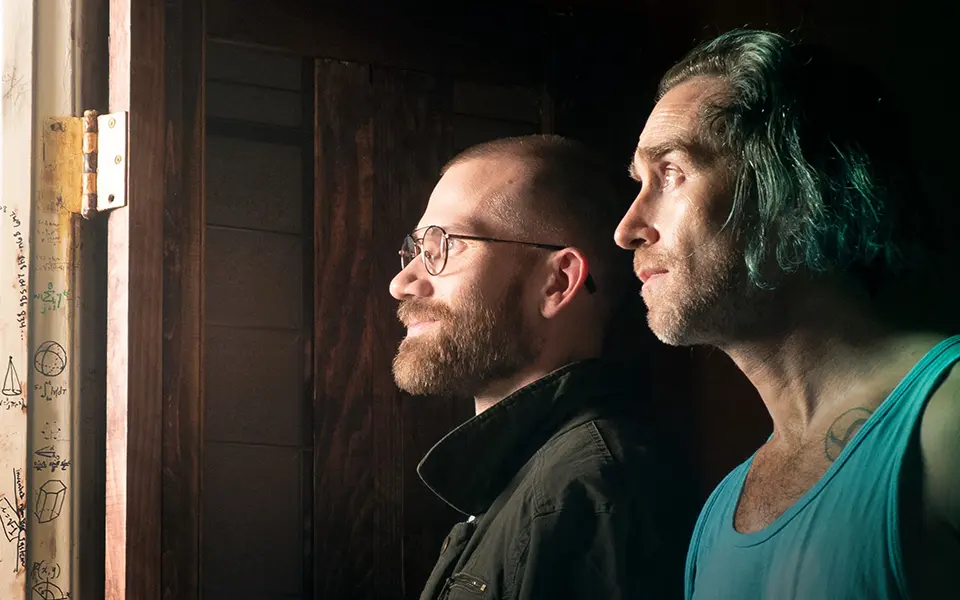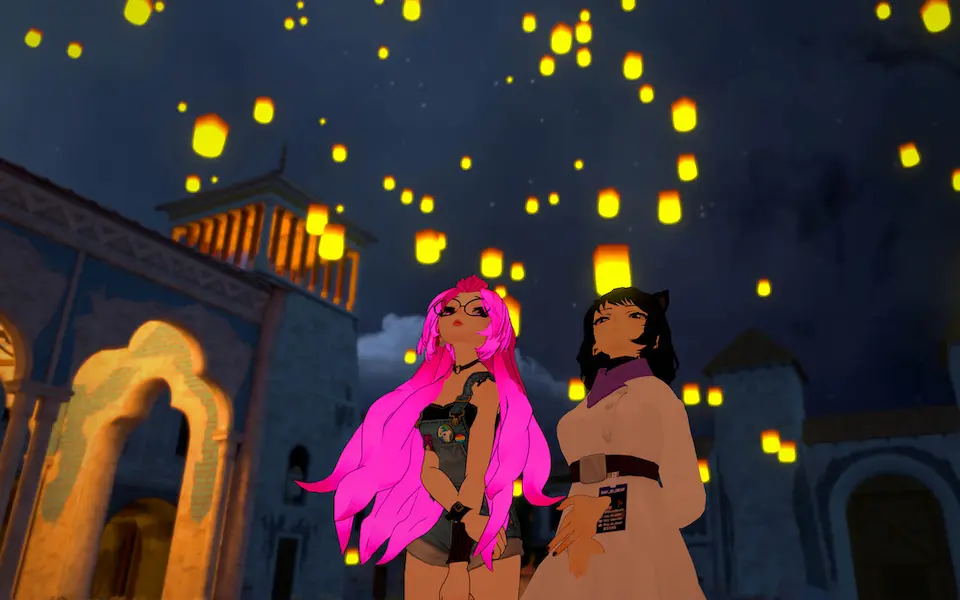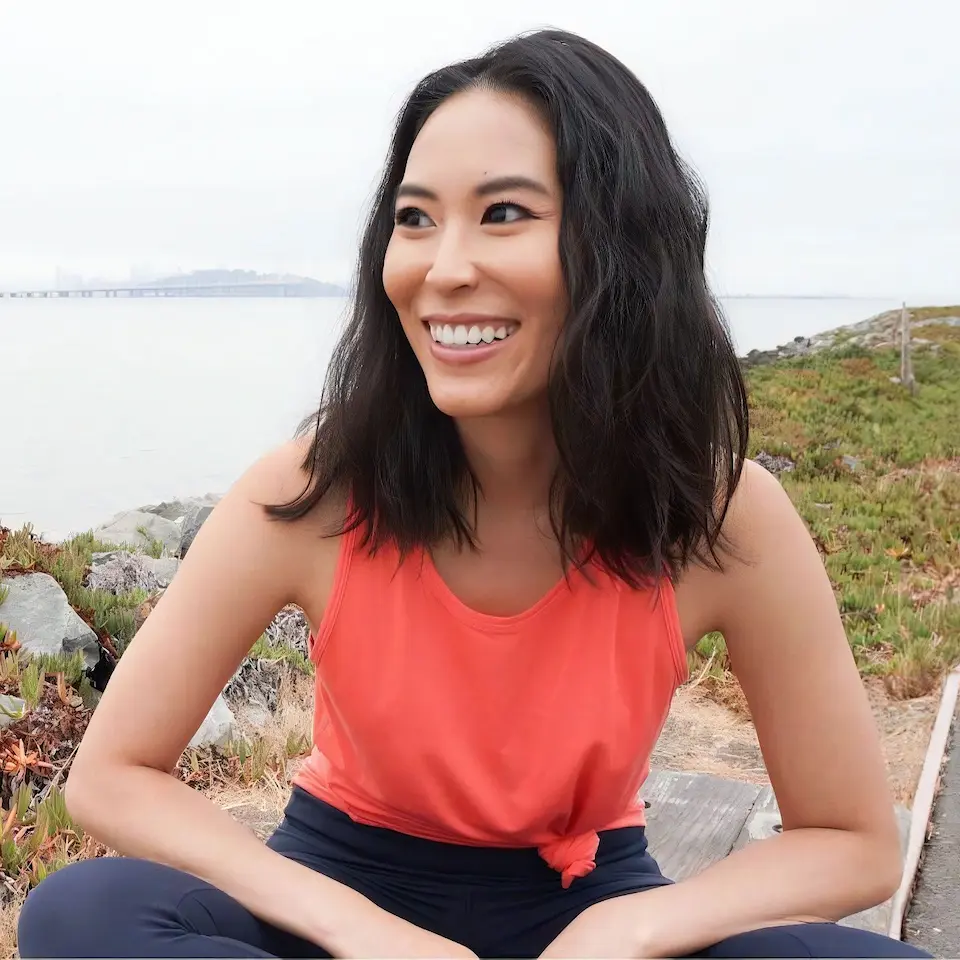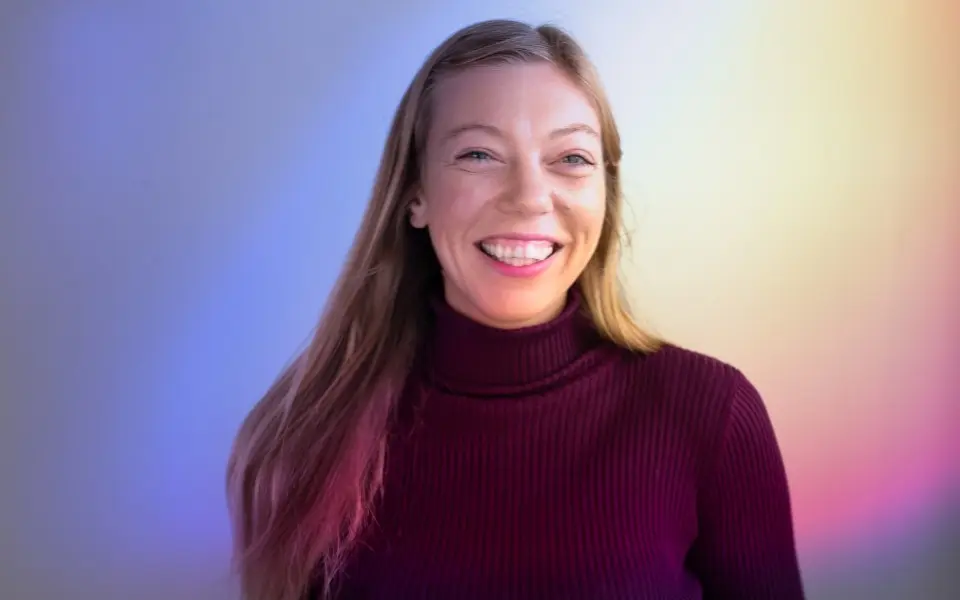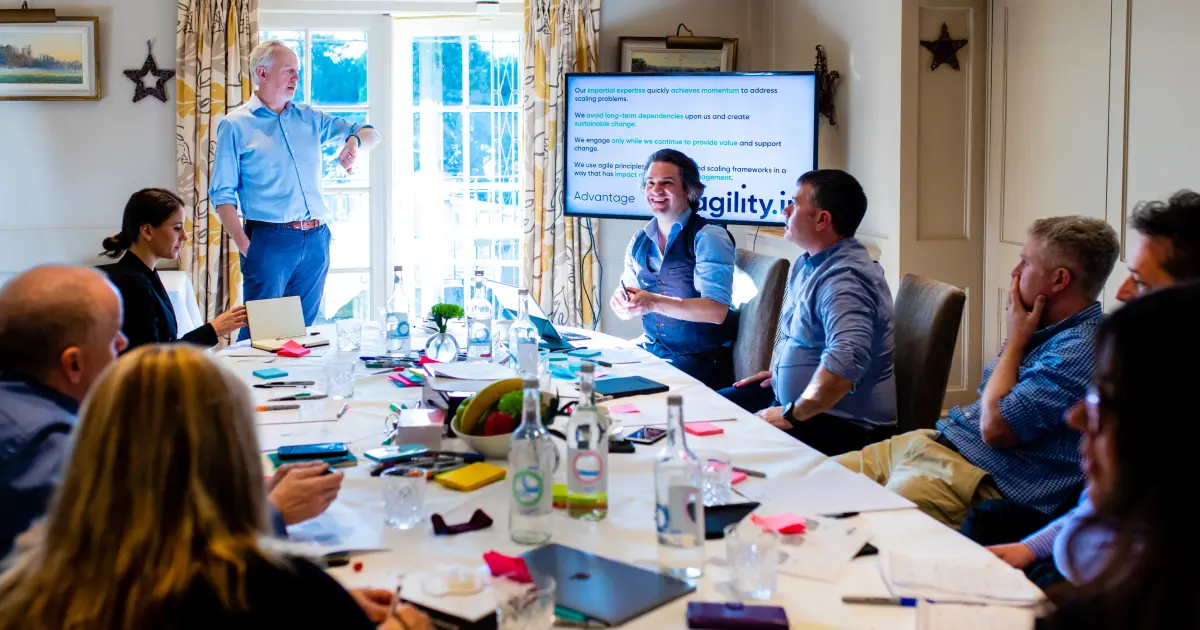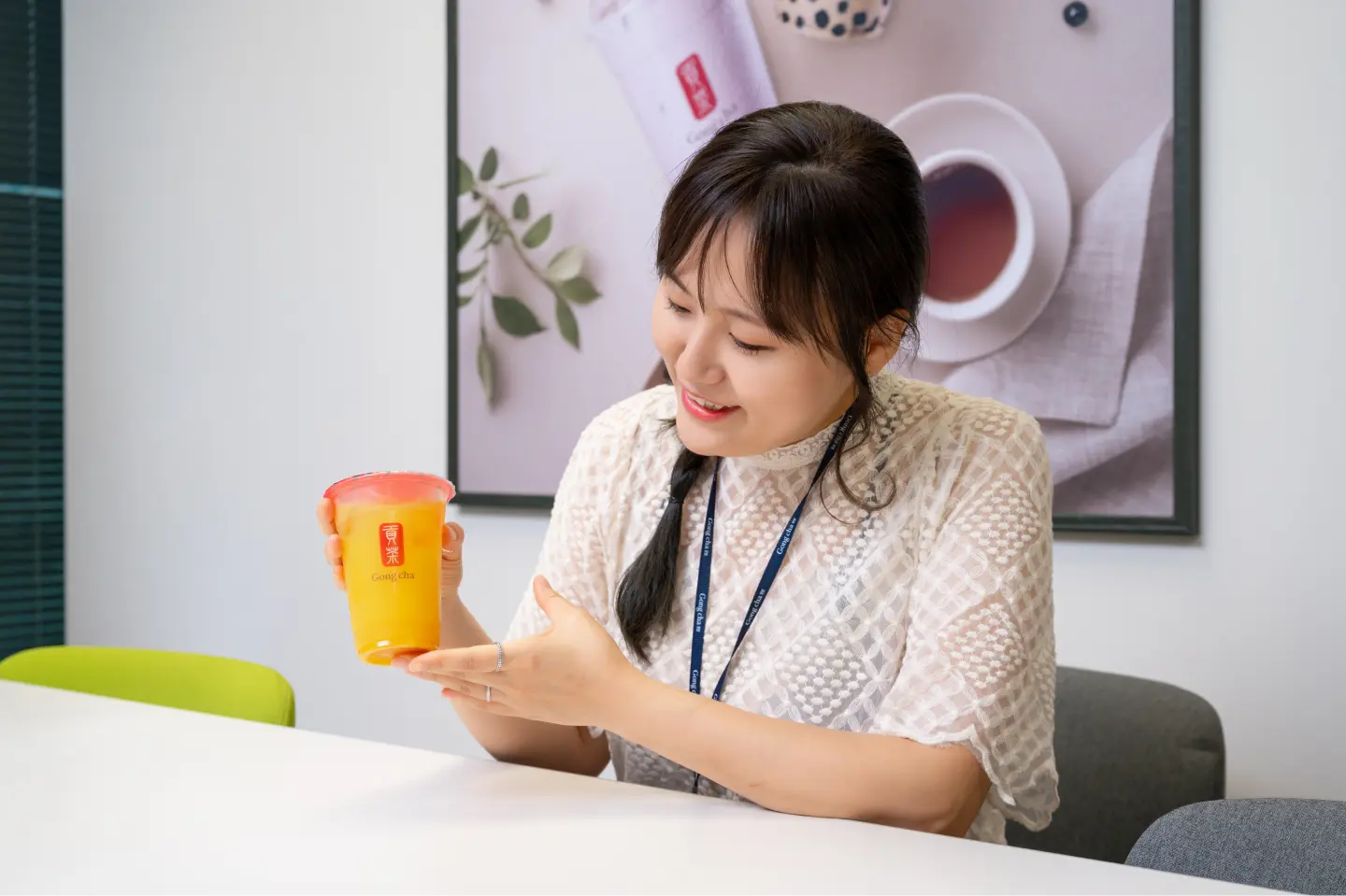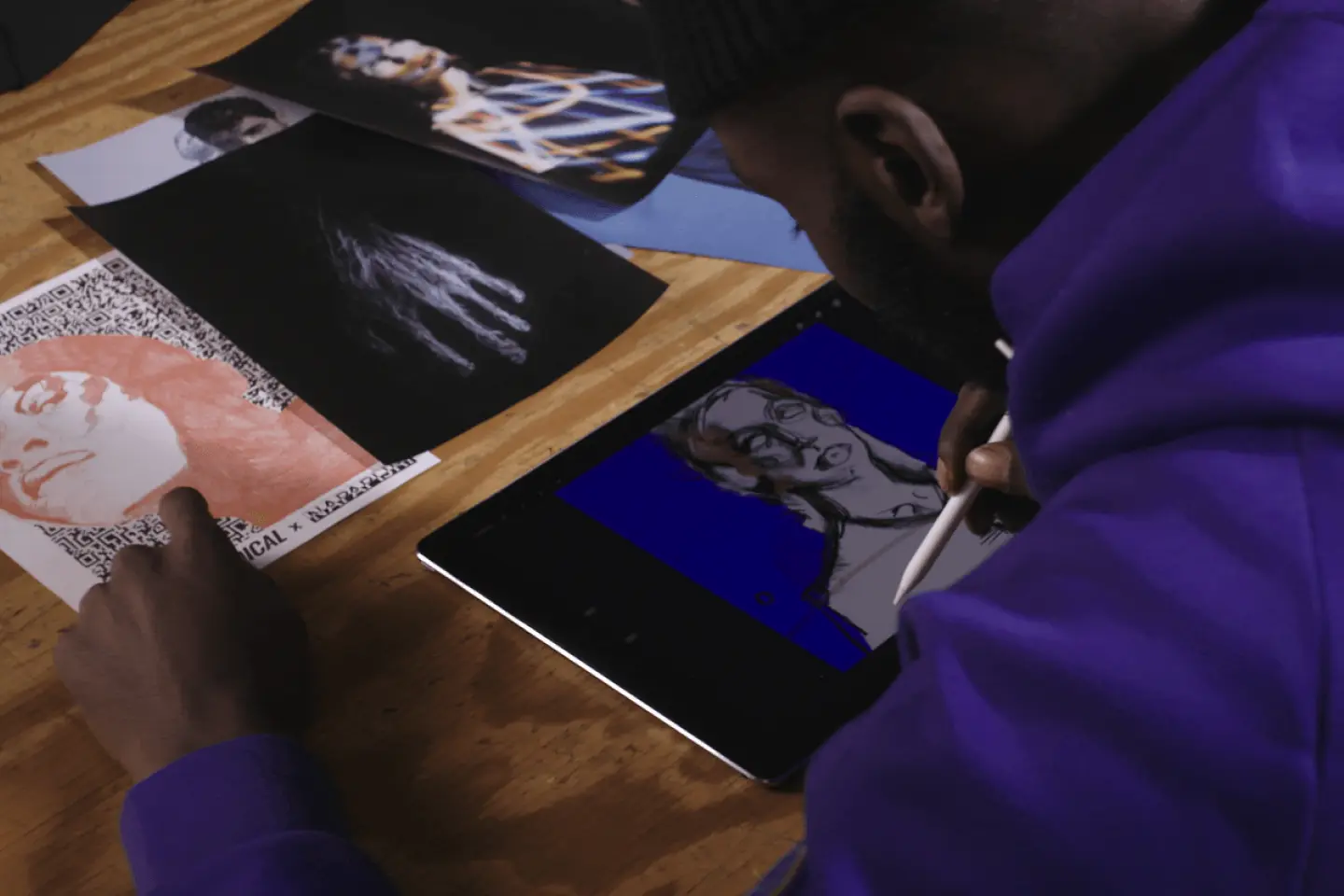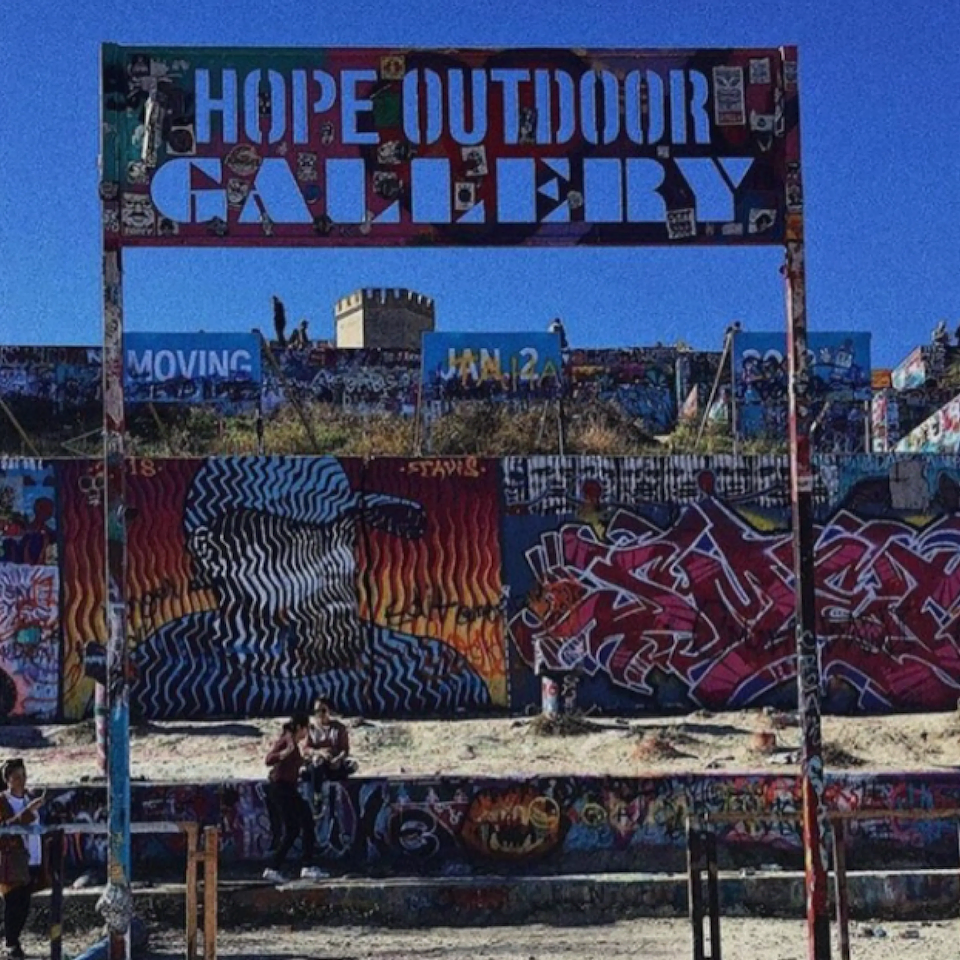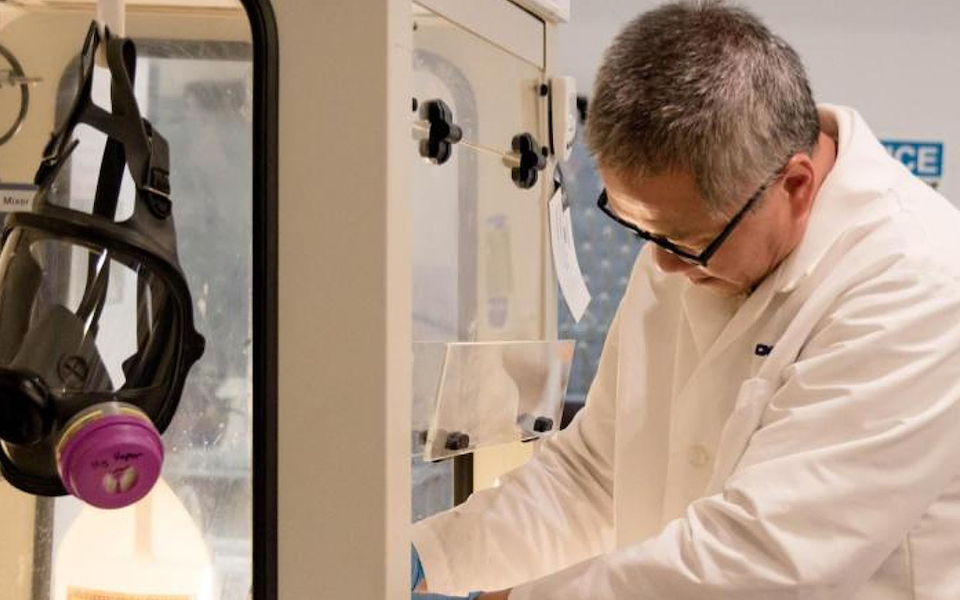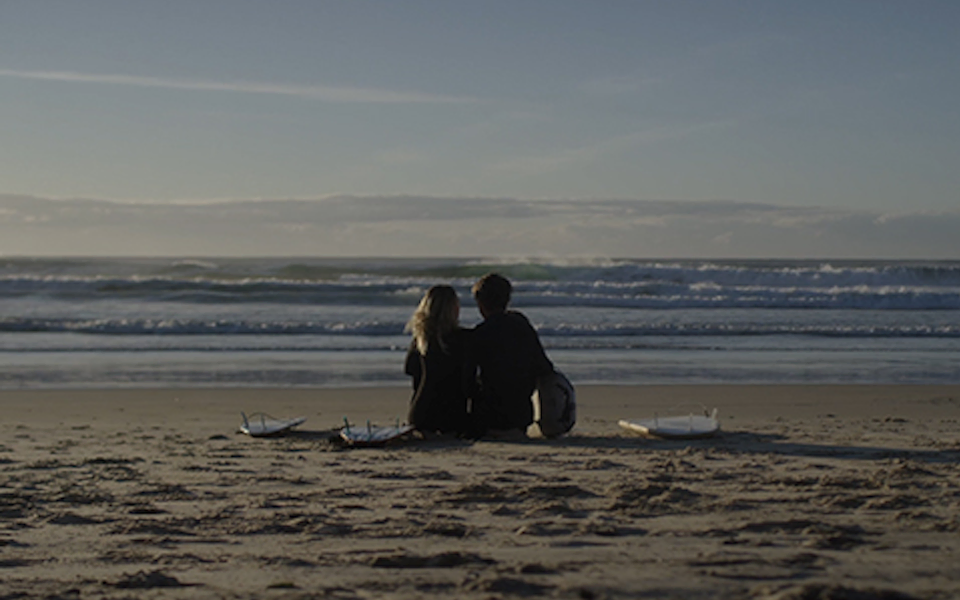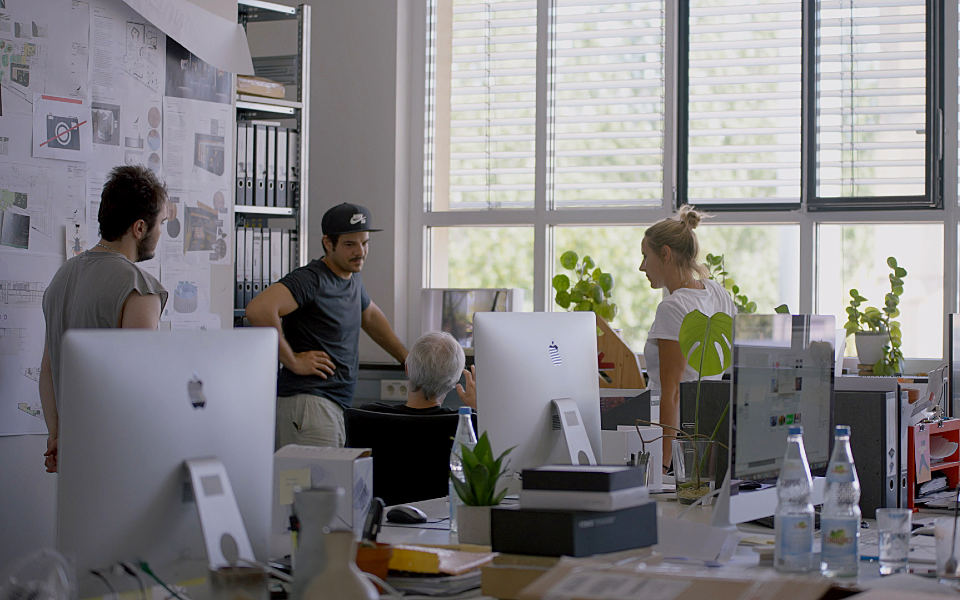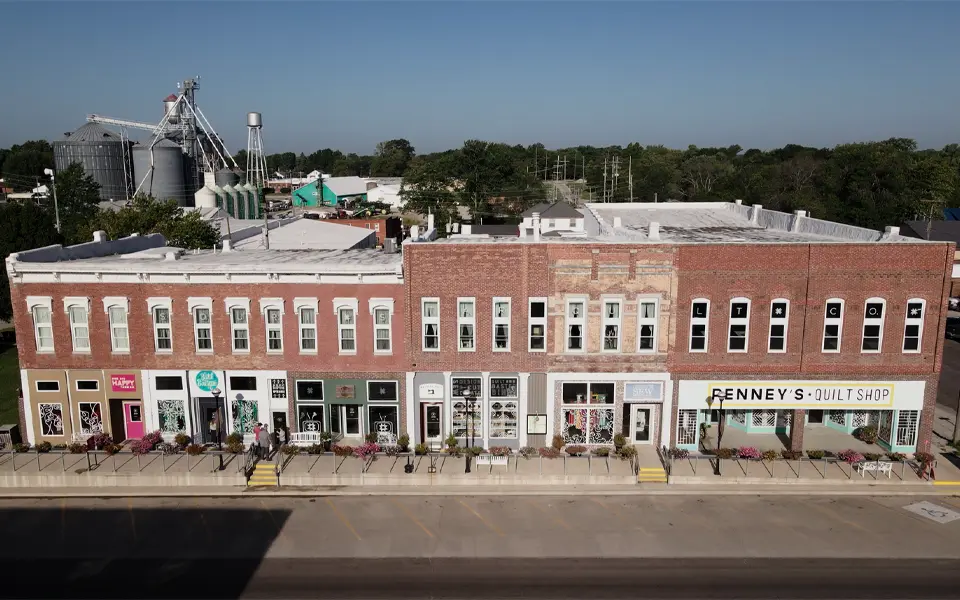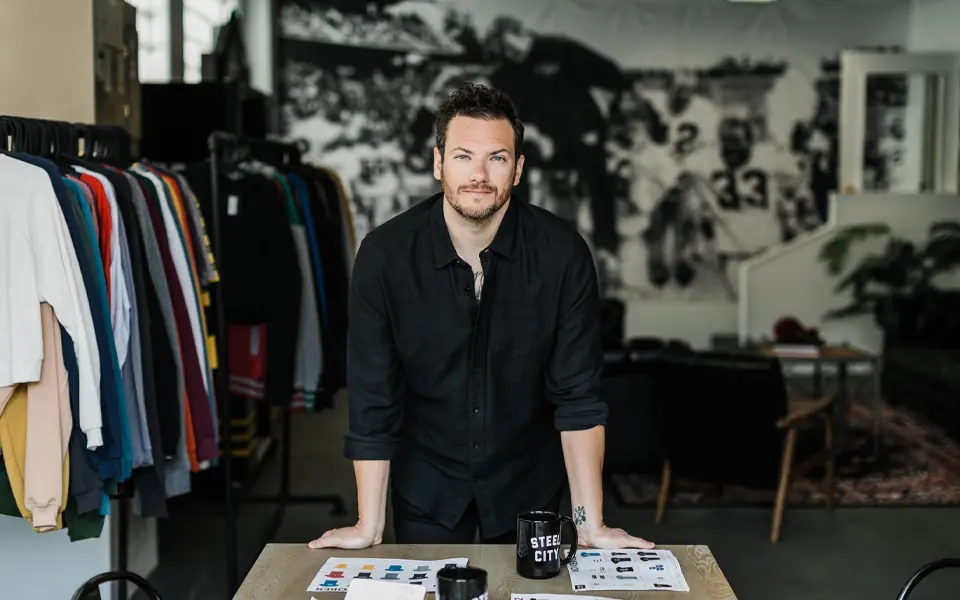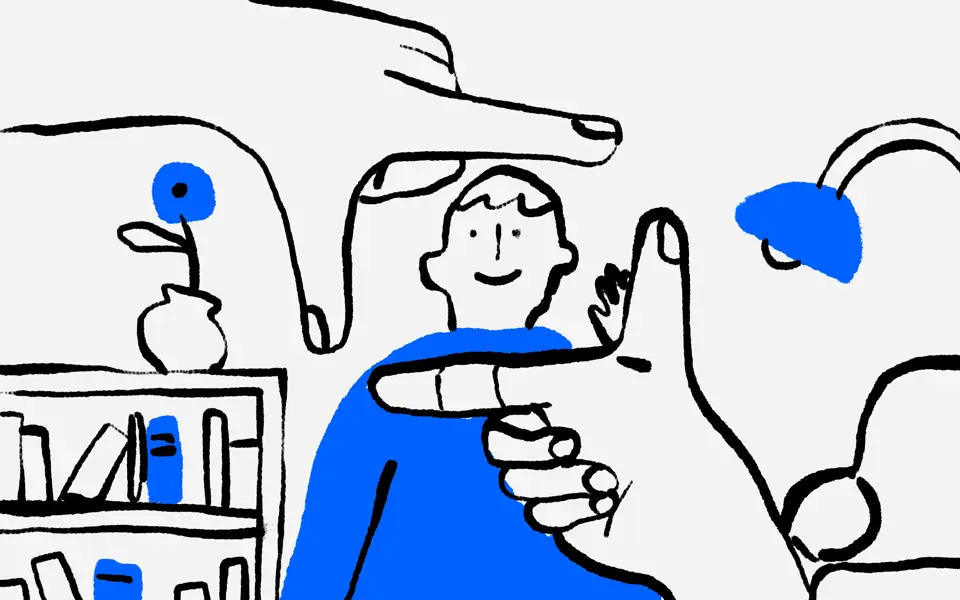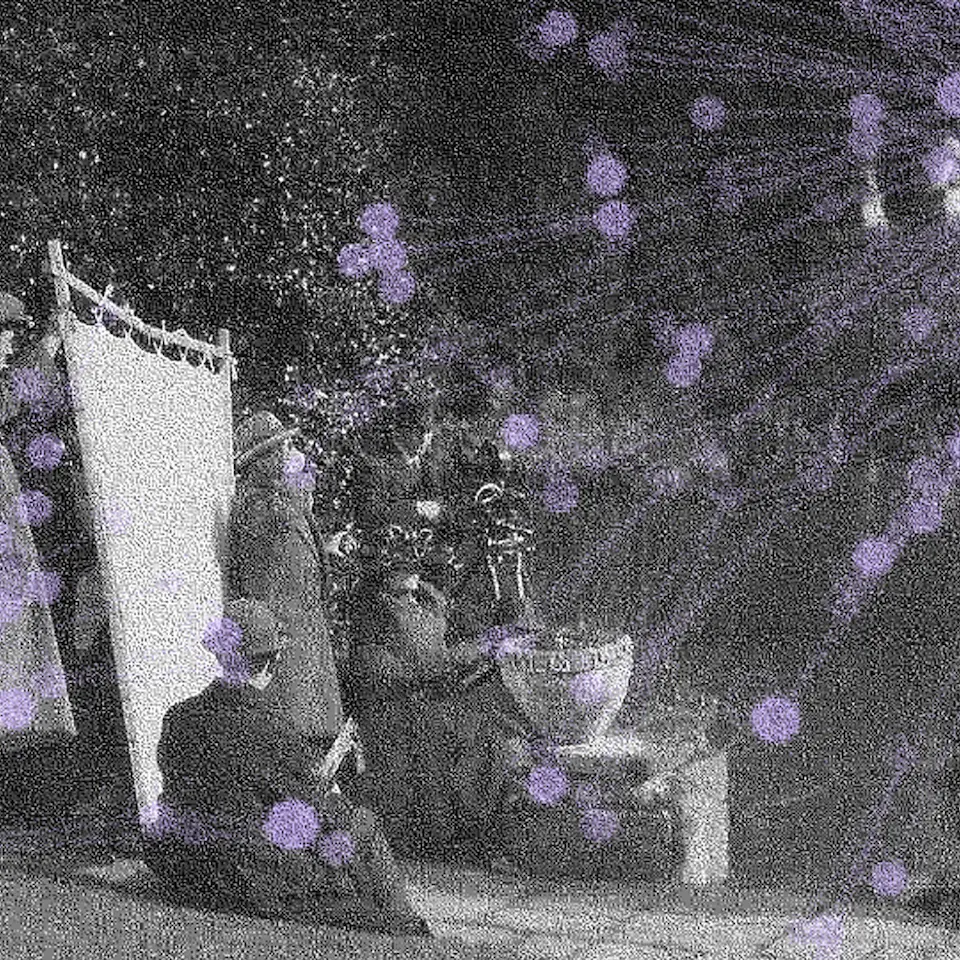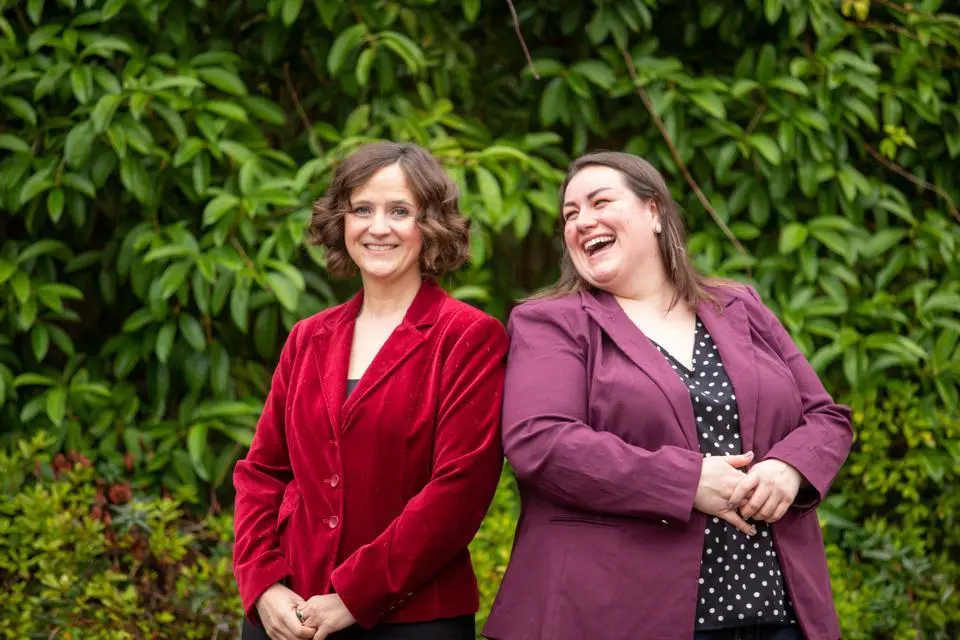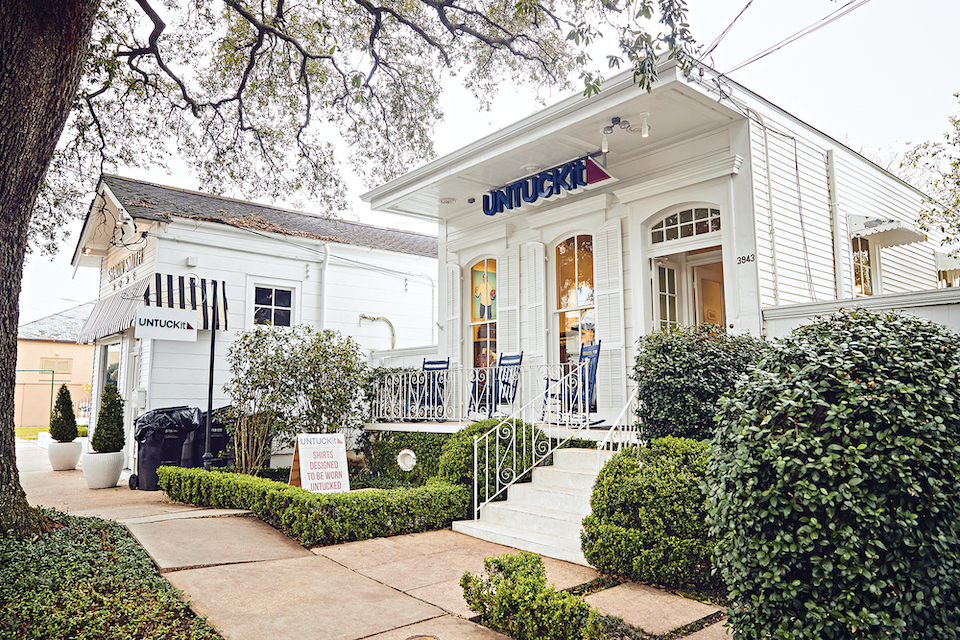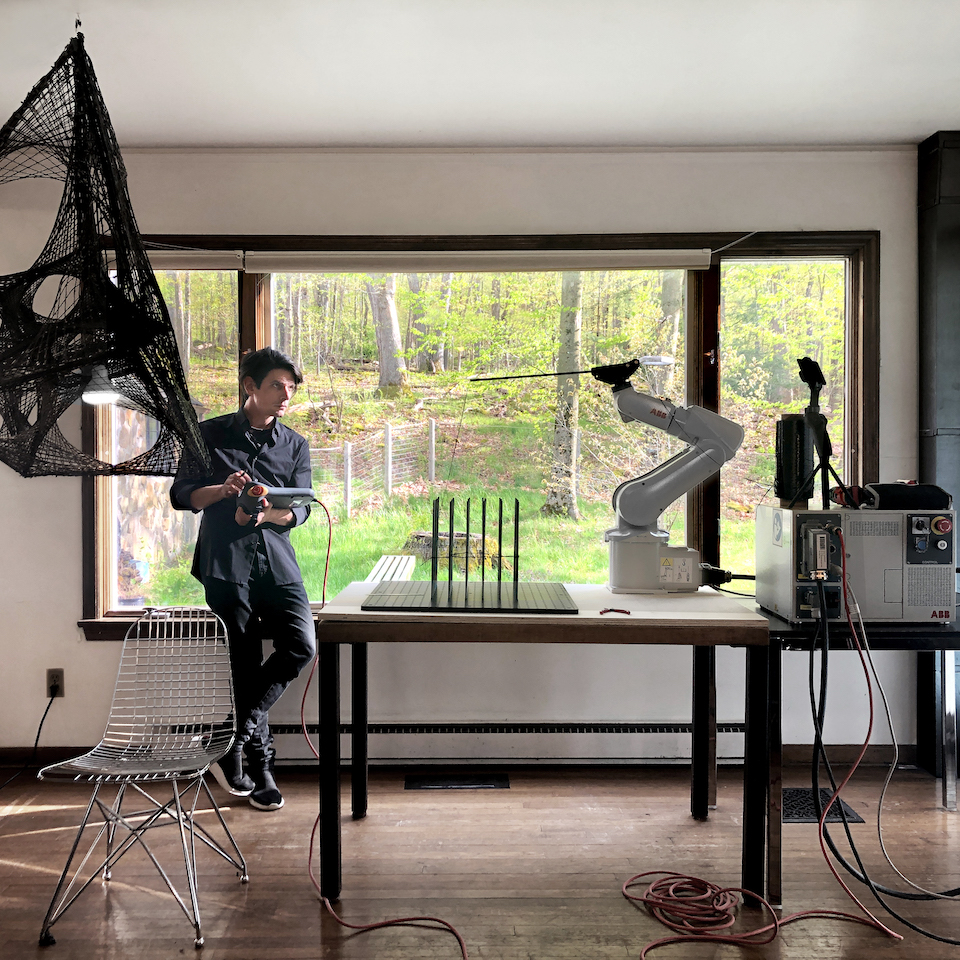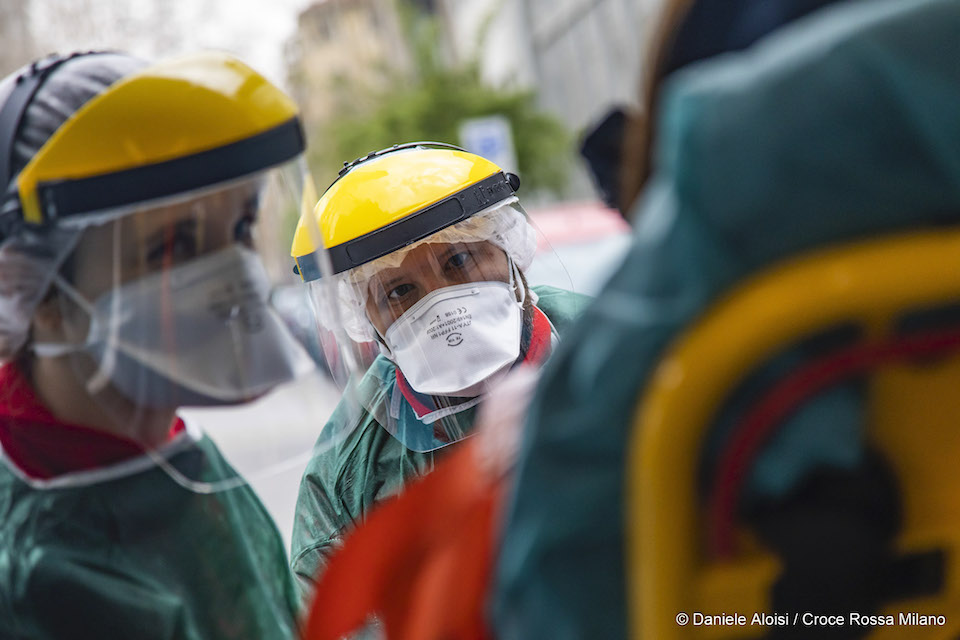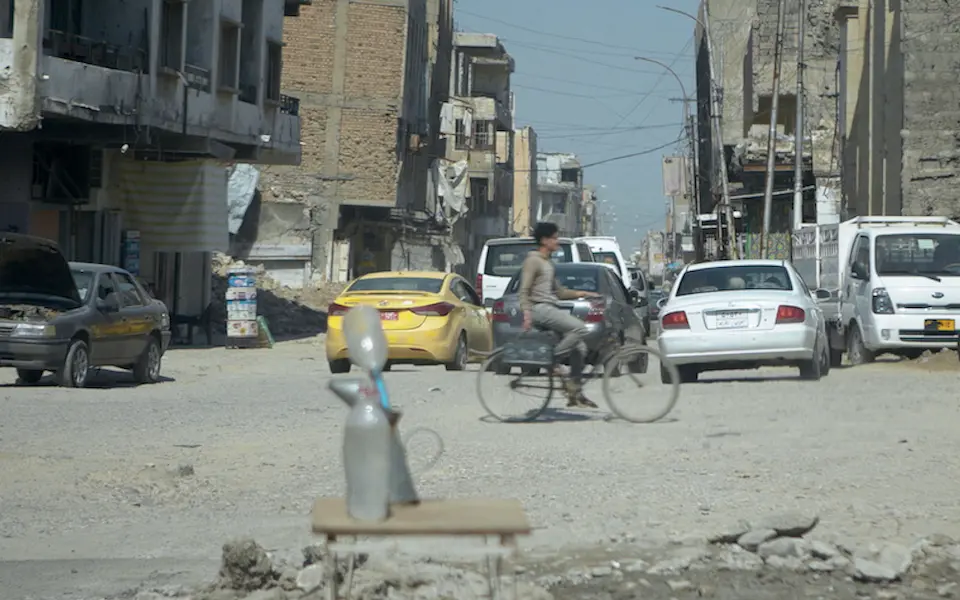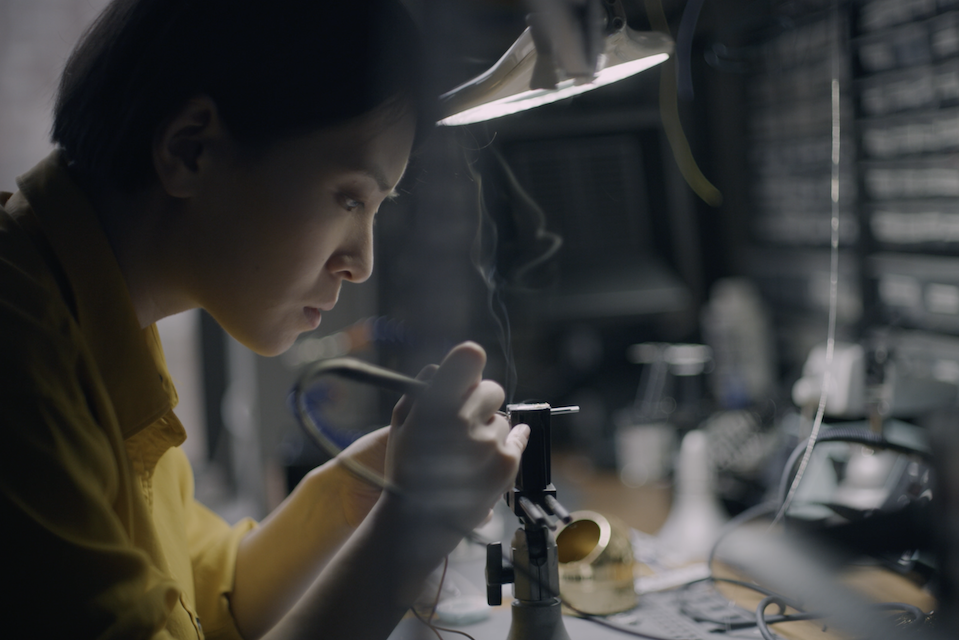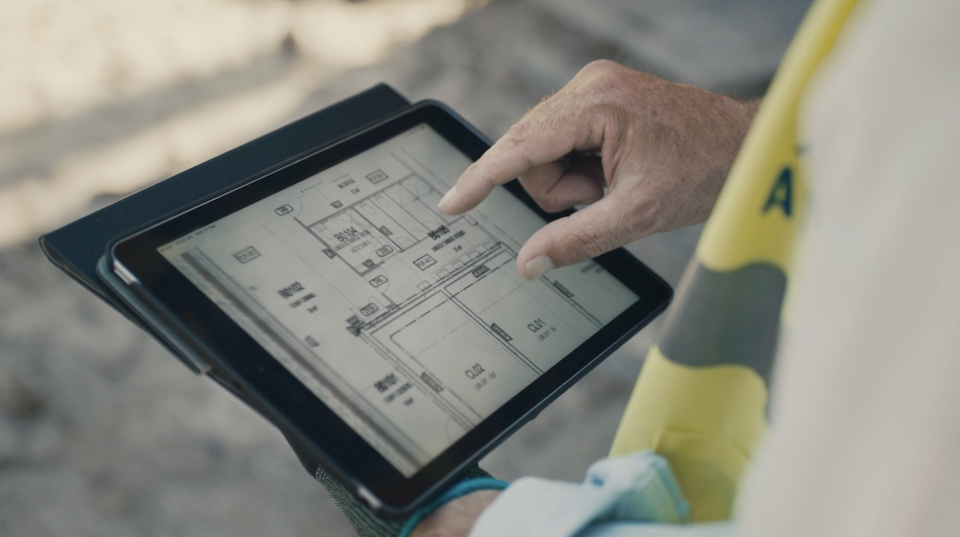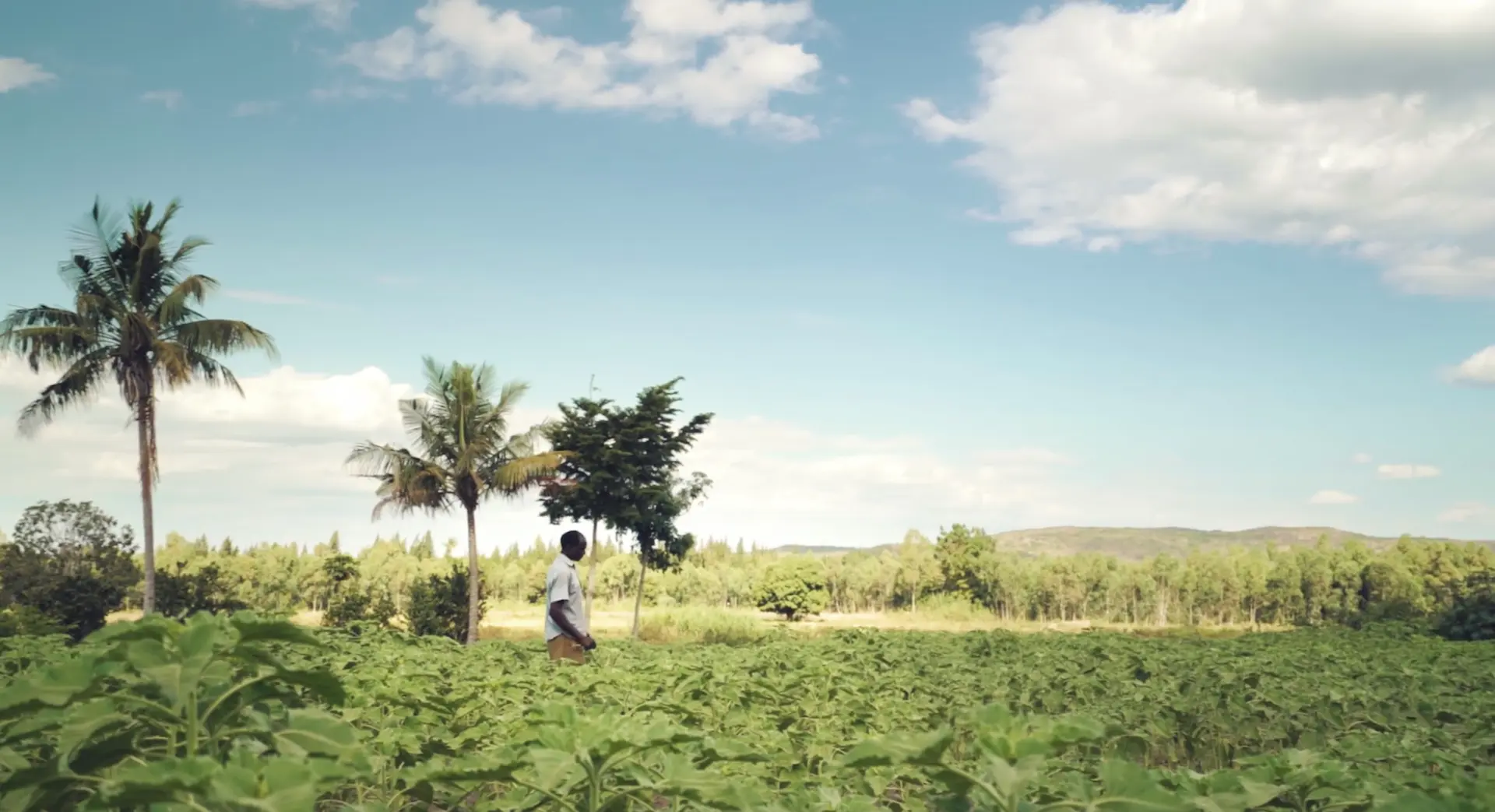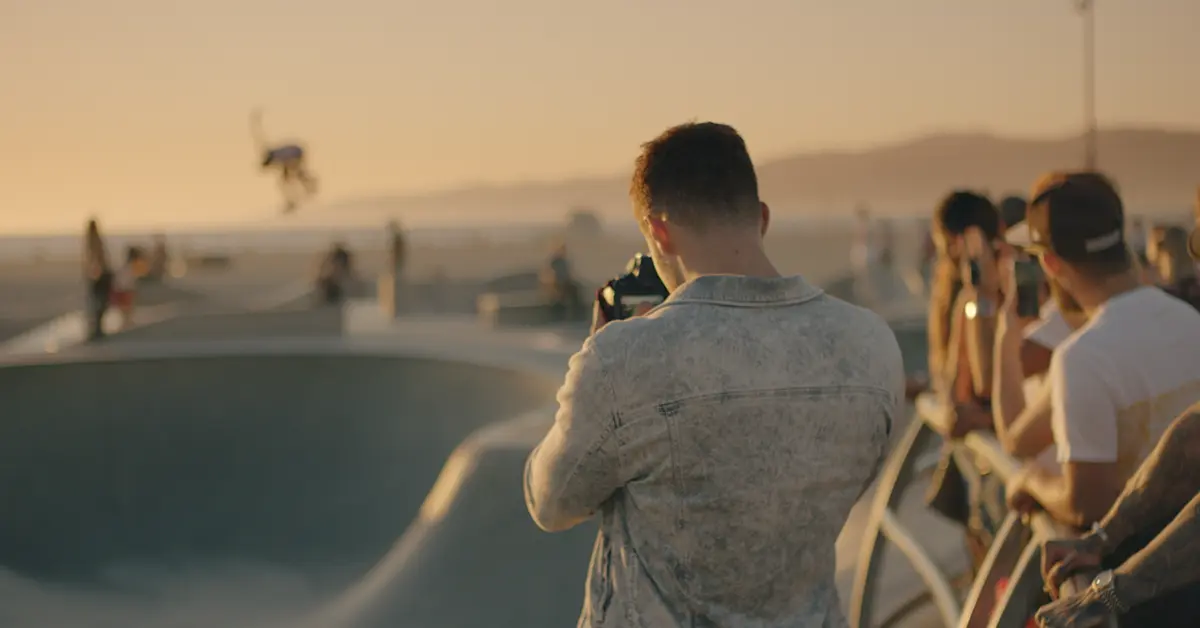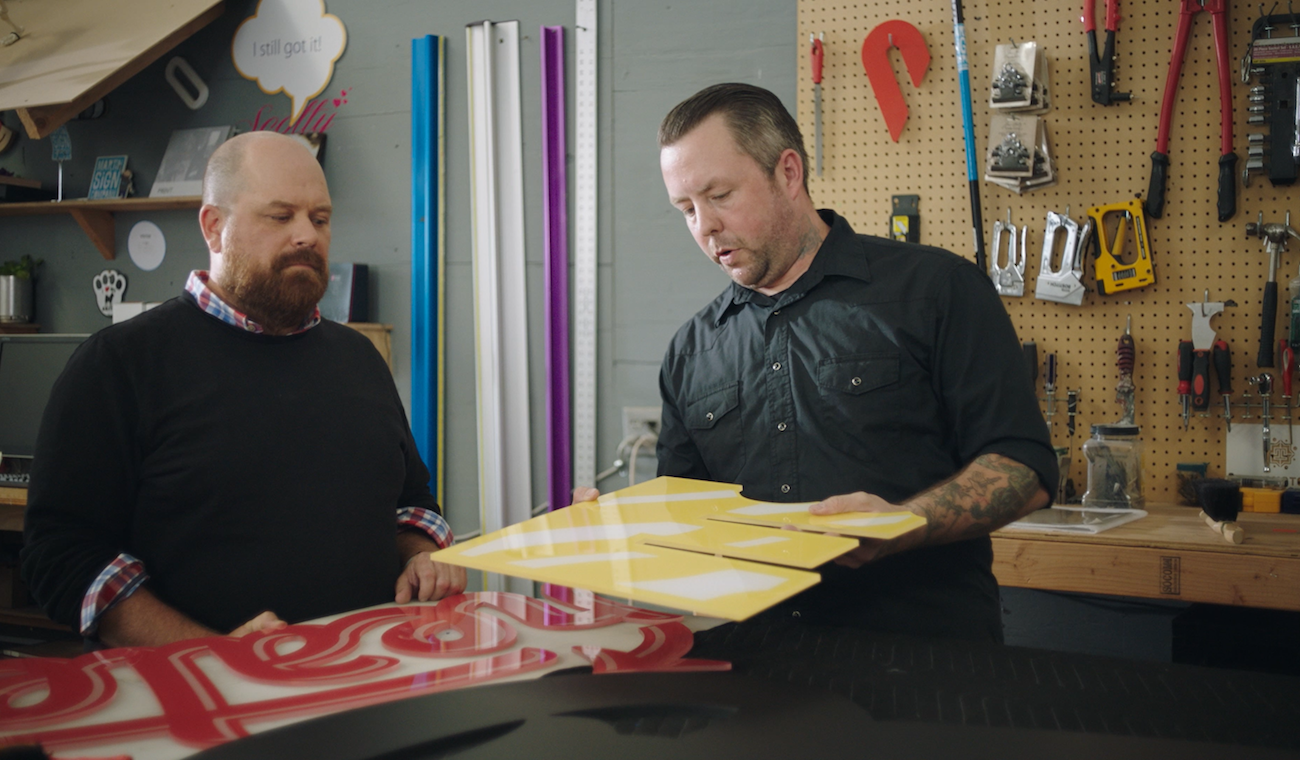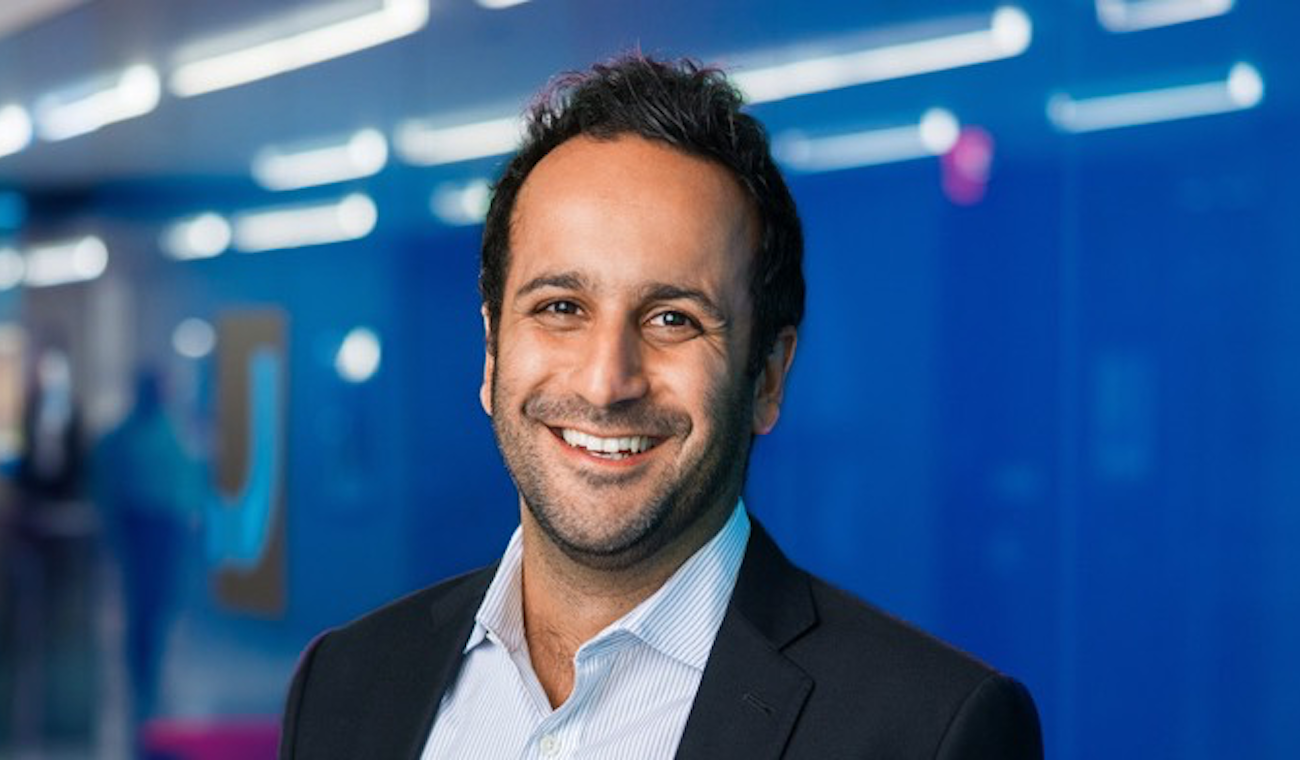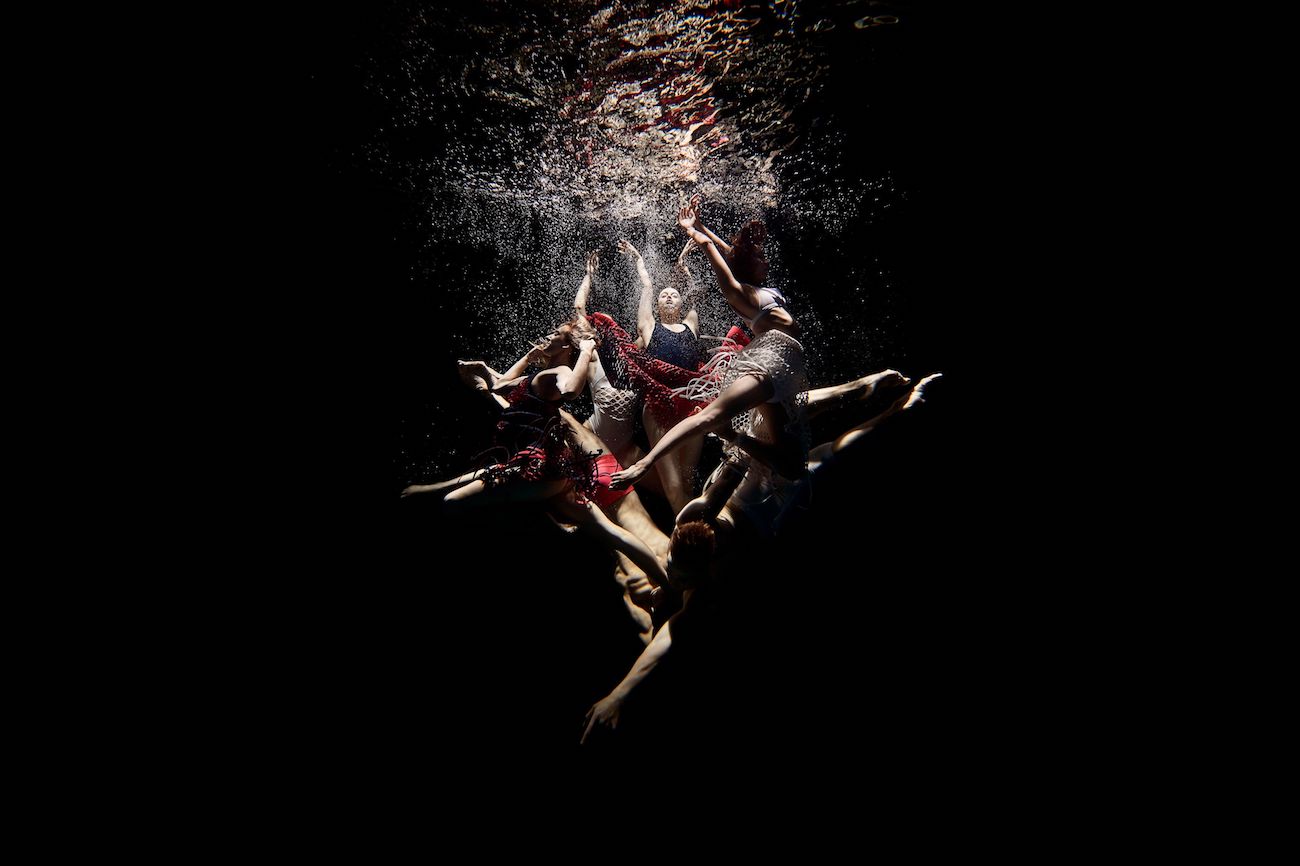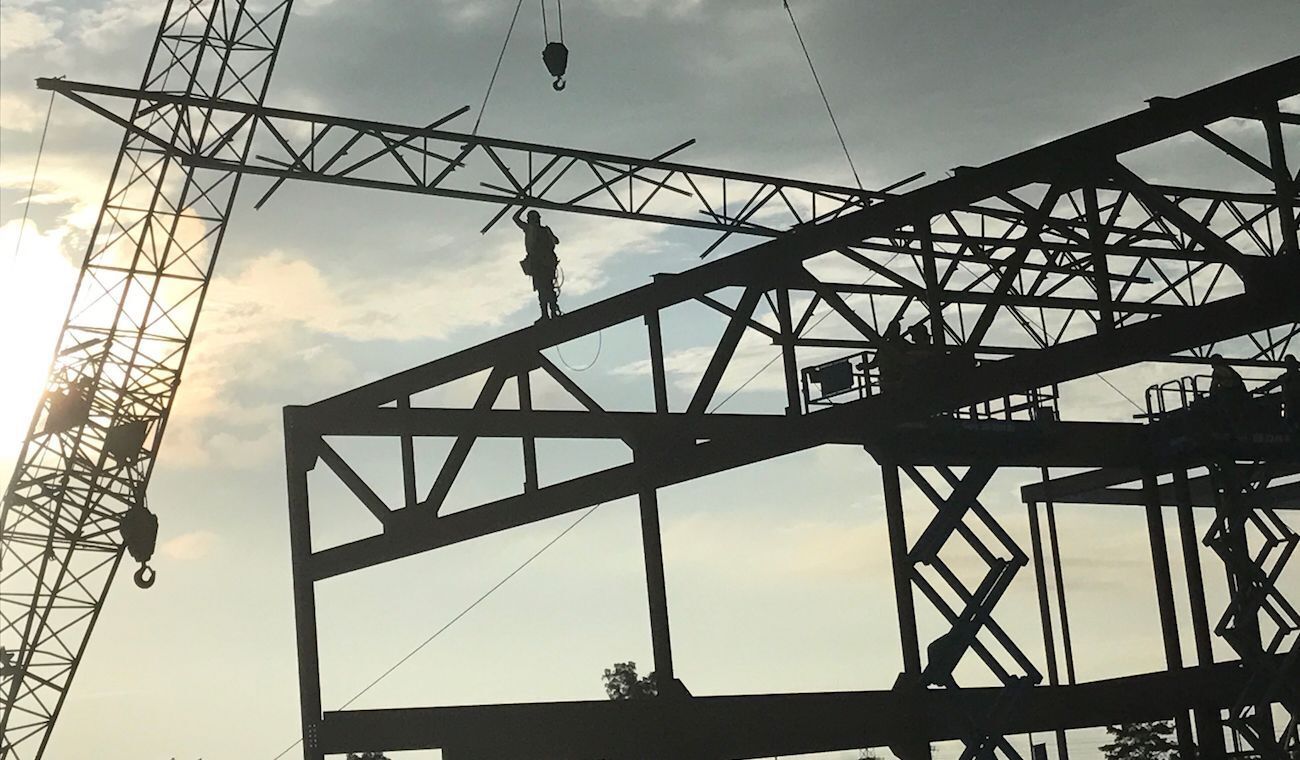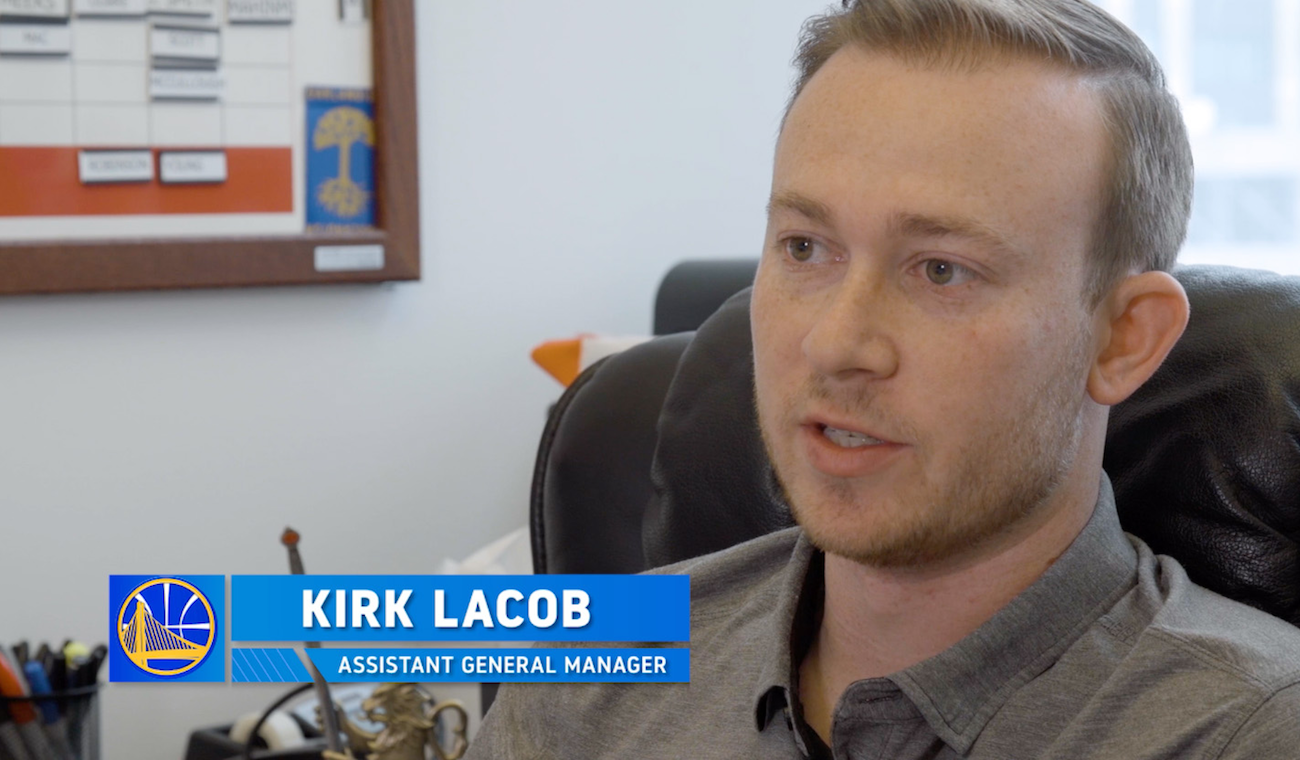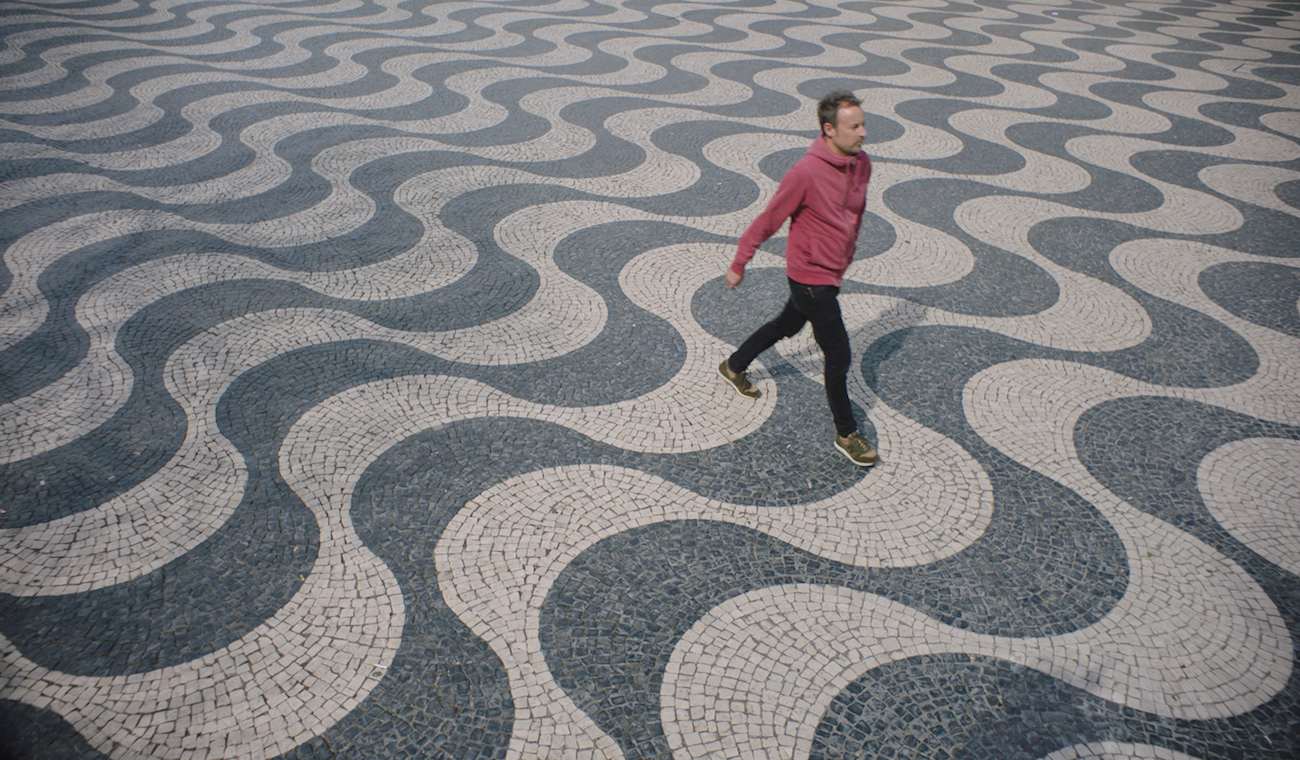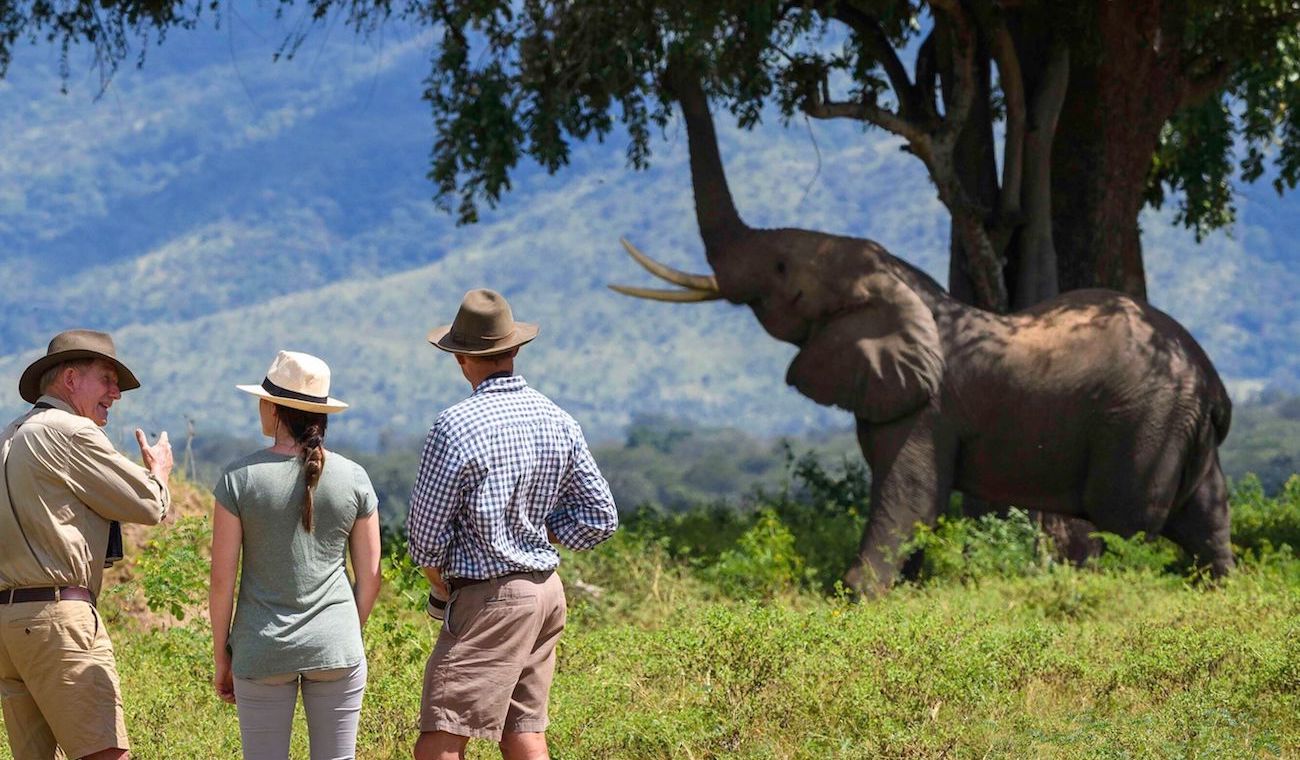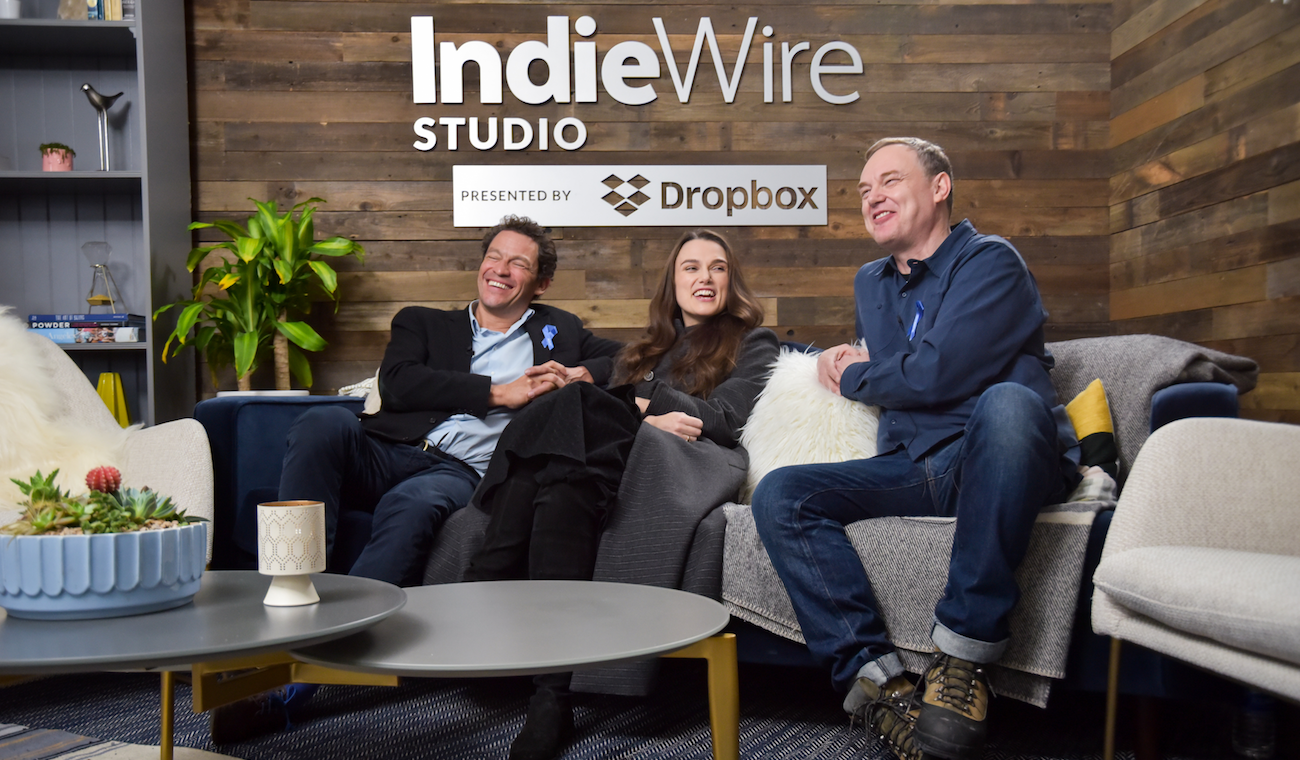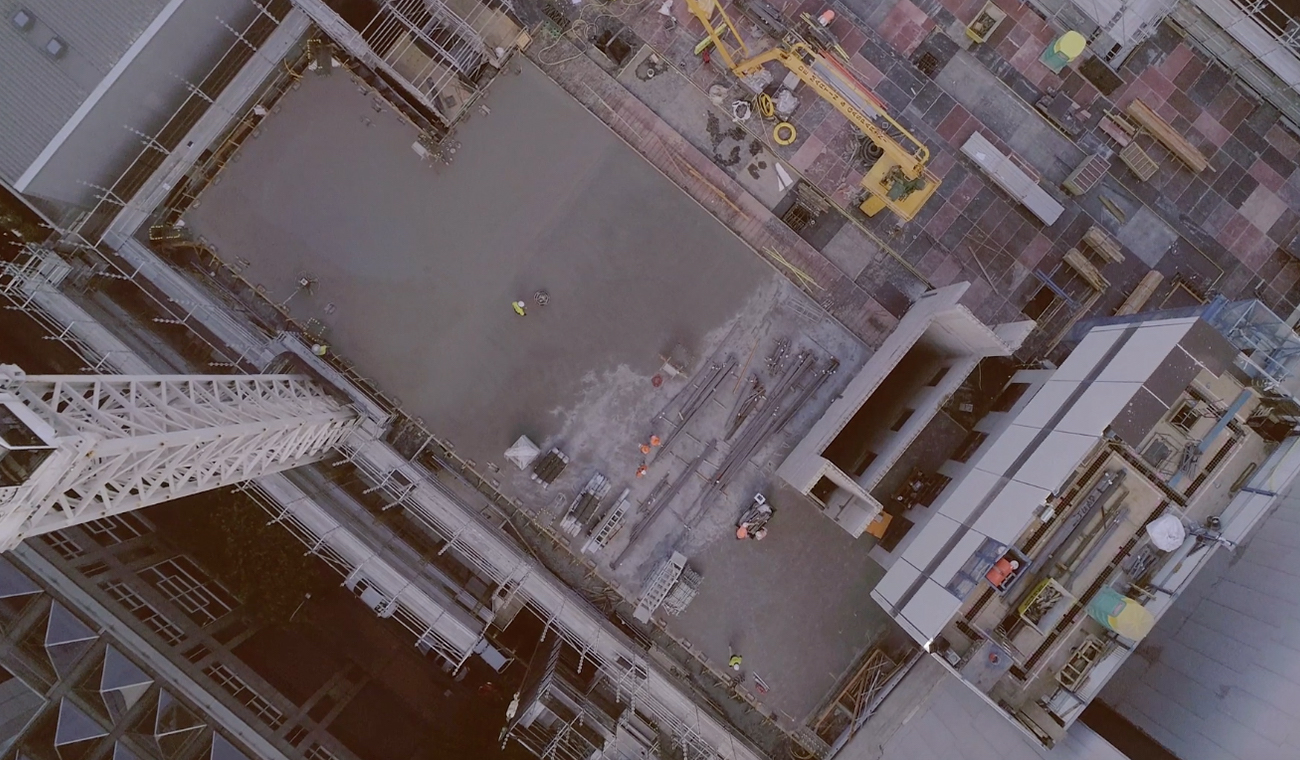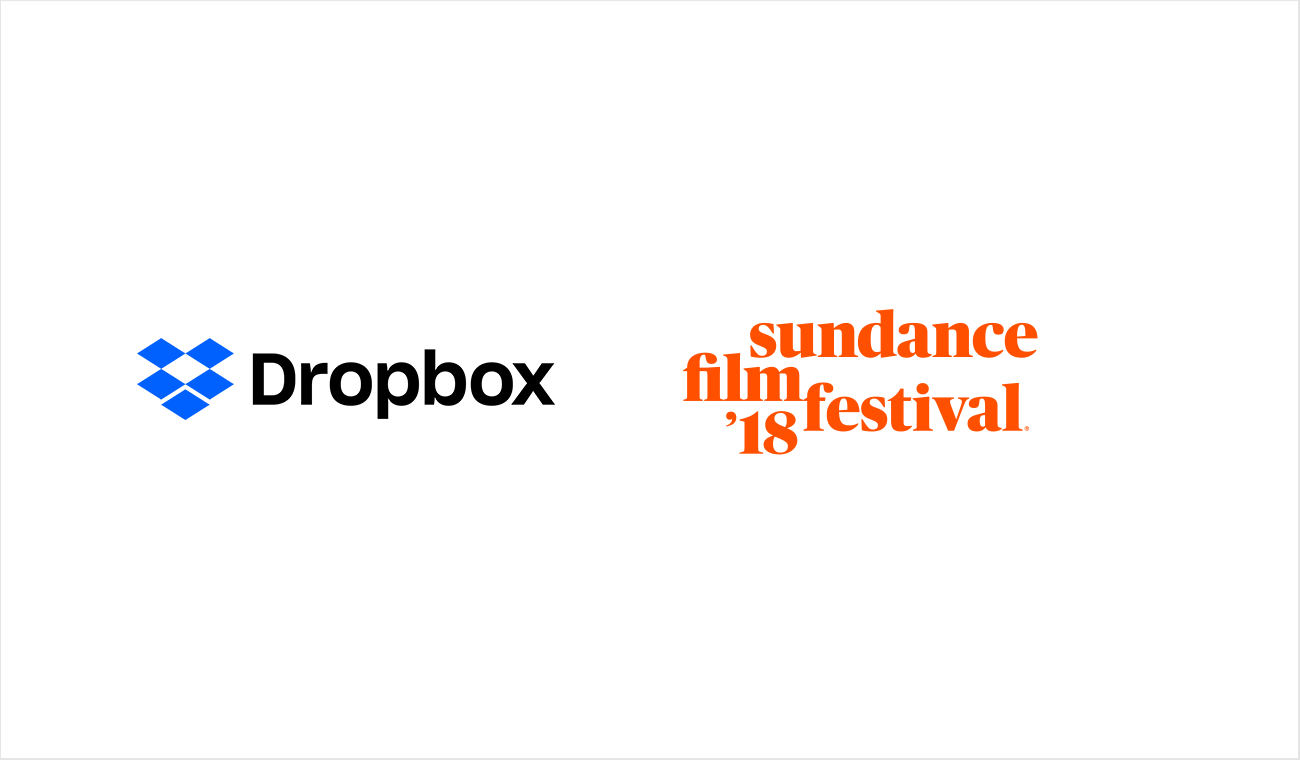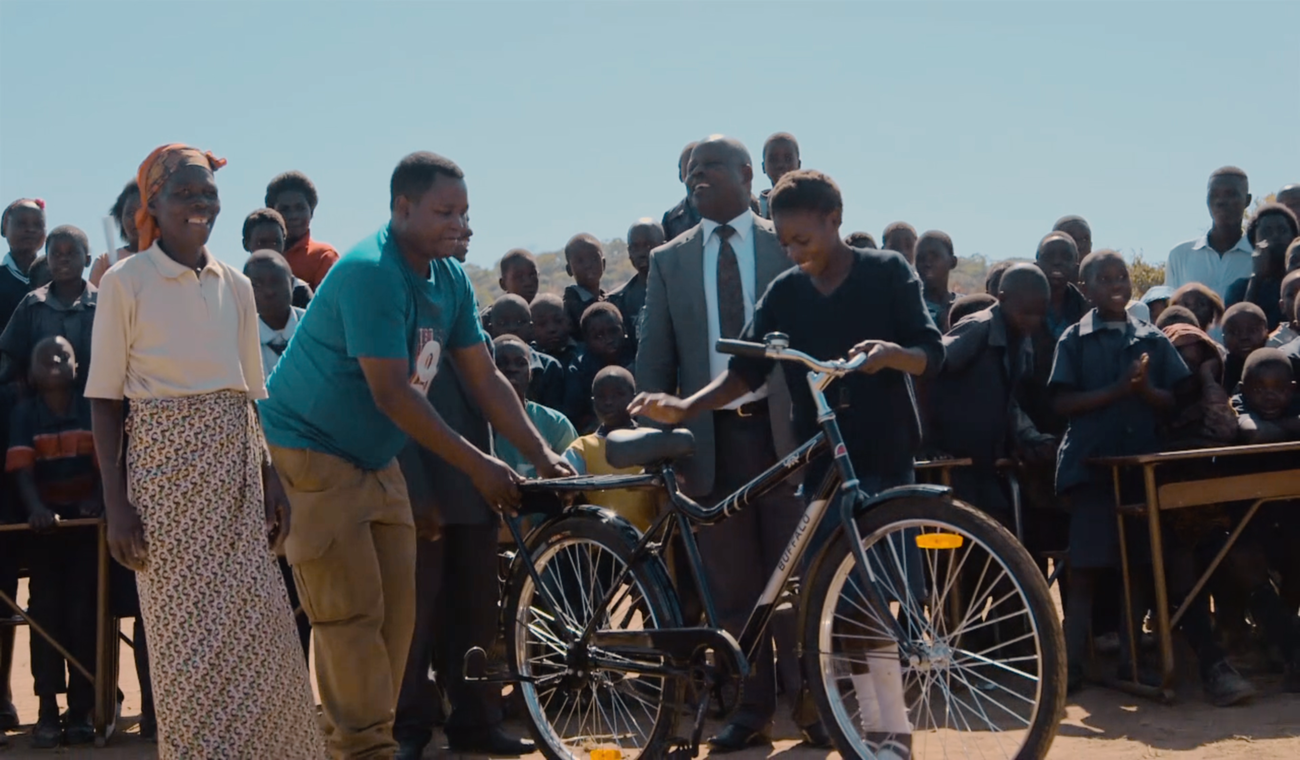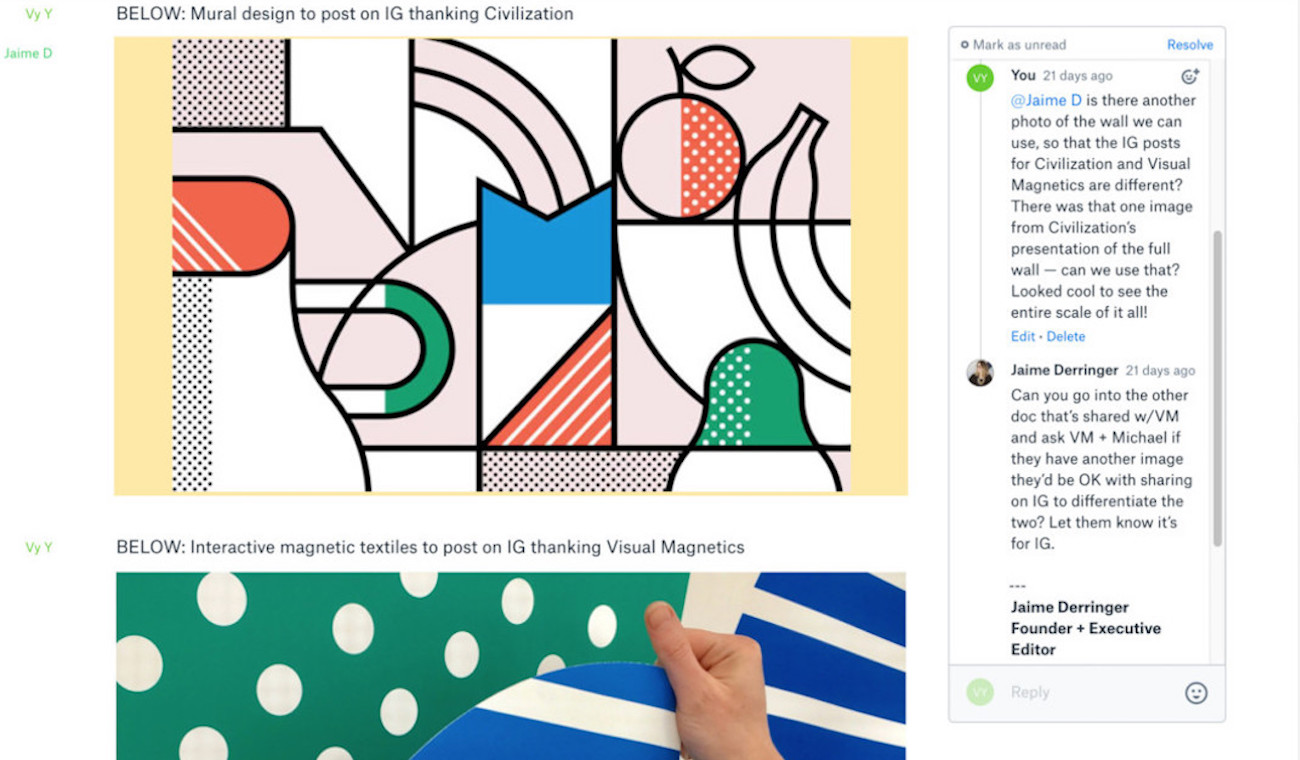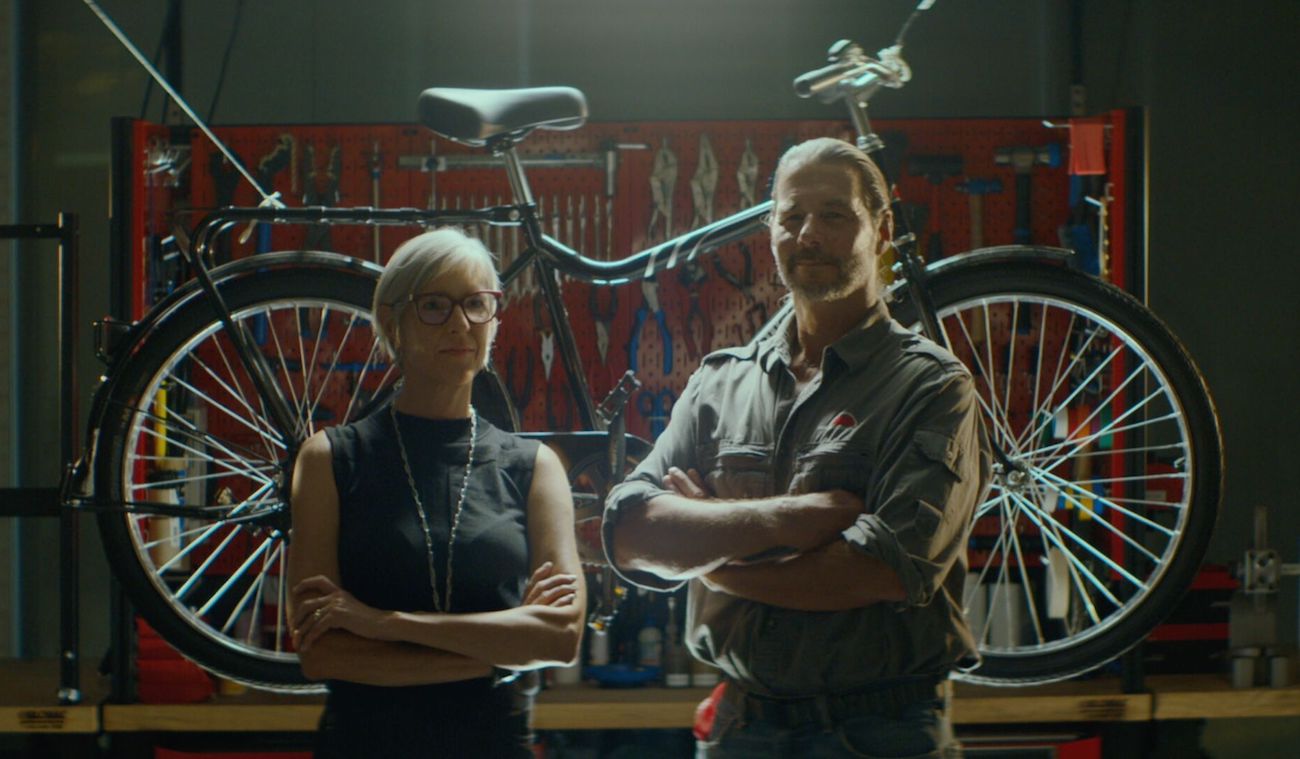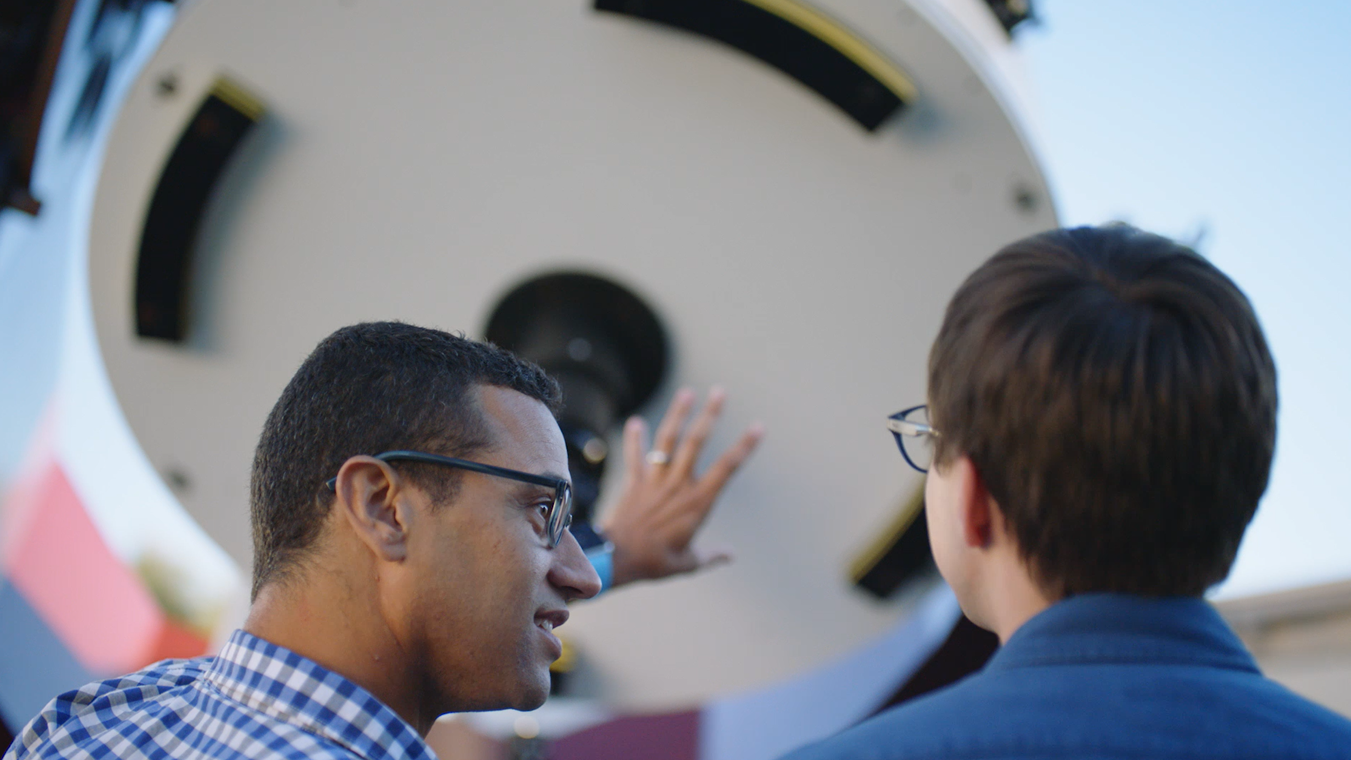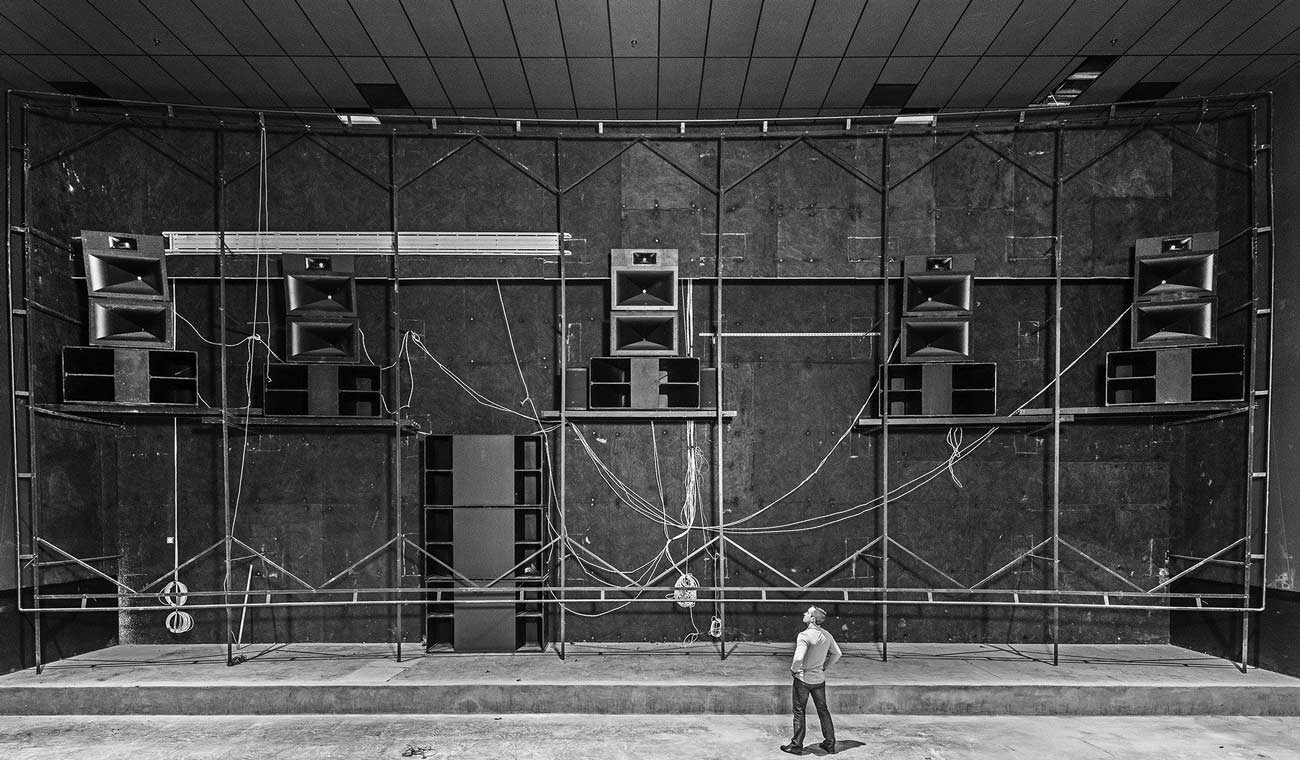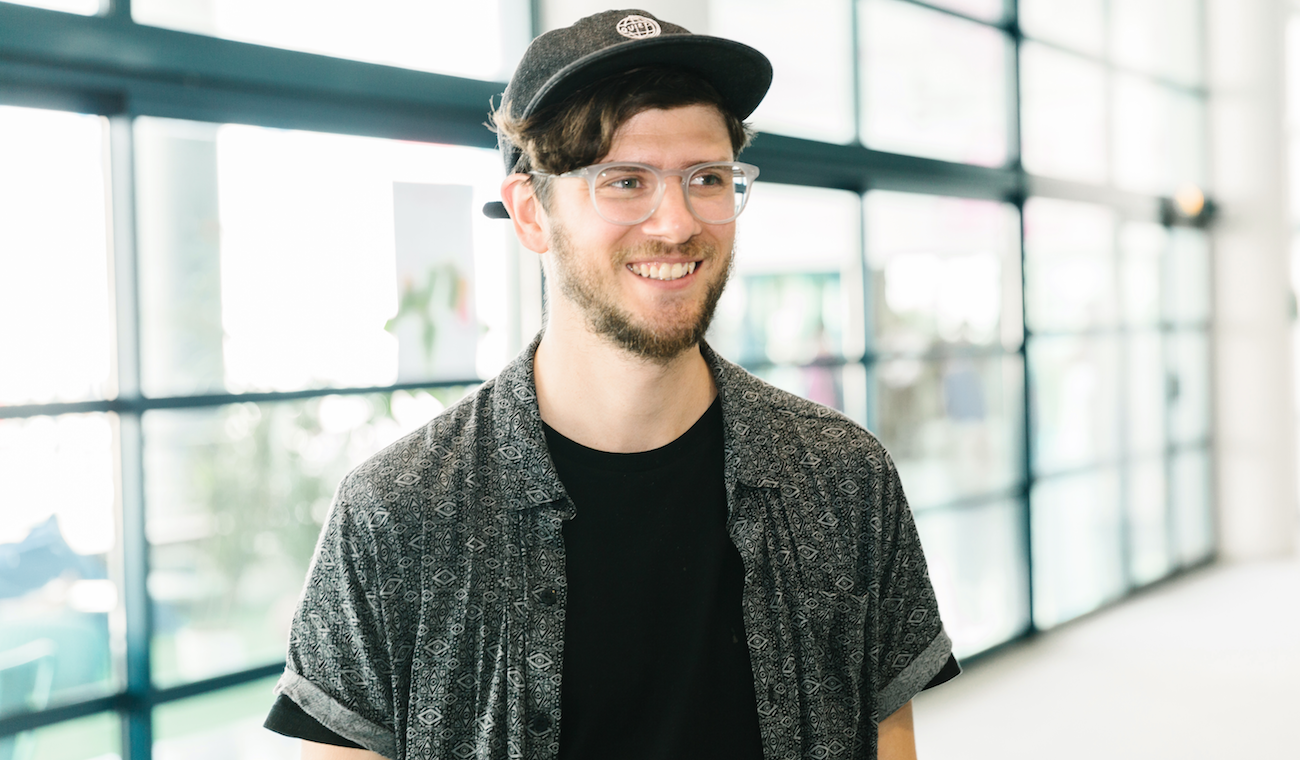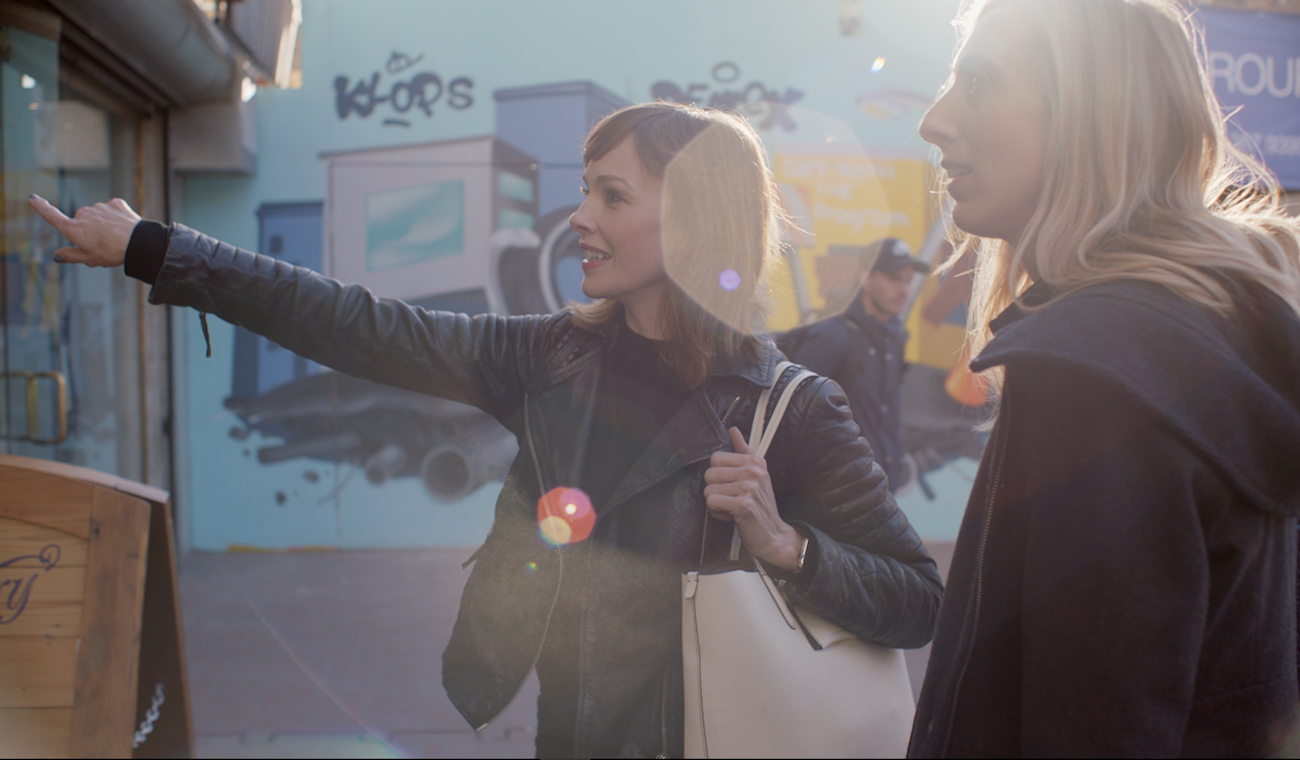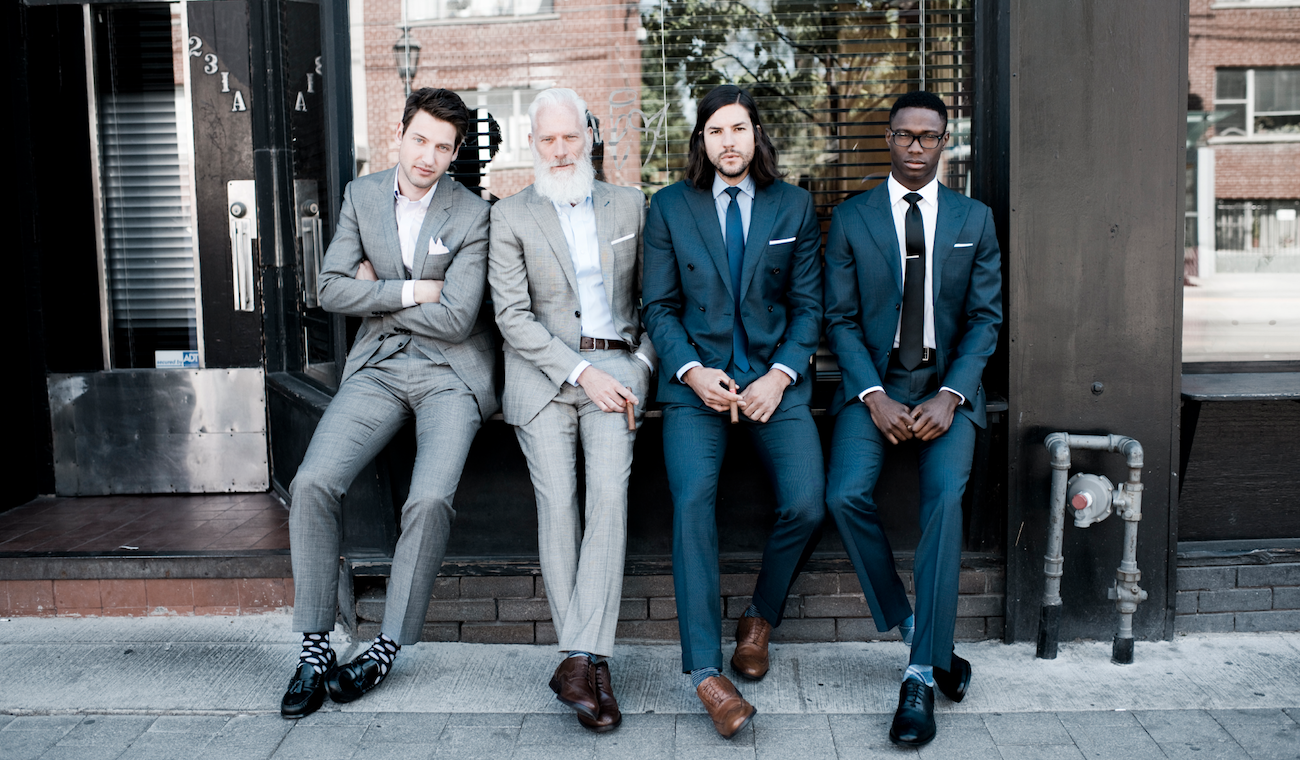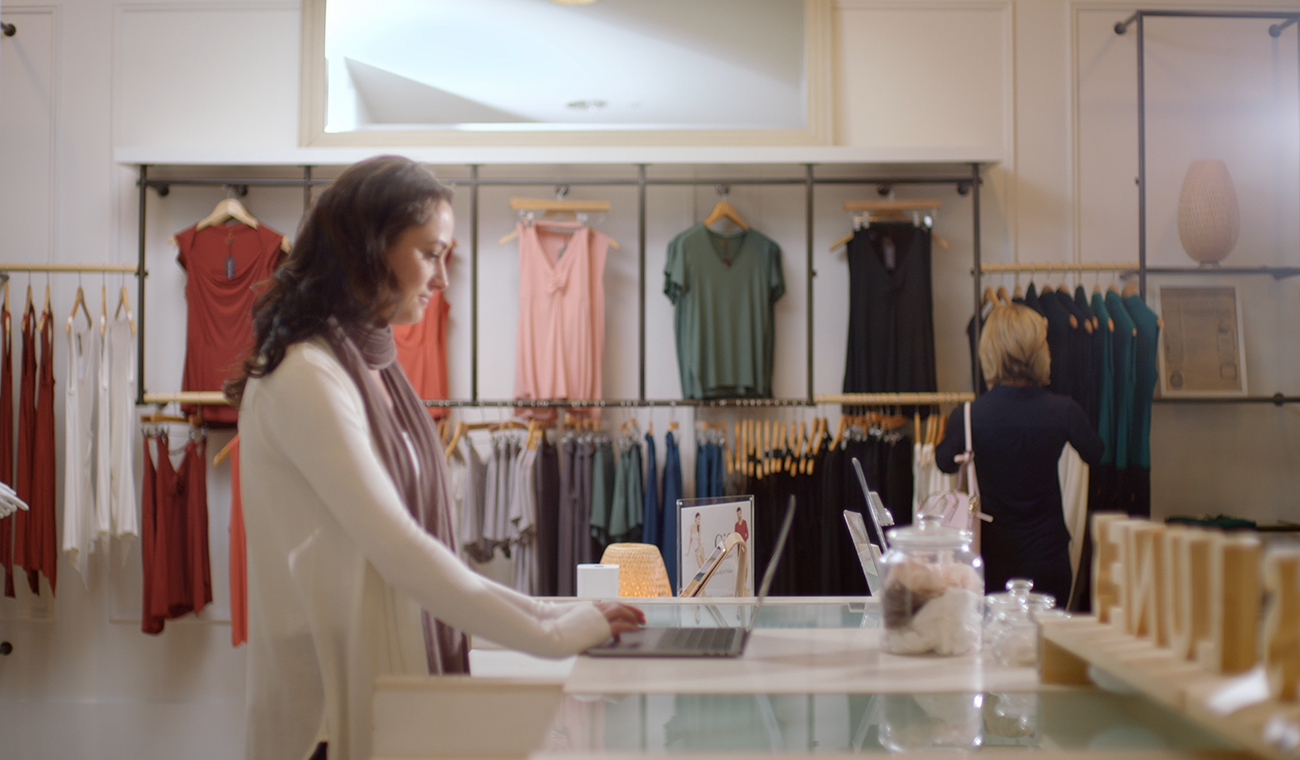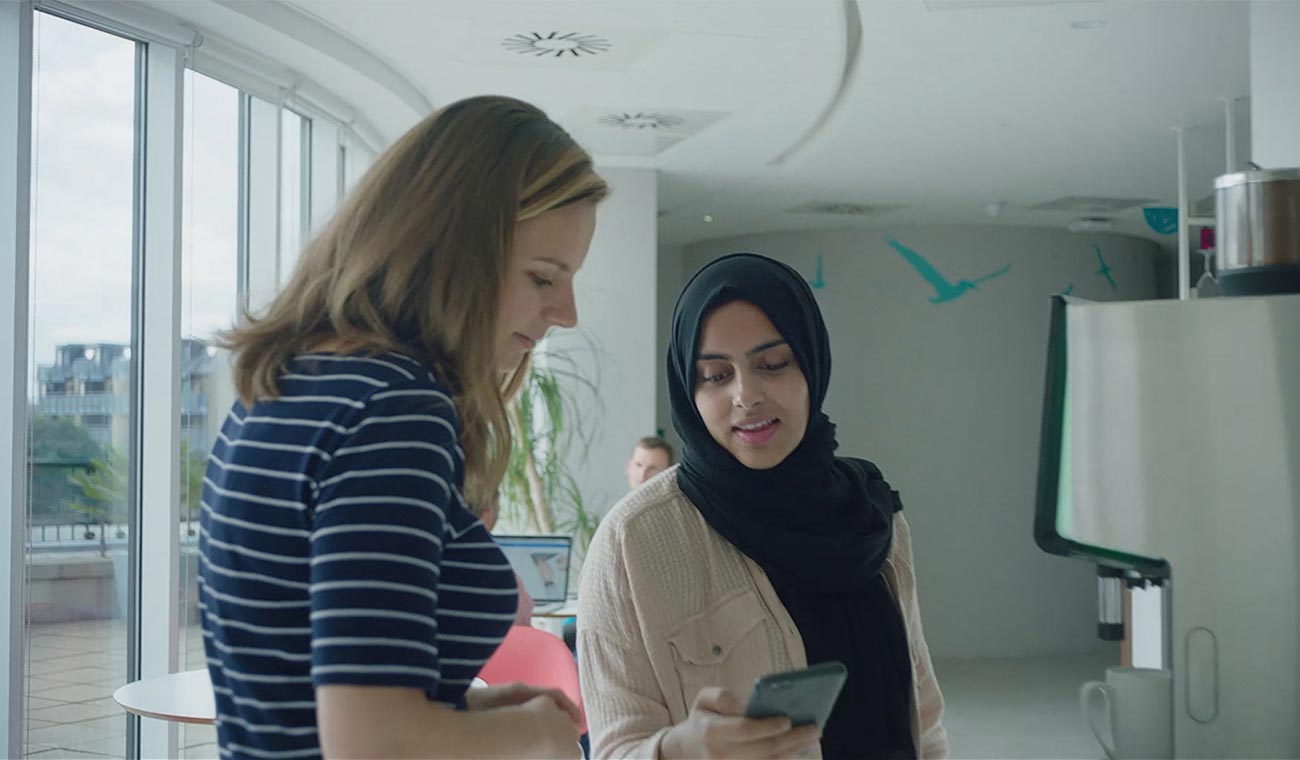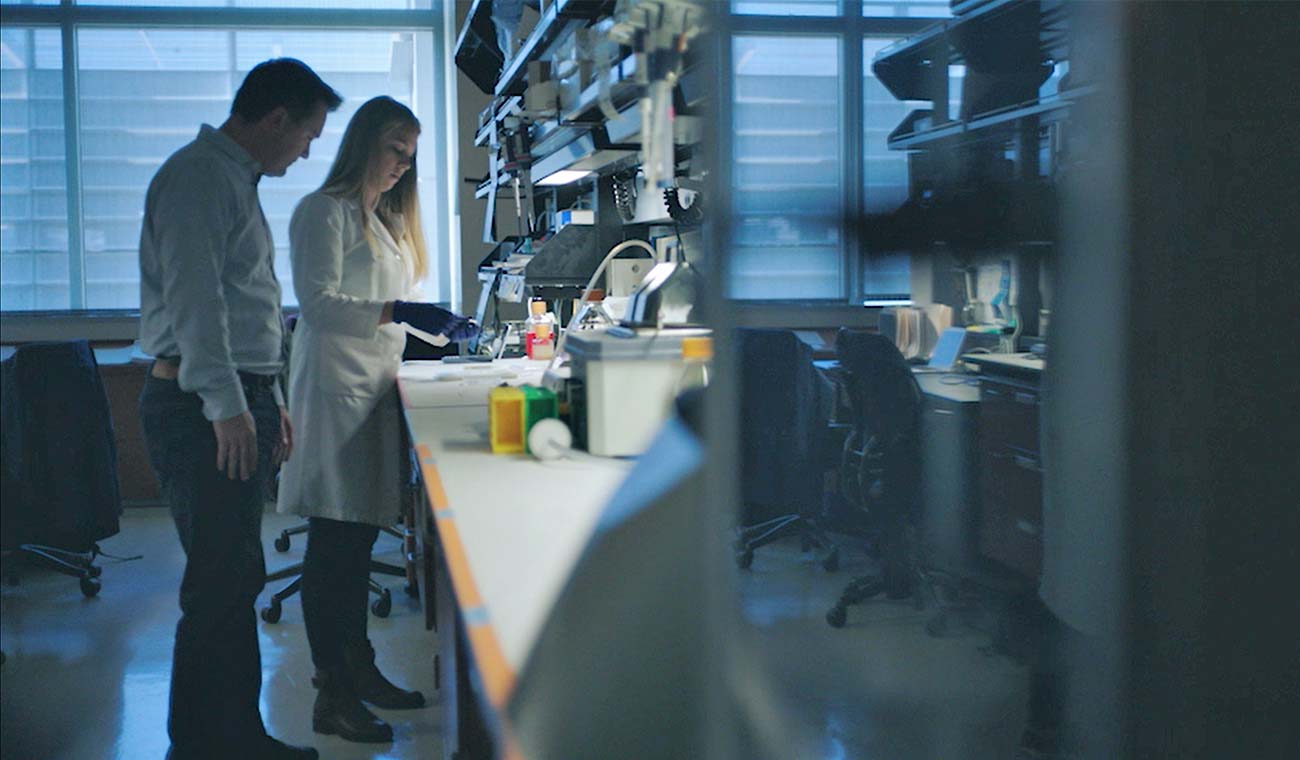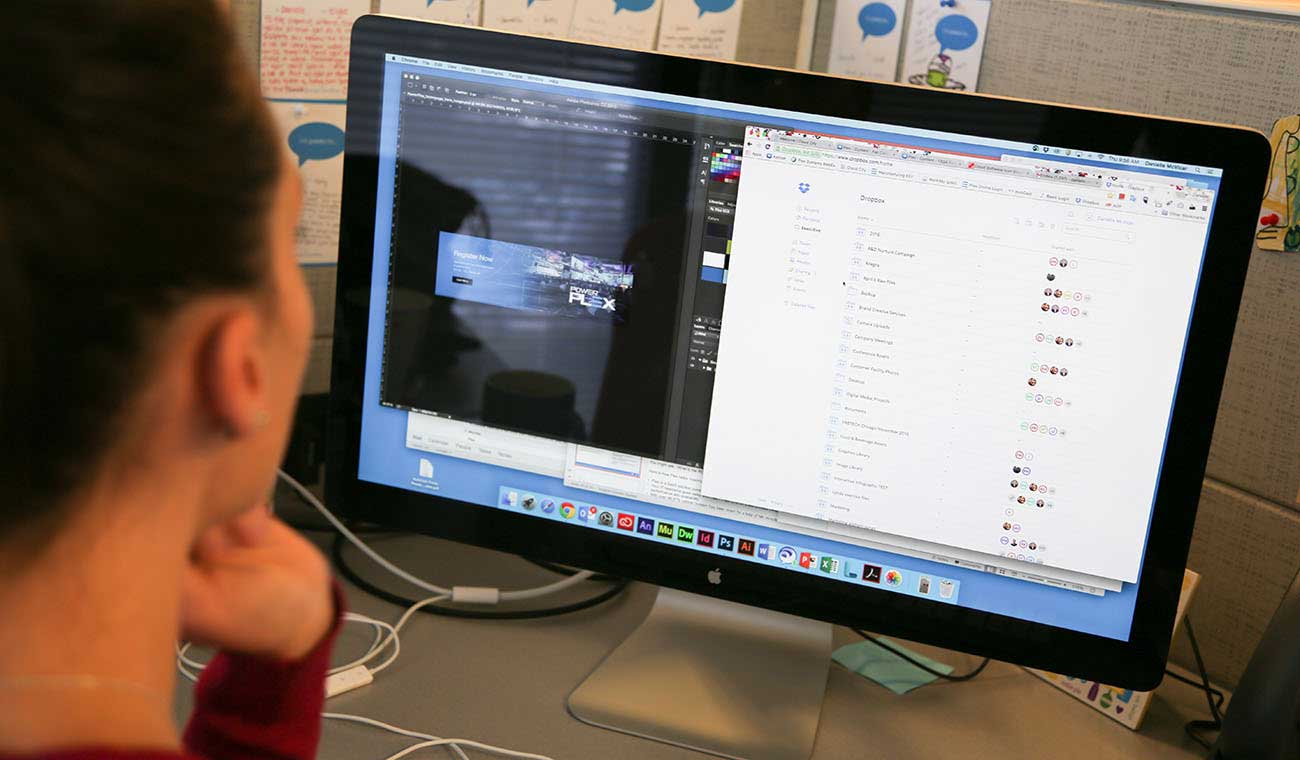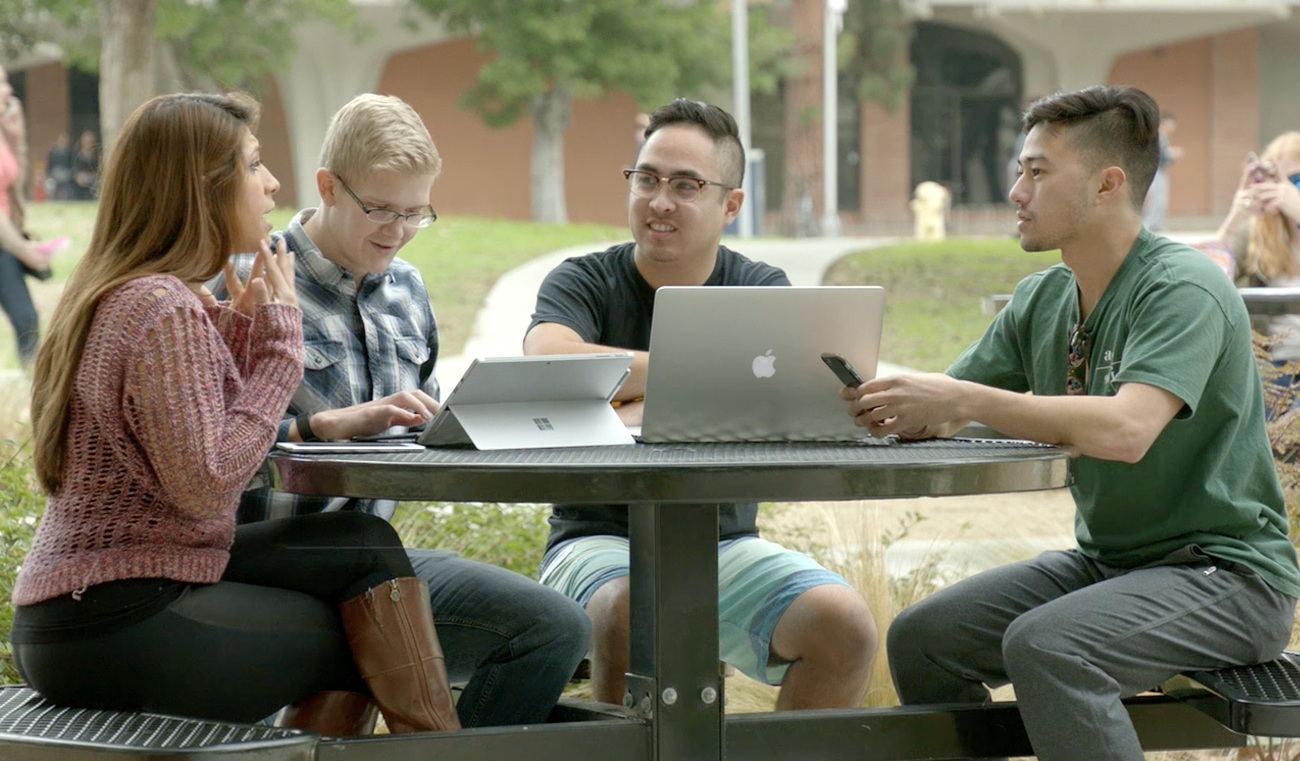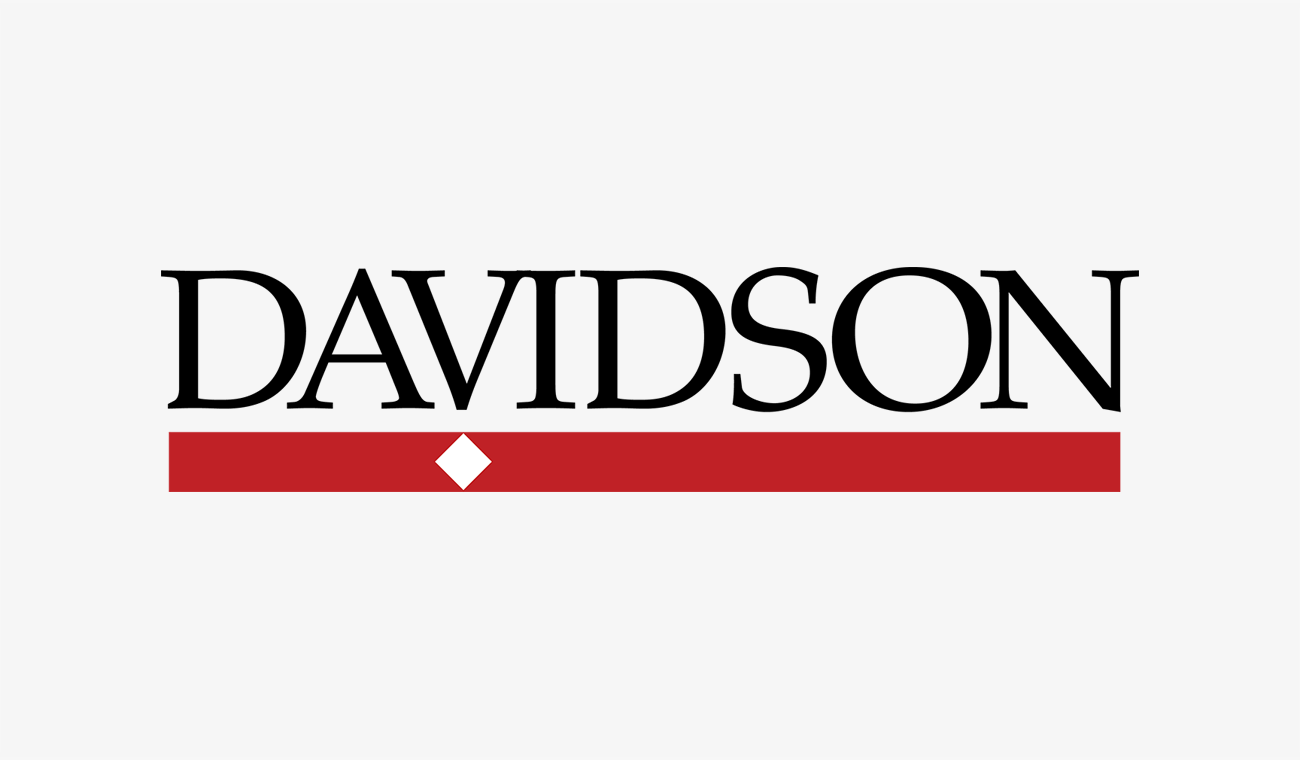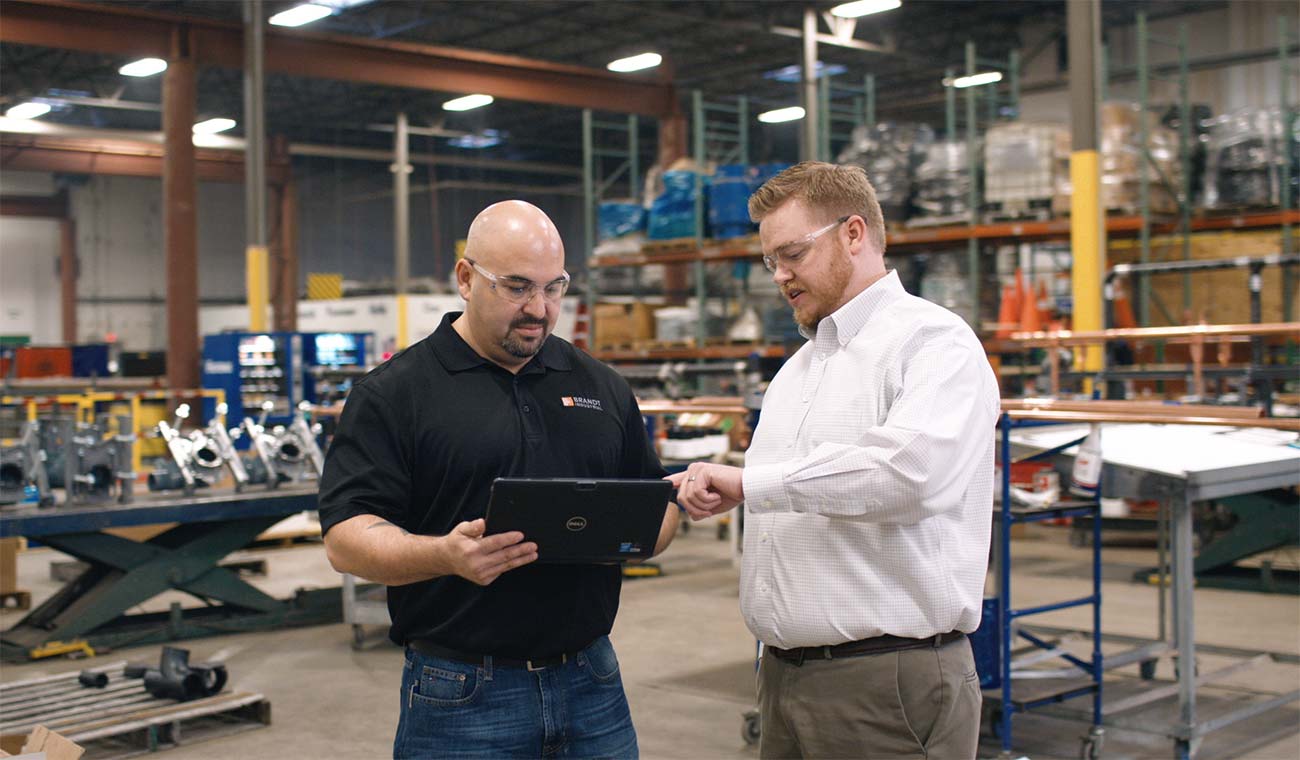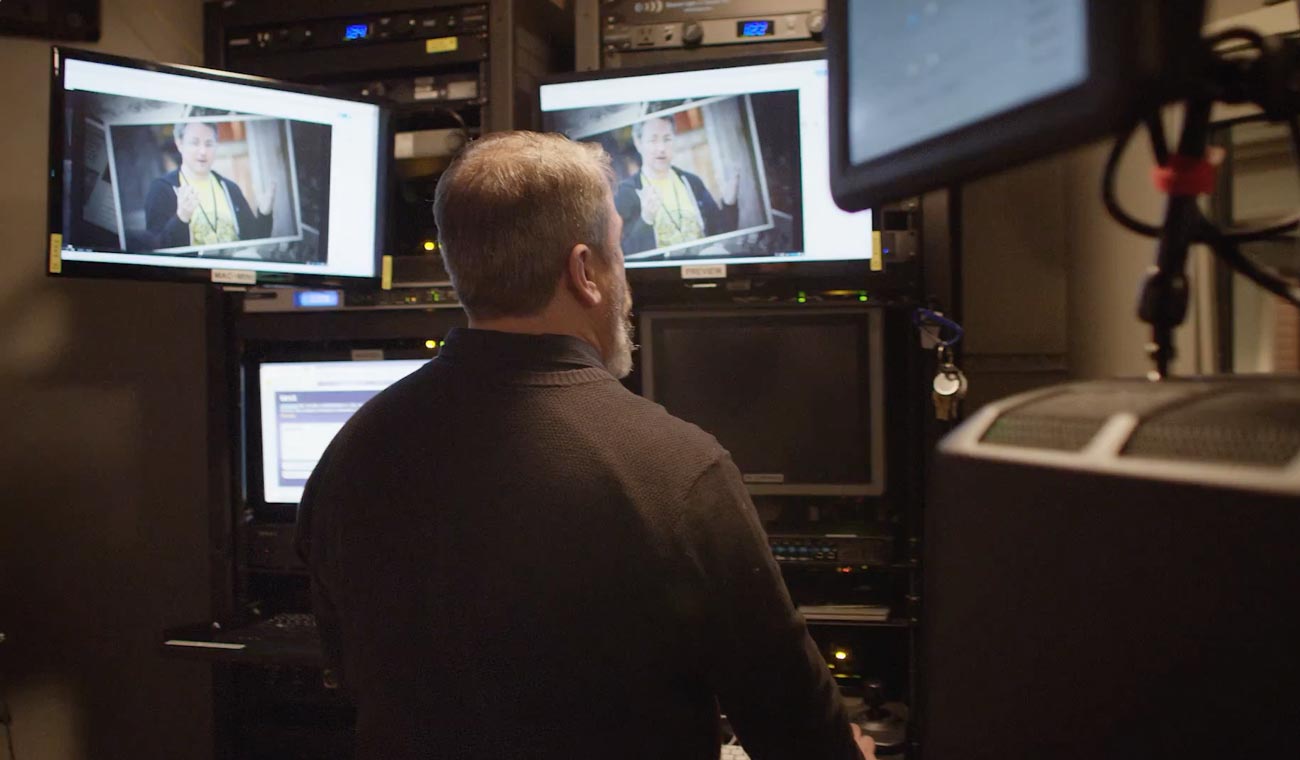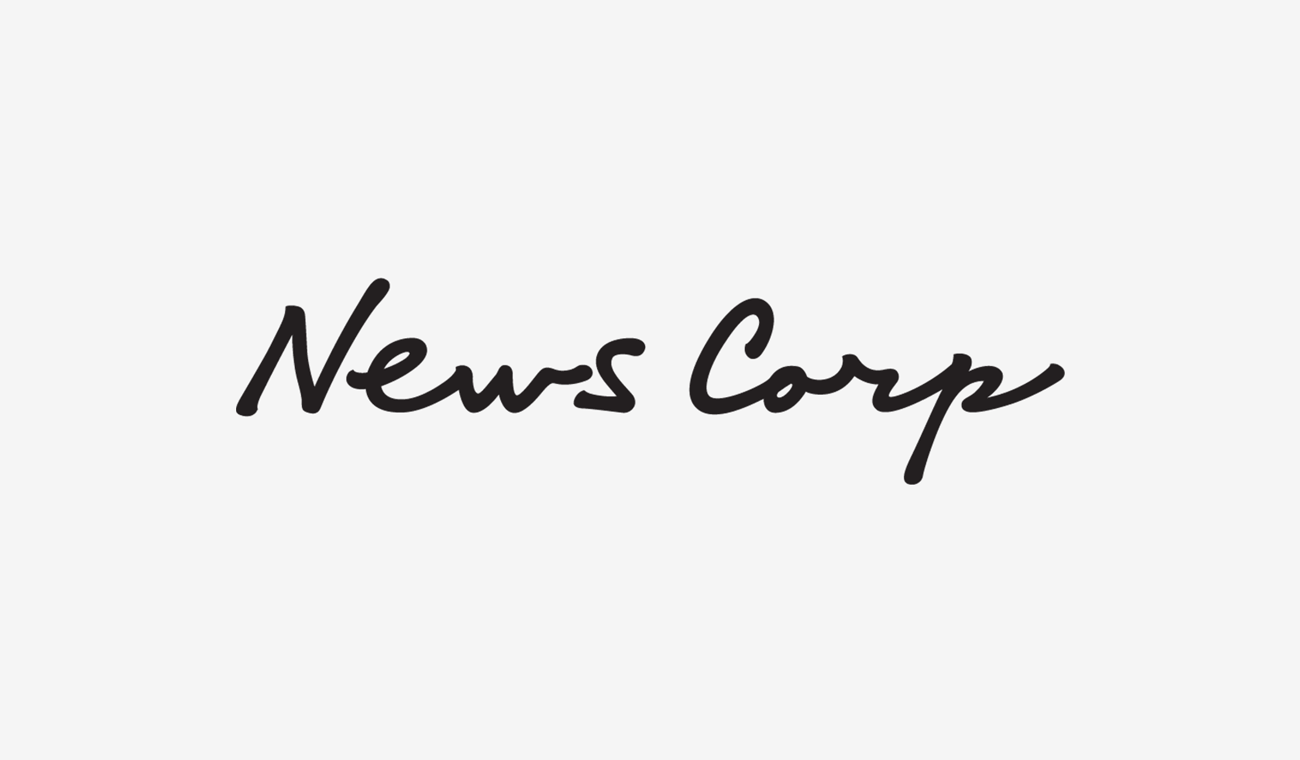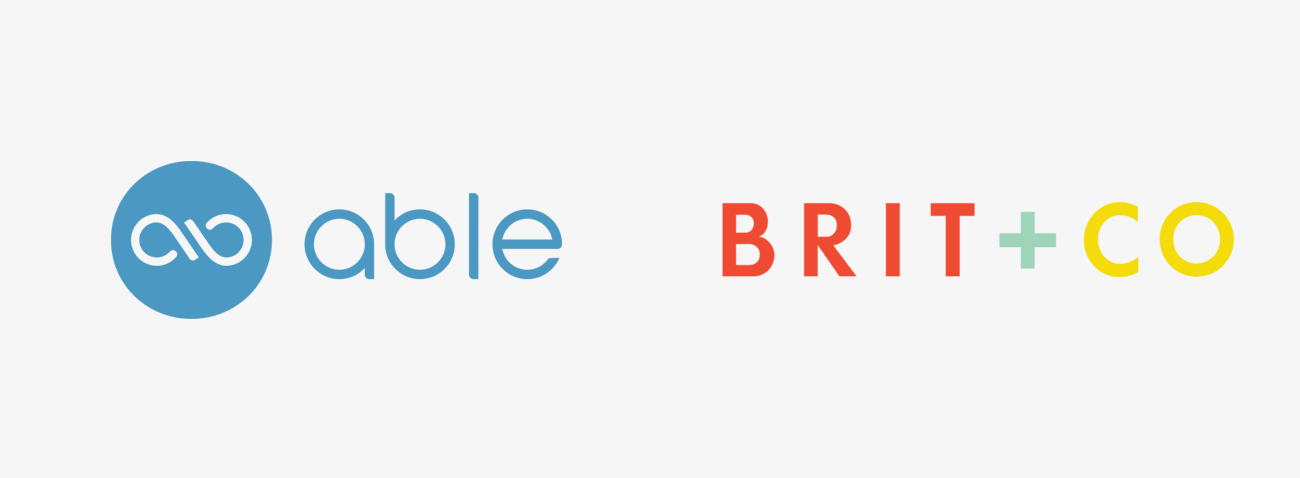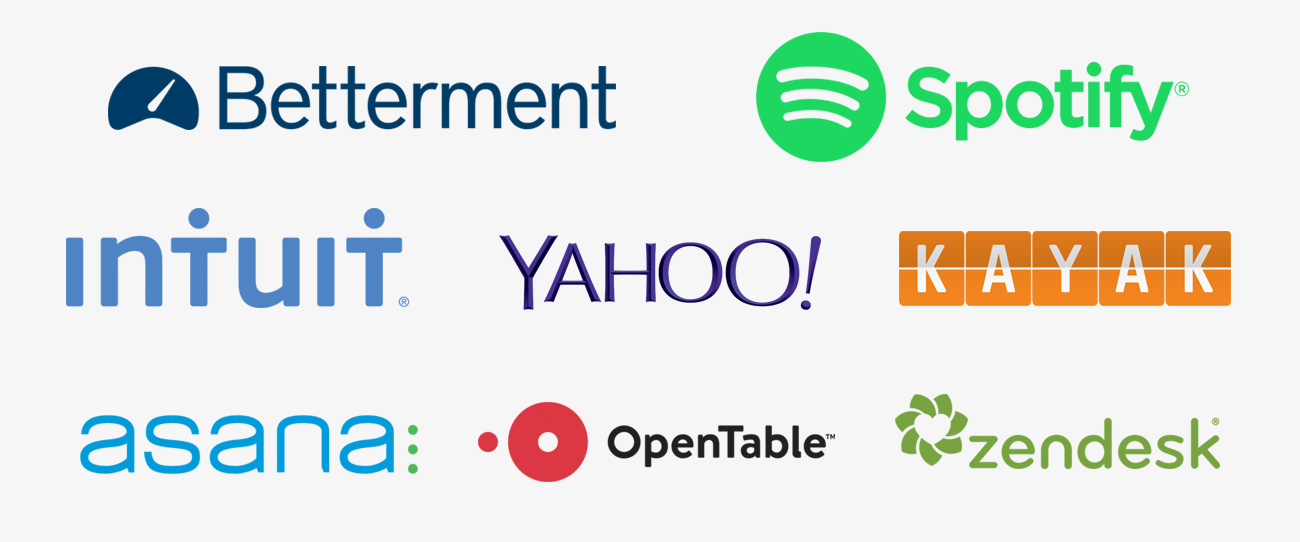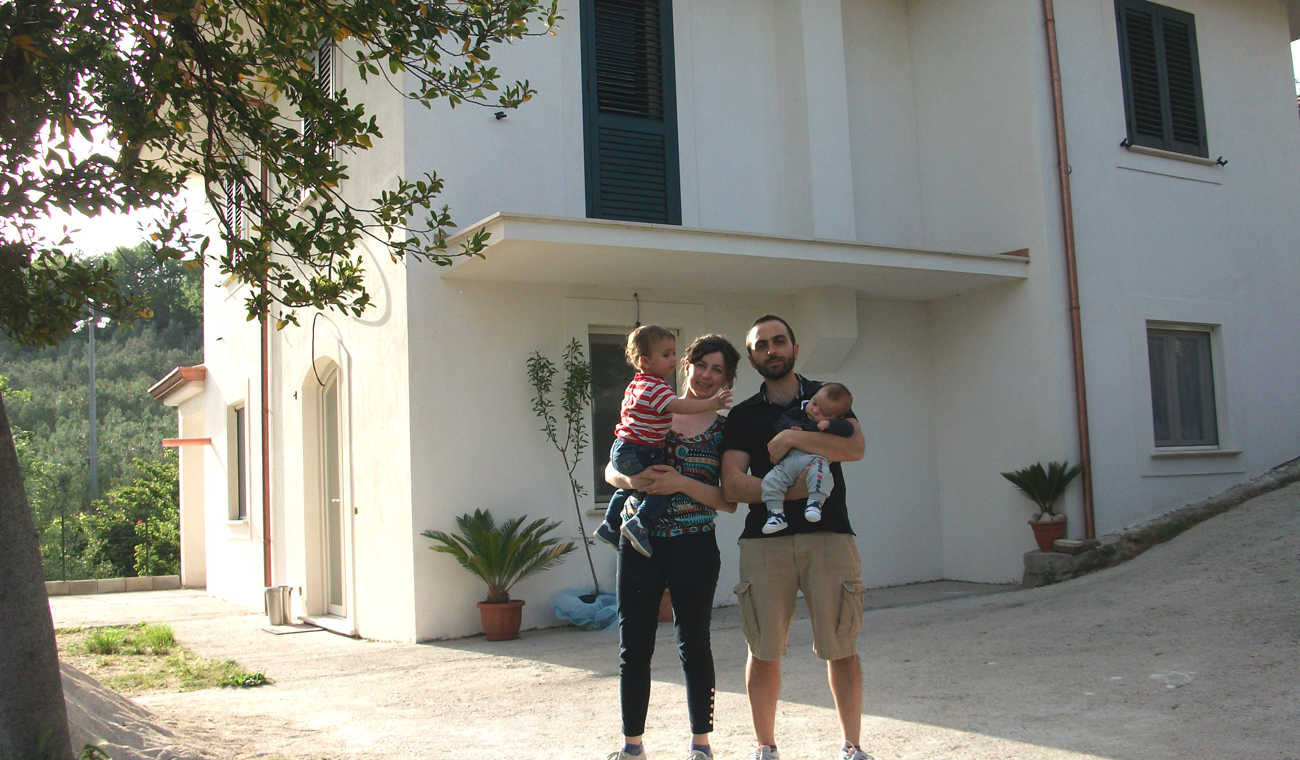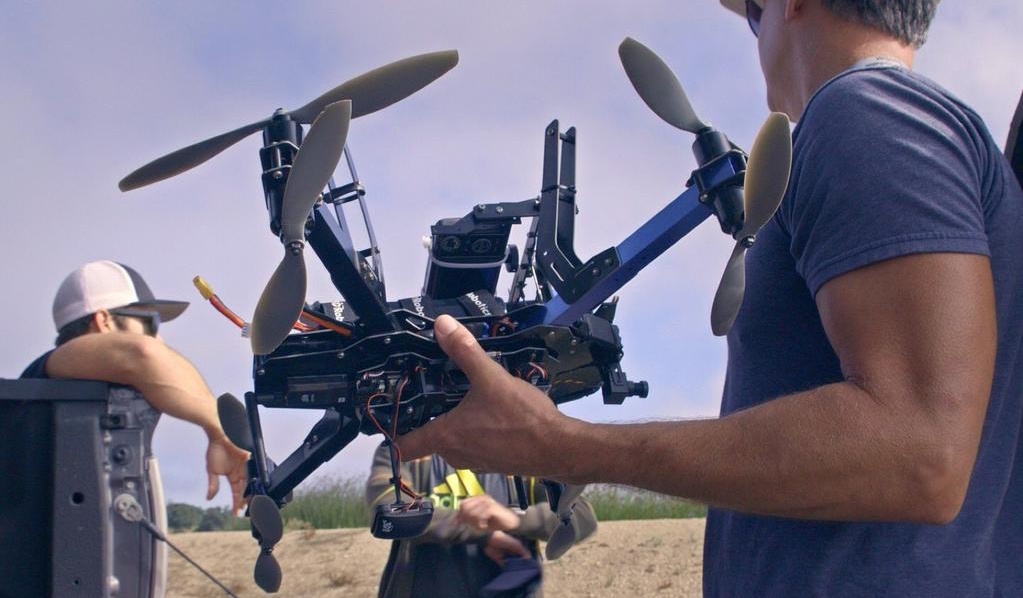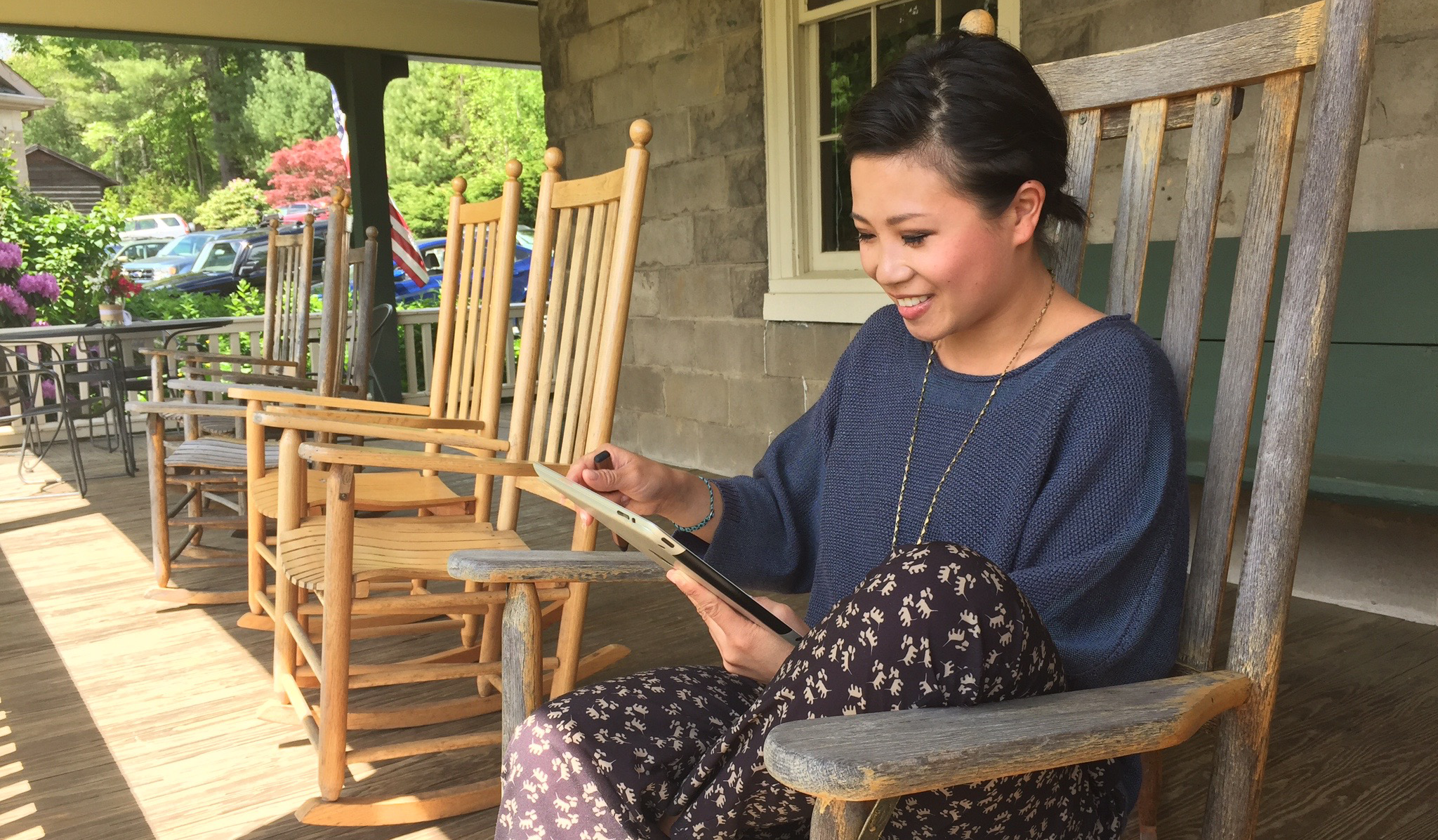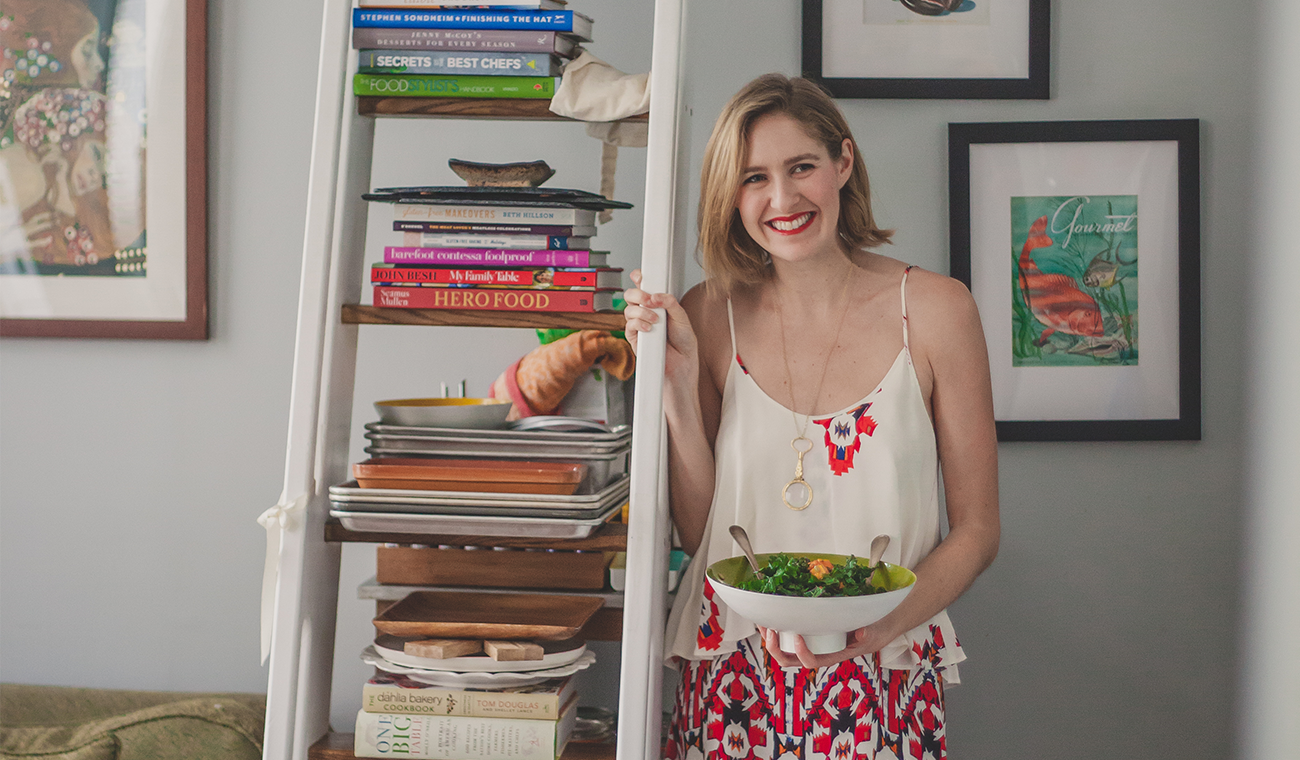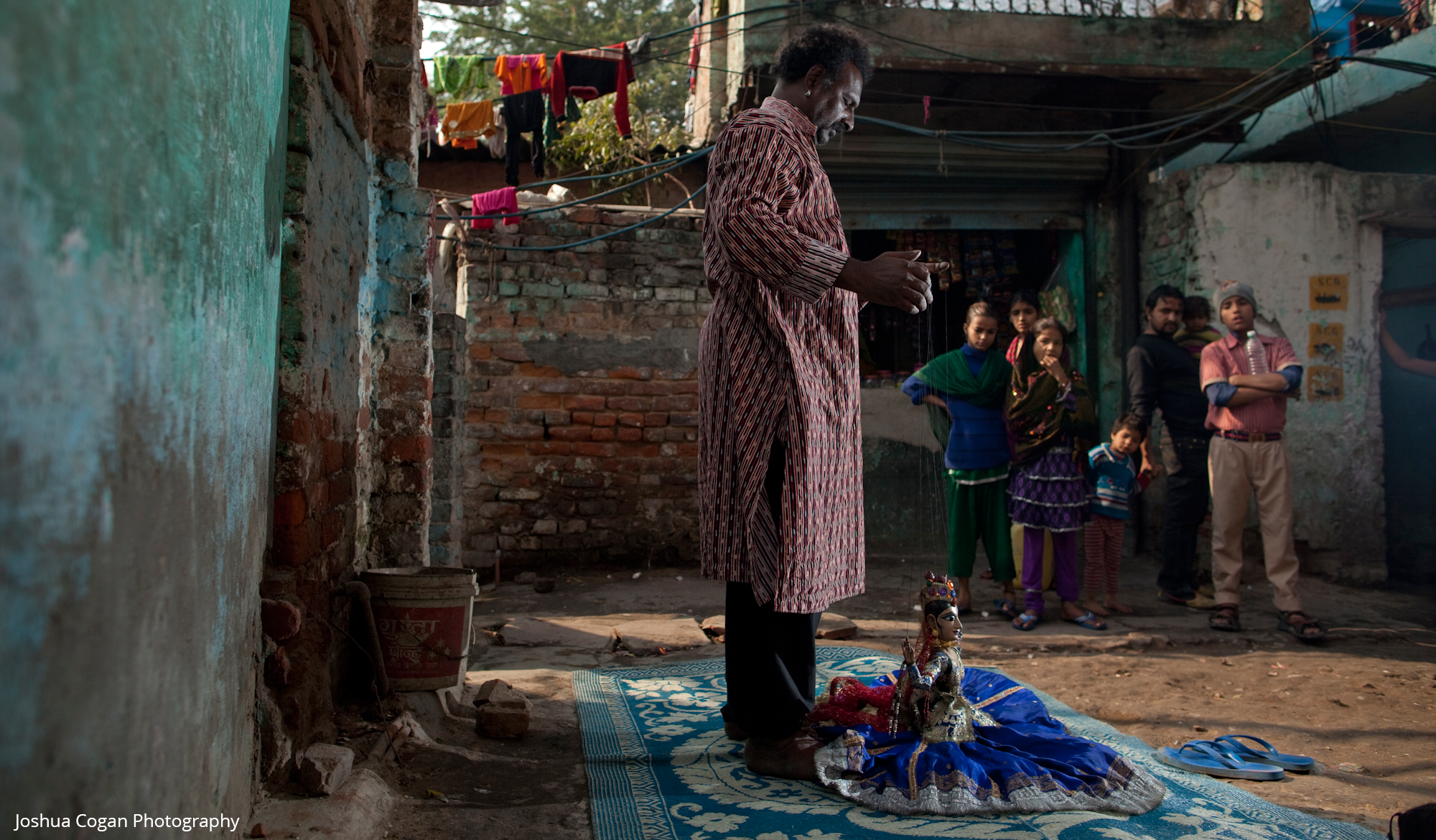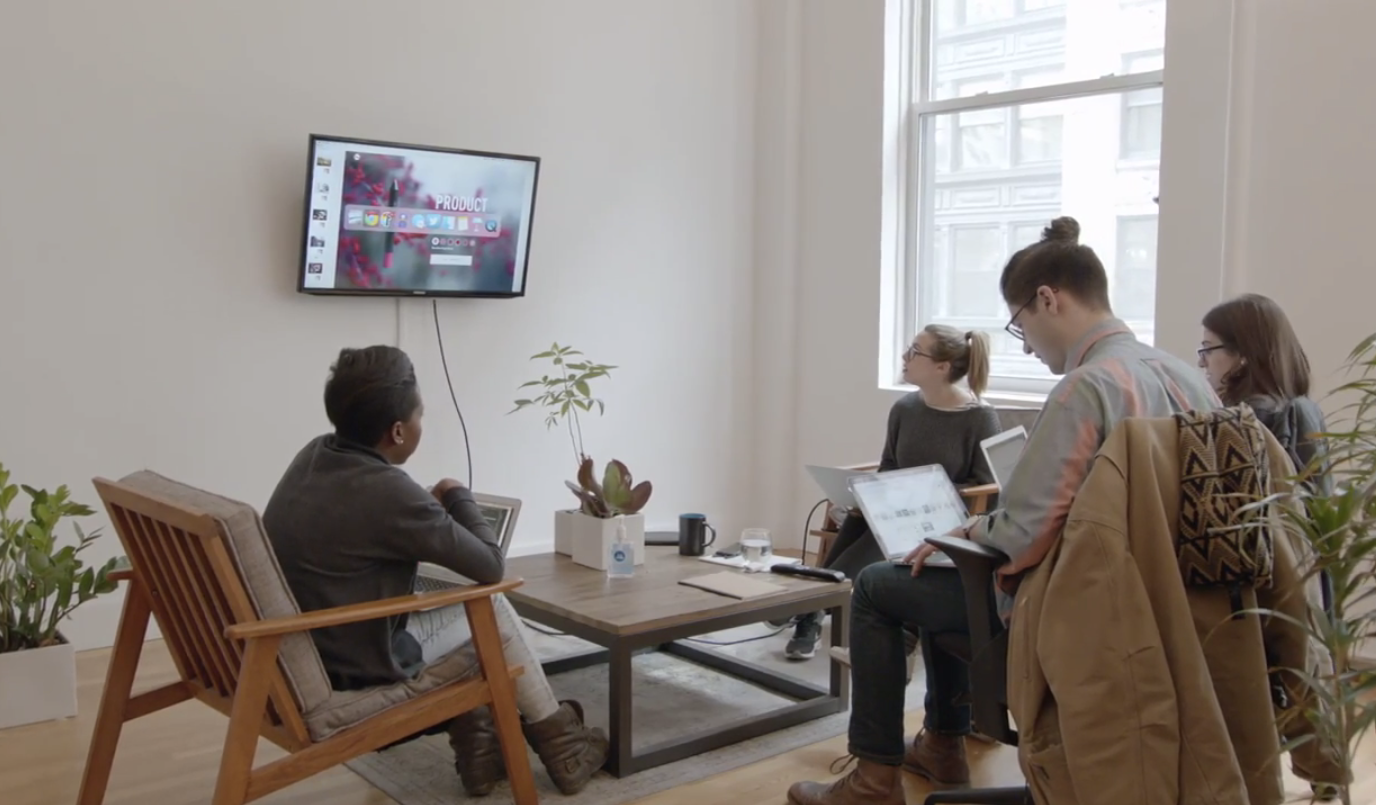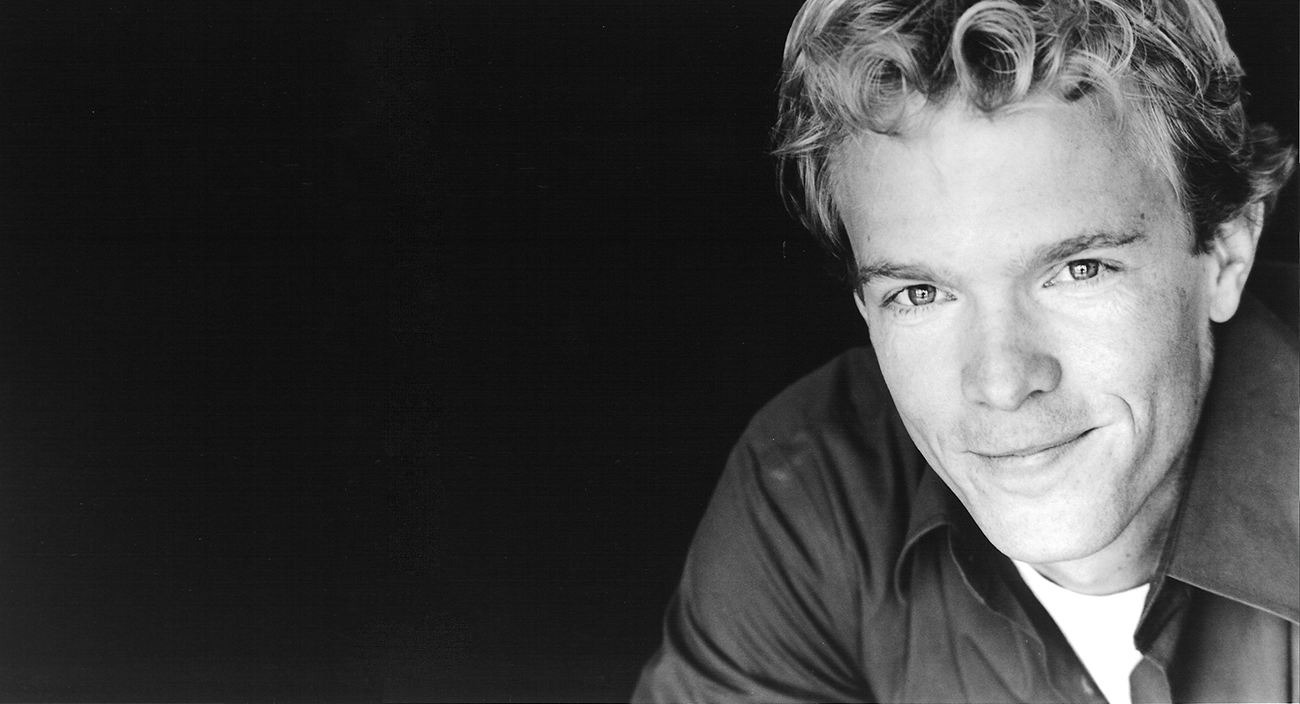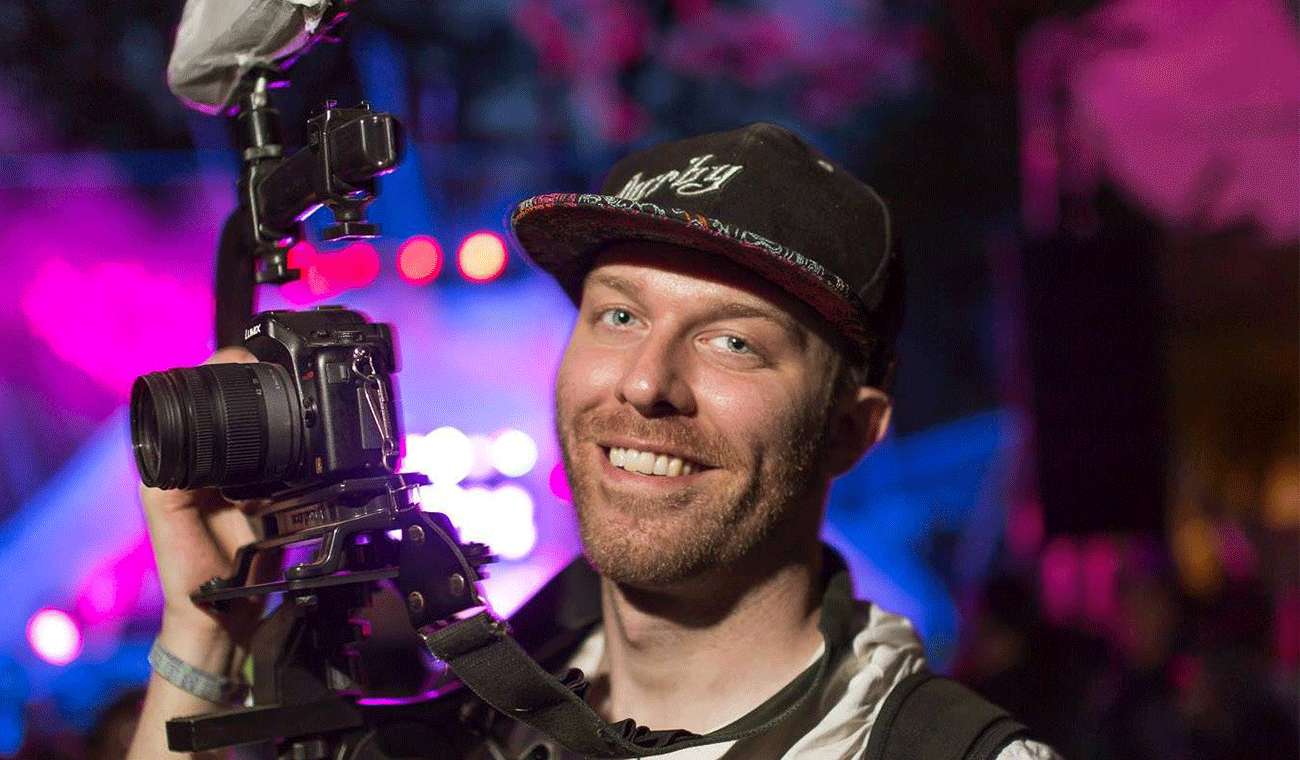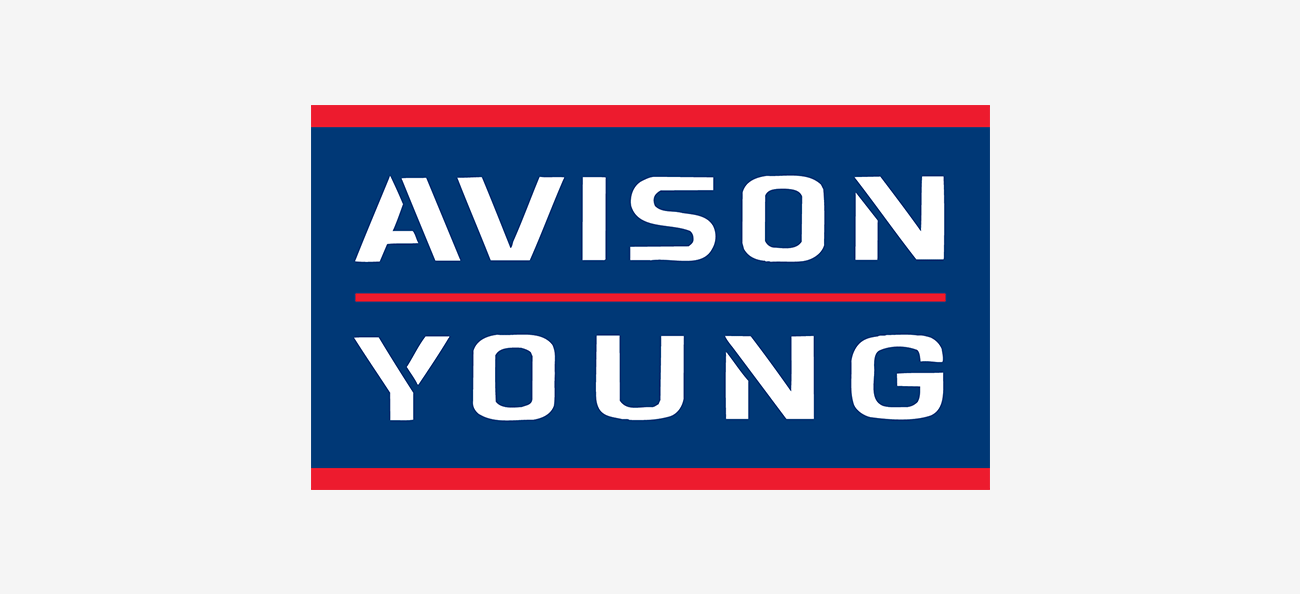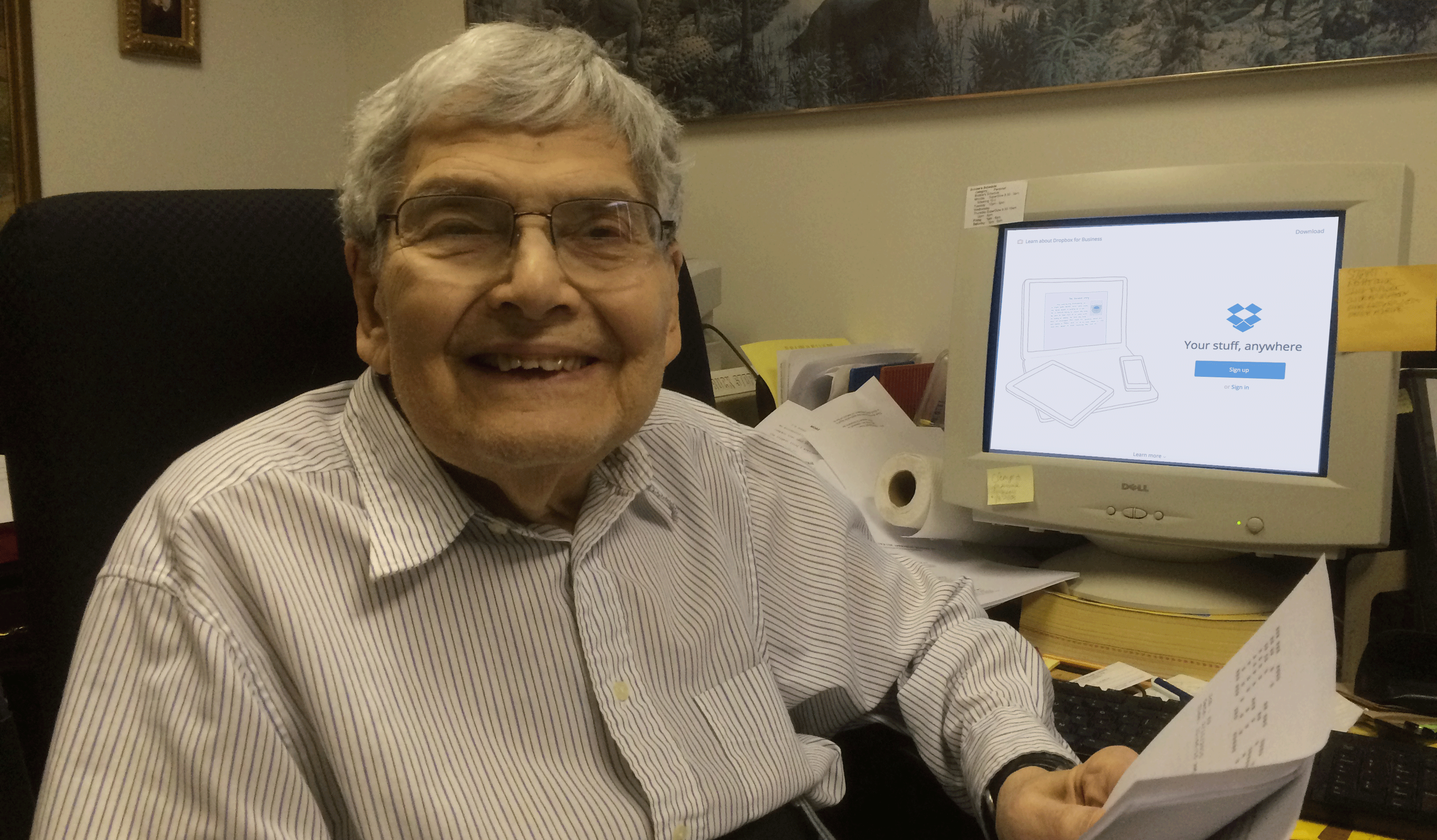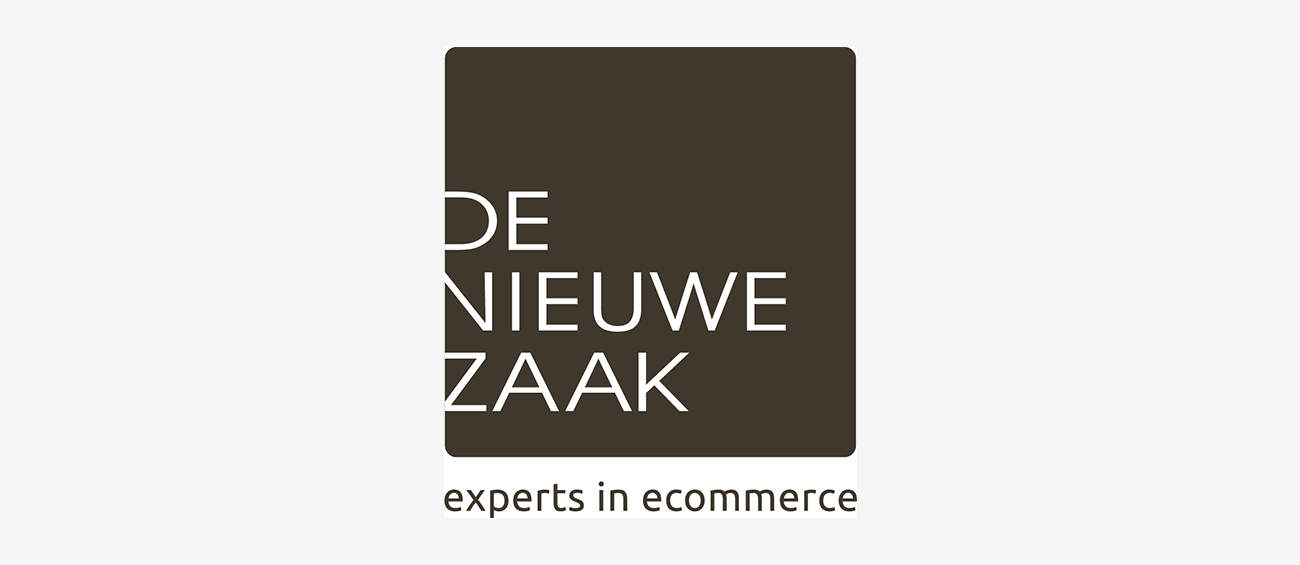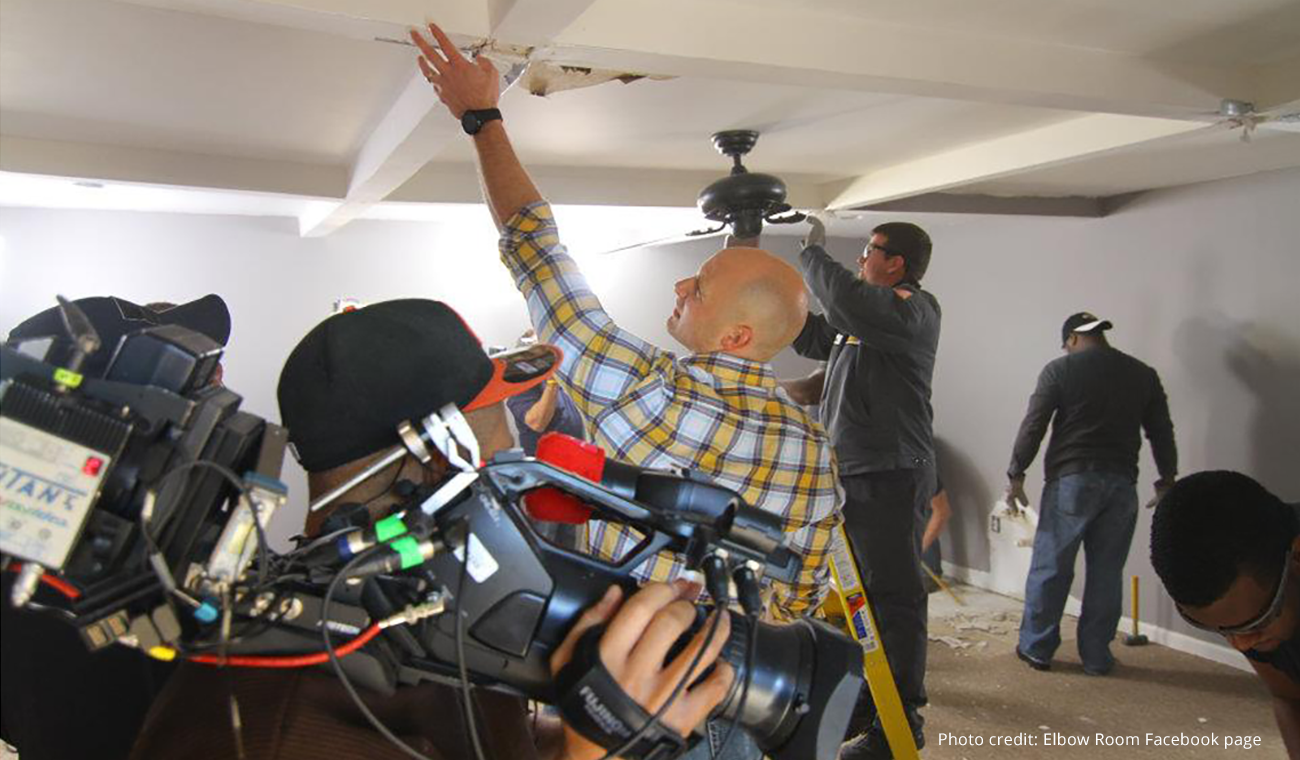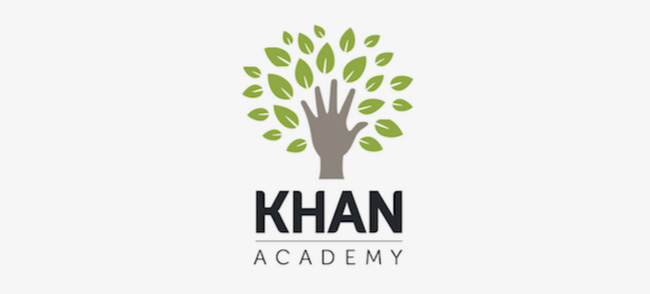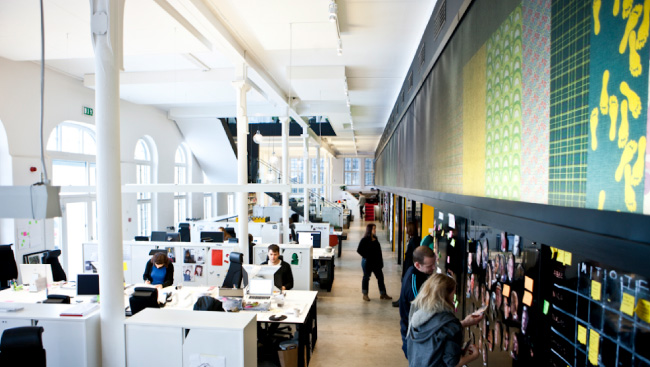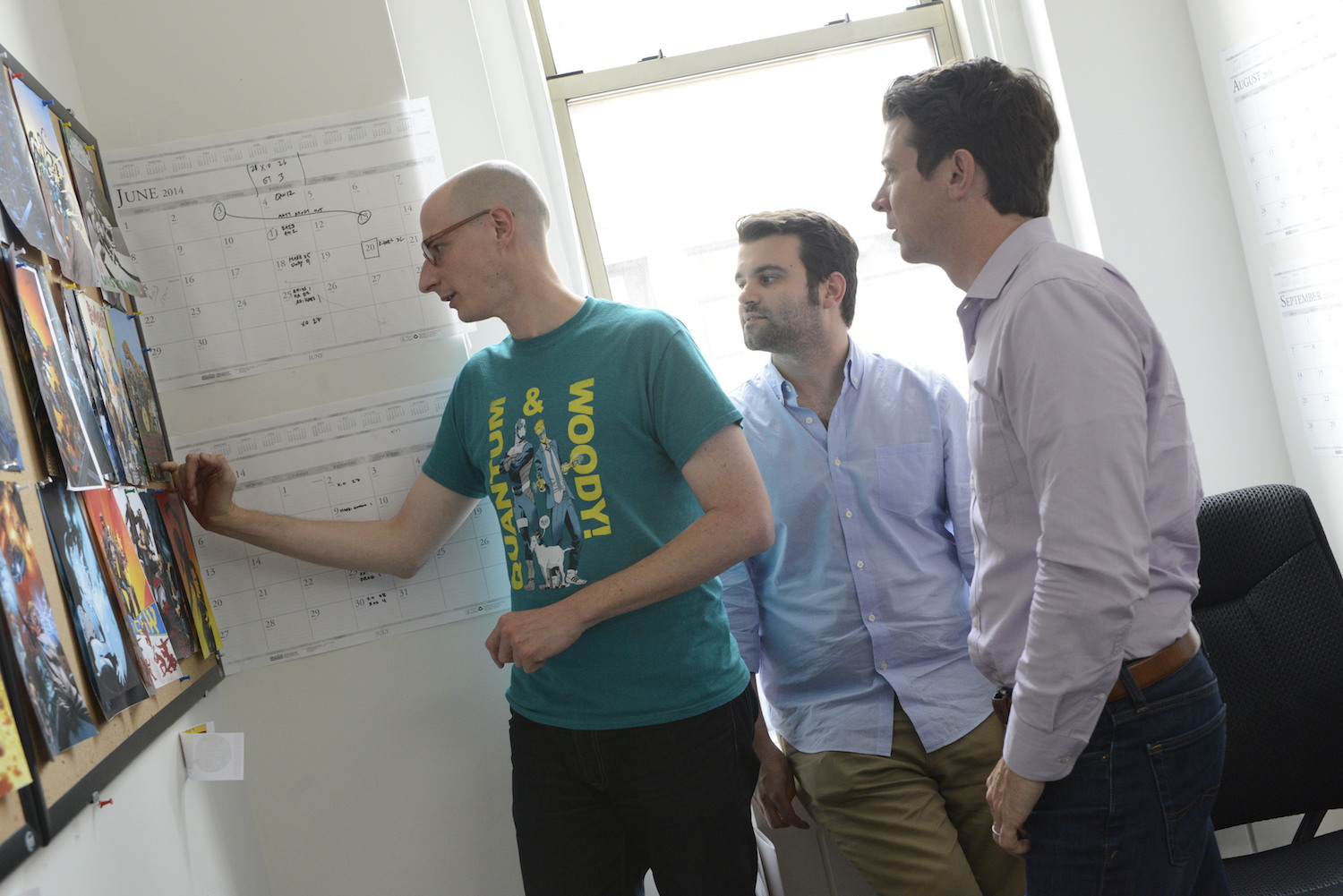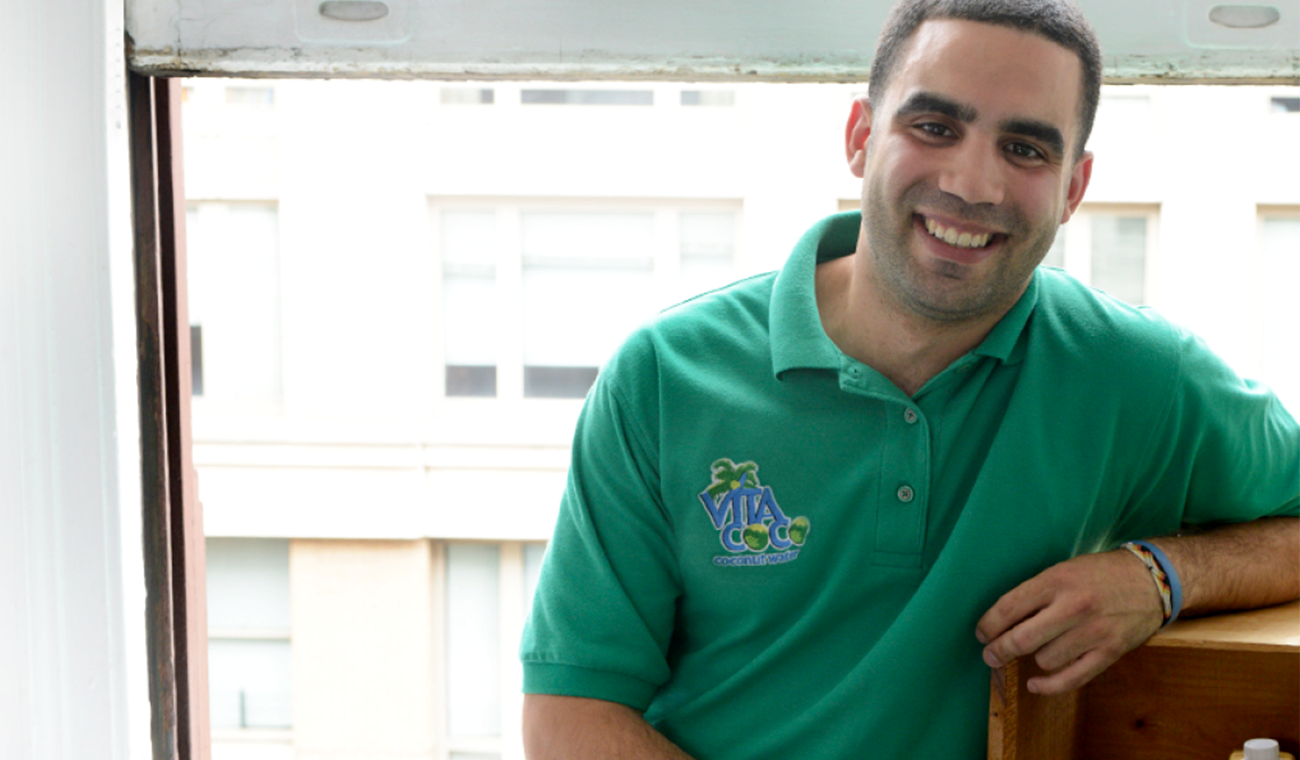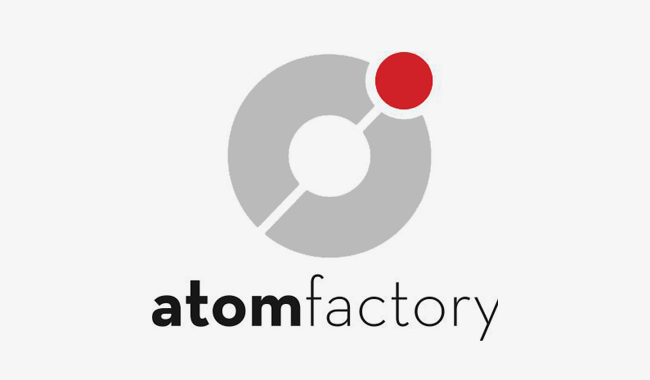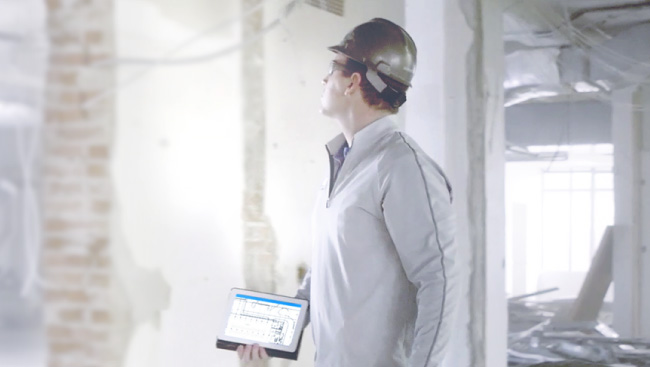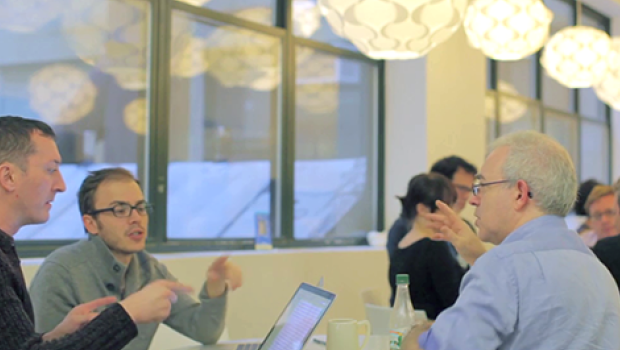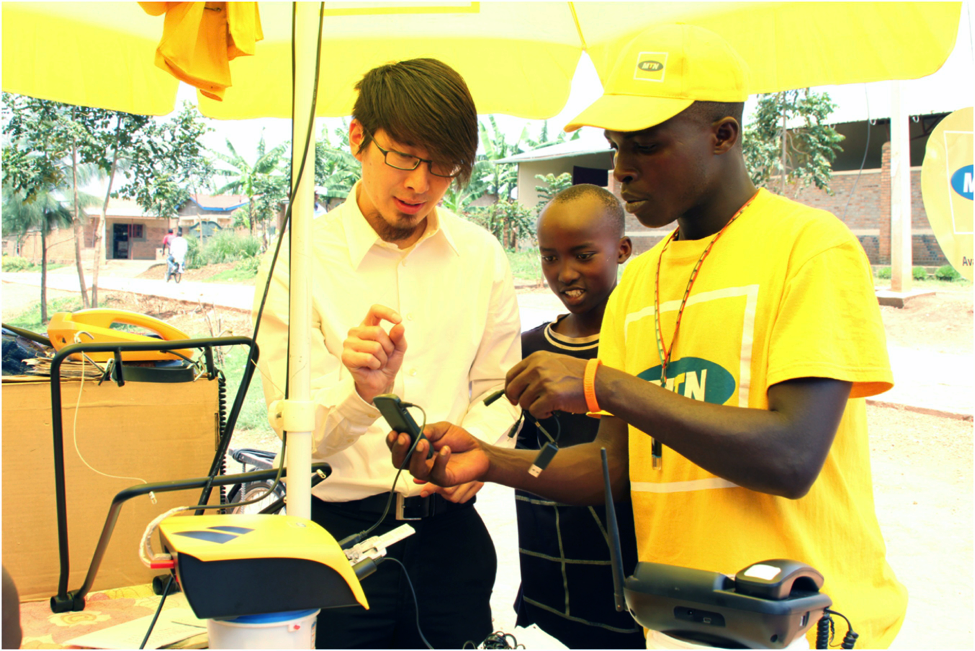
A look inside the private world of legendary photographer Peter Hujar
Published on January 27, 2025
“Peter Hujar’s Day” recreates a single day in the life of an iconic artist. Dropbox helped the filmmakers stay organized and bring their vision to life.
In 2022, producer Jordan Drake created a Dropbox folder for an ambitious film project. What began as a space for legal documents and script drafts would grow to contain an entire world: the meticulous recreation of a single day in the life of one of photography's most compelling artists.
Portraitist Peter Hujar took stark black-and-white pictures that revealed both public persona and private vulnerability: Susan Sontag curled on a bed, Divine lounging in full drag, William Burroughs frozen in eerie stillness. Though Hujar struggled financially in life, his stature has only grown since his AIDS-related death in 1987, with recent retrospectives at the Morgan Library and Venice Biennale putting him in the canon of American photography with contemporaries like Robert Mapplethorpe. (One of his photos is the cover of the haunting novel A Little Life.)
Now at Sundance, Peter Hujar’s Day lets us experience the artist in his prime. Instead of crafting a traditional biopic spanning years, director Ira Sachs (Keep the Lights On) focuses on a single conversation from 1974, when Hujar recounted to friend and author Linda Rosenkrantz every event from the previous day—one he thought unremarkable at the time, but which proves transfixing in its intimacy. The film recreates this dialogue verbatim, bringing Hujar's own words to life through can’t-look-away performances by actors Ben Whishaw (Skyfall) and Rebecca Hall (Christine).
Through cinematographer Alex Ashe's careful attention to light and shadow—candles burning down, cigarettes shortening—we feel time passing in this Manhattan apartment. As the discussion unfolds, the mundane details like phone interruptions, tedious darkroom work, and chance encounters illuminate larger truths about artistic process, creative doubt, and life in a vanished New York. Drake walked us through the journey from first folder to finished film.
Biopics seem to be everywhere right now, but this one takes a different route.
We're in an era where films are subverting expectations and formats. Anora shows us a sex worker's story without violence or tragedy; Sing Sing gives us prison life without gang warfare. While this is about someone's biography, it's not trying to show their life across 10 years or multiple interactions. It's about how you can show who someone is in just one day. There's something special about getting something much more intimate and simpler, and hopefully more profound, than what you expect from a biopic.
The contained format—and recreating the feel of 1970s New York—must have presented its own challenges.
Right. When you're trying to tell a story limited to one conversation with two actors, every decision gets magnified. Your location matters so much more, your sound design matters so much more. How you shoot each frame matters more because there's no opportunity for them to get lost in a wider tableau.

"There's a moment for every project where you first create a Dropbox folder..."
Walk me through the life of this project.
There's a moment for every project where you first create a Dropbox folder. At some point in 2022, I created a folder called “Peter Hujar's Day,” and now, three years later, that folder is where the film lives. It starts with legal paperwork to option the book, transitions into financing paperwork, then the script and its variations.
As you get into pre-production, you're building out an entire world in there—contracts, location photos, reference materials. During production, it becomes this hub where the team is sharing daily reports, continuity notes, everything we need to stay coordinated.
At a certain point the film wraps physical production and goes into post production, and suddenly Dropbox becomes this place where you're starting to share clips and exports and scenes and references and stills. You're going through, trying to send a shot off to a VFX artist or sending an excerpt from the film or asking somebody to review a color grade.

Then there's a really exciting moment in the life of a film where you have a finished file ready to show the world. That file lives on Dropbox and is shared with relevant parties even though it can be quite large. It takes a lot of work across dozens of people and hundreds, even thousands of hours to get to that point—a meaningful milestone.
That folder will continue to evolve as we bring the film to festivals, navigate distribution, and follow its life. It started as a place of hope and promise, and now serves as a living archive that traces the film's journey from its first inspiration to wherever it goes next.
Throughout all these phases, what other types of files are being managed?
You're sending contracts to department heads, getting location agreements signed, handling talent paperwork… Any time you need to make an agreement with someone and do that in writing, there's an opportunity to use Dropbox Sign. And when you need to send files that you don't want to be widely accessible—maybe you don't want them to be downloadable or accessible without a password—you're sharing them with the team with specific security parameters to maintain confidentiality before the art is ready to be seen more widely.
"... [and] that folder will continue to evolve as we bring the film to festivals, navigate distribution, and follow its life."
The performances are striking, with all the continuous dialogue. How did the actors prepare?
Ben had an enormous amount of material to memorize and learn, especially in an accent that isn't his native accent. He worked with his dialect coach, William Connacher, in the UK before coming to shoot. Rebecca, playing Linda, had to do so much of her work without saying anything—she has to convey how she feels about her friend mostly through reaction. It's like watching two people do two different sides of the acting coin at a masterful level.
The film captures a kind of fascinating tension between artistic confidence and self-doubt.
You see both sides of it in Peter: the certainty in his talent and vision, but also those moments of deep vulnerability. Every artist I've worked with has that same duality. They might be making masterful work, but they'll still feel that twinge of “I hope people like this.” It's deeply personal. As a producer, even while managing the commercial side, you're really shepherding something intimate and vulnerable. You see that in Peter's day, and honestly, we felt it making this film, too.
Why do you think a single day can tell us so much?
Everyone who's going to see this movie will have had a day like Peter's—times thousands in any given life that we might each live—and they all sort of come and go. No one will remember the many minute details of each of our days, and there’s something almost sad about that. When you watch a film like this, you get to experience how much meaning is packed into these moments we usually forget.
This interview has been edited and condensed for clarity.
 Dropbox Dash: The AI teammate that understands your work
Dropbox Dash: The AI teammate that understands your work
.png/_jcr_content/renditions/hero_square%20(2).webp)






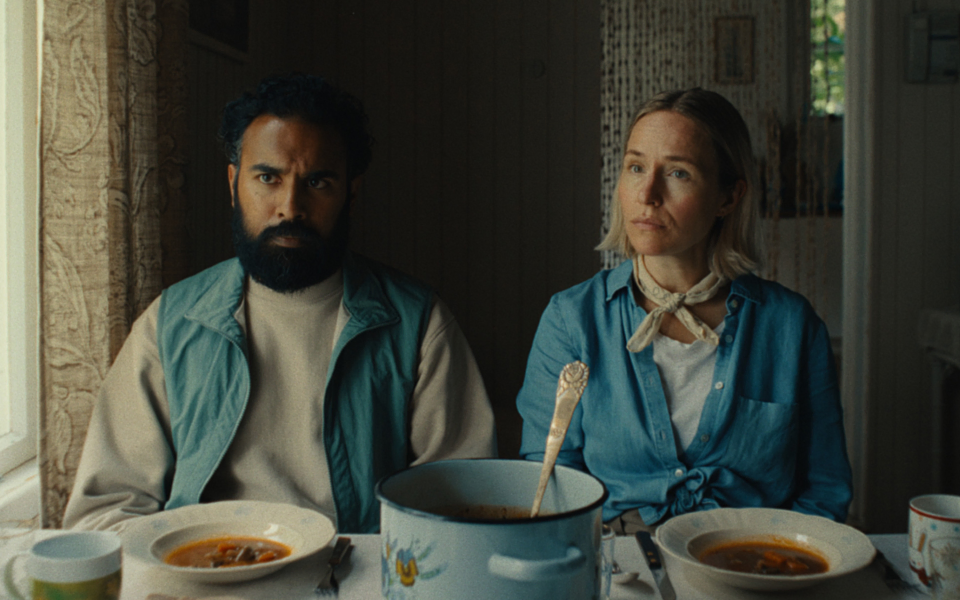
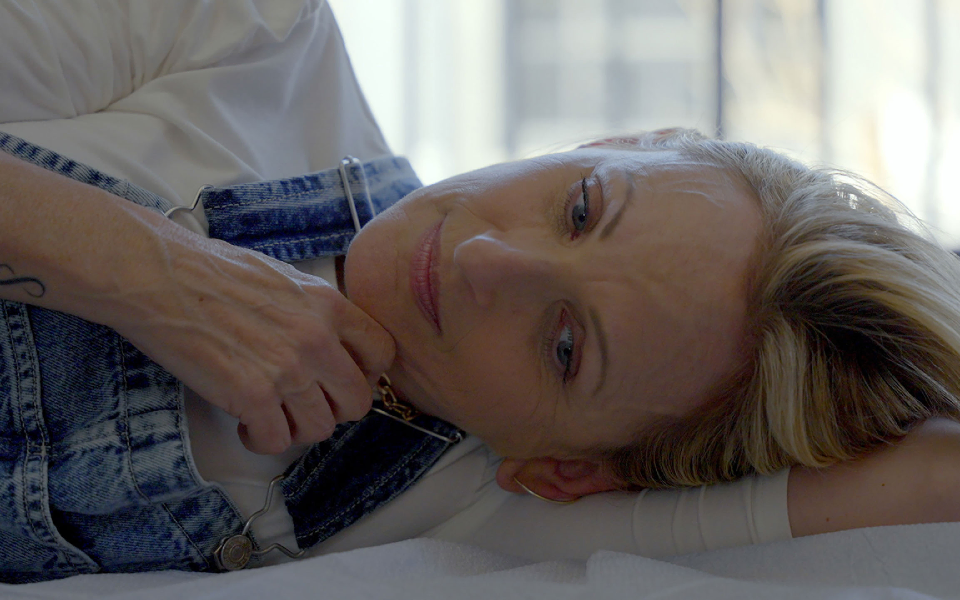





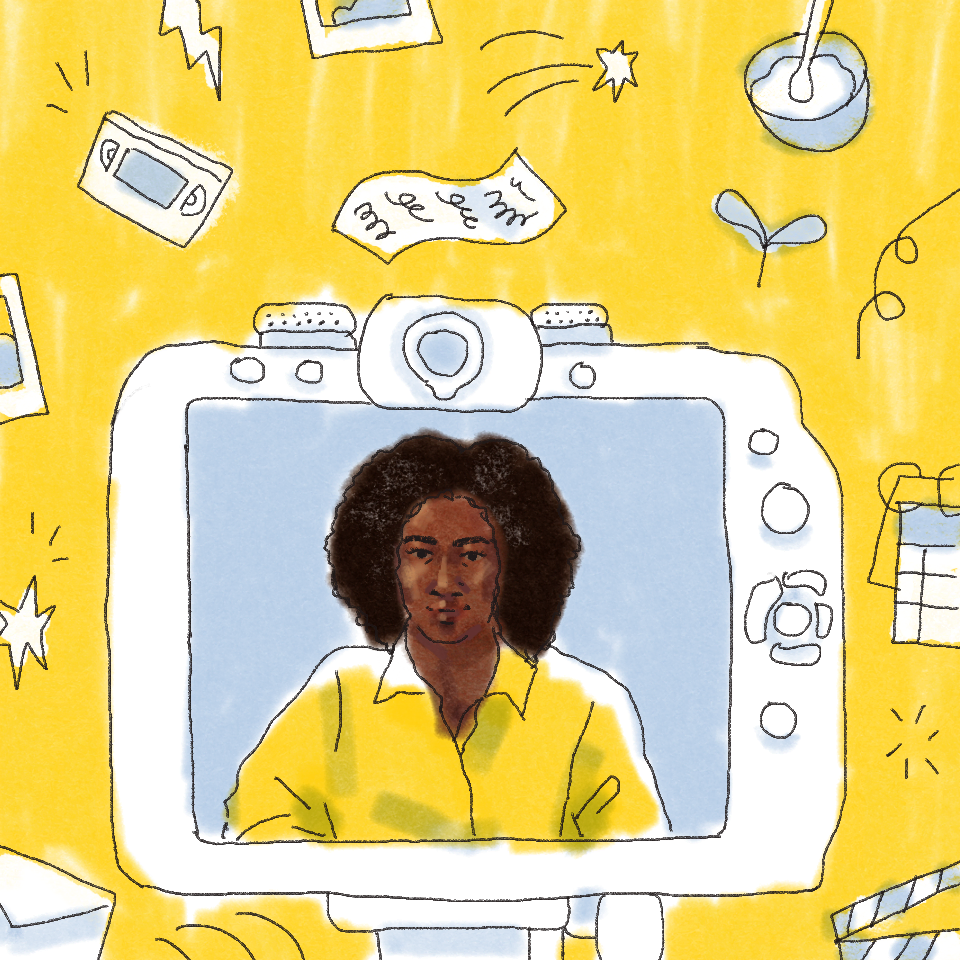
.jpg/_jcr_content/renditions/1200x628%20(5).webp)
